Having a rabbit in your life is a bit like living with a toddler who never grows up. They're curious, full of energy, and just a little bit mischievous. That's part of their charm. But it also means that your house needs a few upgrades before your bunny has free rein of the place.
Click Here For a Beginners Guide to Rabbit Care.

That starts with rabbit-proofing home spaces where your rabbit will play, sleep, and explore. This isn't just about keeping your furniture intact—it's about making sure your rabbit stays safe from hazards they don't know are dangerous.
Understanding a Rabbit’s Chewing Habit
Chewing is not a bad habit. It's essential. A rabbit's teeth never stop growing, so chewing helps wear them down naturally. It's built into their biology. If they don't chew regularly, their teeth can overgrow, which leads to serious health issues.
Different rabbits may show different chewing preferences. Some go after paper, others after wood, and some love anything with a cord. But no matter what, all rabbits chew—and they'll use whatever they find. That's why having a solid plan for rabbit-proofing home areas is so important.
Rabbit-approved chew toys can make a big difference. Keep a few options scattered in the areas where your rabbit plays. Apple sticks, cardboard tubes, willow balls, and untreated pine blocks are all popular choices. They give your rabbit a healthy outlet and help save your baseboards from becoming the next snack.

Where to Start With Rabbit-Proofing Home Spaces
If you're new to this, start small. Choose one room your rabbit will spend the most time in and begin there. Get down to your rabbit's eye level—literally. Sit or lie on the floor and look around from their point of view. You'll be surprised how many things suddenly look like a problem.
Look for anything dangling, loose, or chewable. Cords are one of the biggest dangers, and we'll talk more about those in a moment. But don't forget about rugs with frayed edges, houseplants, bookshelves, and even curtain hems. Rabbits are sneaky.
It's helpful to move fragile or irreplaceable items to higher shelves—or remove them altogether. Also consider using baby gates or exercise pens to create clear boundaries. Some rabbits respect them, some don't. You'll quickly find out which type you've got.
Rabbit-Proofing Home: Cords Are the Real Danger
This is the area where rabbit-proofing isn't just helpful—it's non-negotiable. Exposed electrical cords can kill a rabbit. Not to be dramatic, but it's true. A quick nibble is all it takes for a shock, burn, or worse.
So what can you do? The first step is inspecting every cord that runs along the floor or hangs near furniture. If it's within nose reach, it's in the danger zone. Use cord protectors from your local hardware store or online. Plastic tubing or split loom tubing works well. You can also wrap cords in flex tubing made for fish tanks if you're in a pinch.
Try to get cords off the ground where possible. You can secure cords along baseboards using 3M hooks or zip ties. Hide cords behind furniture or use heavy decorative items to keep them out of sight. Just be sure your rabbit can't knock them over and get access anyway.
Furniture and Baseboards Are Fair Game
Sharp corners seem to call out to rabbits. Dresser legs, floor trim, table corners—they all look like perfect chewing targets. Some rabbits will even jump onto low furniture just to chew on the edges of coffee tables or bookshelves.
Try covering furniture legs with cardboard or PVC pipe cut to size. You can also try bitter sprays made for rabbits and small animals, although results are mixed. Some bunnies are unbothered by the taste. Others seem to take it as a challenge.
If your rabbit consistently chews a specific spot, try placing a favorite toy or a cardboard box filled with hay right next to it. Sometimes redirecting their attention is the most effective fix.
Barriers, Rugs, and Flooring Concerns
Flooring matters more than you might think. Rabbits need good traction for safe movement. Hardwood or tile can be too slippery. Area rugs help give them grip, but those same rugs often become chew toys. If you use rugs, look for ones with tight weaves and no fringe. And be prepared to rotate them out over time if your rabbit becomes too interested.
Barriers can help block off entire rooms or problem areas. Baby gates are a common solution, especially if you're keeping your rabbit out of the kitchen or stairs. For gaps under furniture, you can slide in storage bins or roll up towels to keep bunnies from disappearing underneath.
For flooring itself, avoid foam mats or puzzle mats—rabbits can chew and swallow the pieces, which creates a serious intestinal risk. Stick to solid, natural rugs or low-pile carpets that are easier to monitor and clean.
Why Rabbit-Proofing Home Makes a Happier Rabbit
Rabbits thrive on freedom. The more space they can safely explore, the more relaxed and confident they become. A rabbit that's stuck in a small pen for most of the day is more likely to develop boredom behaviors like excessive digging or chewing. Allowing them to explore a rabbit-proofed room or two provides them with variety and stimulation.
It's also a trust builder. When your rabbit sees you making the effort to give them freedom, they become more interactive and social over time. You'll likely notice more binkies (those joyful little hops) and more curiosity in their eyes.
Rabbit-proofing your home isn't about taking things away from your rabbit. It's about setting them up to succeed. You're saying, "This space is yours—go be a rabbit in it." And that's one of the best gifts you can give a bunny.
How to Handle the Inevitable Chewing
Even with all your prep, your rabbit will probably still chew something they shouldn't. That's normal. It doesn't mean you did anything wrong. It just means you're living with a rabbit.
When it happens, redirect immediately. Offer a chew toy, a hay-stuffed box, or a willow ring. Don't yell or punish them. It won't work, and it may hurt the bond you're building. Rabbits don't understand scolding the way dogs might.
If your rabbit fixates on a certain item, make it physically inaccessible. Rearrange furniture or add a physical barrier. Reinforce the area with safe alternatives like cardboard tunnels or digging mats. The more appealing you make their environment, the less tempted they'll be to chew on the off-limits stuff.
Expert Tips from the Community
Some of the most practical rabbit-proofing ideas come from other rabbit owners. Bunny Mama is a great example. She shares daily tips on how to keep your rabbit entertained, safe, and healthy. Her photos show real setups—cord protectors, play areas, barriers—that any bunny owner can recreate.
One of her best tips is using décor to hold cords in place. Tall vases, lamps, or even sturdy books can keep cords lifted off the ground and out of your rabbit's reach. She also shows how using tension rods or wire shelving turned on its side can create simple but effective play areas and barriers.
Seeing how others adjust their homes for rabbits helps take the mystery out of the process. You don't need fancy equipment or an expensive setup. Just a willingness to make small changes that go a long way.

Protecting Houseplants and Other Tempting Targets
Rabbits and houseplants are not a great combo. Many common indoor plants are toxic to rabbits. Even non-toxic ones can upset their stomachs. And to a bunny, a plant on a low table is basically a free buffet.
Start by removing all floor-level plants or placing them in hanging baskets well out of reach. For tables, use stands with a wide base or place plants inside decorative cages. You can also find pet-safe plant covers online. If you're unsure whether a plant is safe, the ASPCA plant database is a good resource.
If you love greenery, focus on rabbit-safe plants like basil, rosemary, mint, and parsley. Just keep in mind that your rabbit may try to nibble those, too—so they're best placed in hanging pots or windowsills your bunny can't access.
Make It Enriching, Not Just Safe
Rabbit-proofing home environments doesn't mean creating a blank space—quite the opposite. Rabbits are smart, curious, and easily bored. If they don't have things to do, they'll create their own entertainment—which usually means chewing what you don't want chewed.
Enrichment can be simple. Fill a cardboard box with shredded newspaper and a few pellets or dried herbs. Create a digging area using a low plastic bin filled with hay. Set up tunnels using shipping tubes or folded cardboard. Rearrange toys and hide treats in different spots each week to keep things interesting.
This is where you can have fun customizing your rabbit's play zone. Some people even set up "bunny castles" using stackable boxes and ramps. The key is to rotate items every so often to keep your rabbit curious and mentally stimulated.
Daily and Weekly Safety Checks
Rabbit-proofing home areas is not a one-and-done job. Rabbits are clever, and what worked one week may not work the next. That's why doing quick visual checks each day is a smart move. Look for newly frayed cords, moved barriers, or chewed corners.
Once a week, take five minutes to reassess the room. Is anything within reach that wasn't before? Did your rabbit find a new hiding spot? Are their chew toys still in good condition, or do they need to be replaced? These regular check-ins can prevent problems before they start.
Also, watch your rabbit's behavior. If they seem unusually fixated on chewing furniture, it may be time to swap in new toys, increase exercise time, or add more variety to their routine.
Creating Safe Free-Roam Opportunities
More rabbit owners are embracing free-roaming lifestyles for their buns, similar to how cats or small dogs are treated. It's a rewarding setup when done right, but it requires extra effort in rabbit-proofing the home thoroughly.
If you're going full free-roam, consider starting with a limited area first—like a single room. Over time, you can expand their access. Just make sure every area they're allowed into has been fully secured, from cords to baseboards to plants.
You might also want to create "off-limits" rooms. Laundry areas, kitchens, and bathrooms often contain more hazards. Keep those doors shut or blocked unless you've taken the time to fully rabbit-proof them as well.
Traveling and Temporary Setups
Rabbit-proofing isn't just for your permanent home. If you're traveling, staying at a friend's house, or moving into a temporary apartment, you'll need to set up safety measures wherever your rabbit goes.
That might include packing cord covers, a portable pen, and a few trusted toys. You can even bring along a familiar rug or hidey house to help them settle in faster. If you'll be away for several days, make sure your pet sitter understands your rabbit-proofing rules. One chewed cord could change everything.
For longer trips or seasonal setups, like camping or extended family stays, check out our article on traveling with your rabbit. It covers how to pack, prep, and keep your rabbit safe on the move.
Need a Head Start? Download the Rabbit Starter Kit
If all of this sounds like a lot, don't worry—it becomes second nature quickly. And we've made it easier with a free Rabbit Starter Kit. It's packed with basics for new bunny parents, including a list of rabbit-safe supplies, common first-aid items, and a few things you might not think about until you need them.
Whether you're setting up your first rabbit space or improving your current setup, this guide can help you feel more prepared. It also includes a breakdown of hay types and how to choose the right one based on age and diet.
Key Takeaways
Start small: Pick one room to rabbit-proof first. Get on your rabbit's level and inspect for hazards like cords, sharp corners, and dangling items.
Make it safe and fun: Use cord covers, chew toys, digging boxes, and enrichment ideas to give your rabbit an environment that encourages natural behavior.
Routine matters: Do weekly room checks and adjust your setup as your rabbit's behavior changes over time. Rabbit-proofing your home isn't just protection—it's peace of mind.

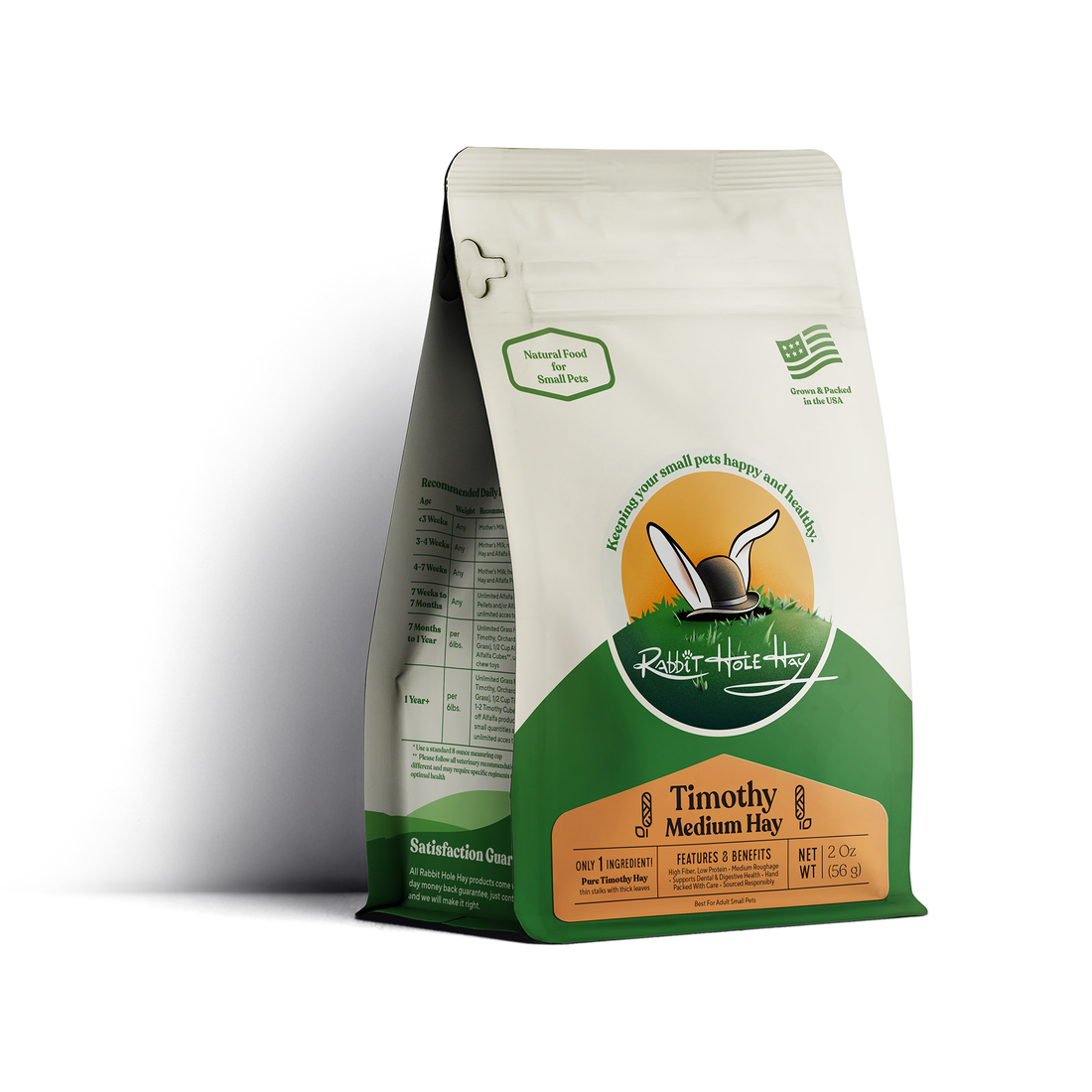

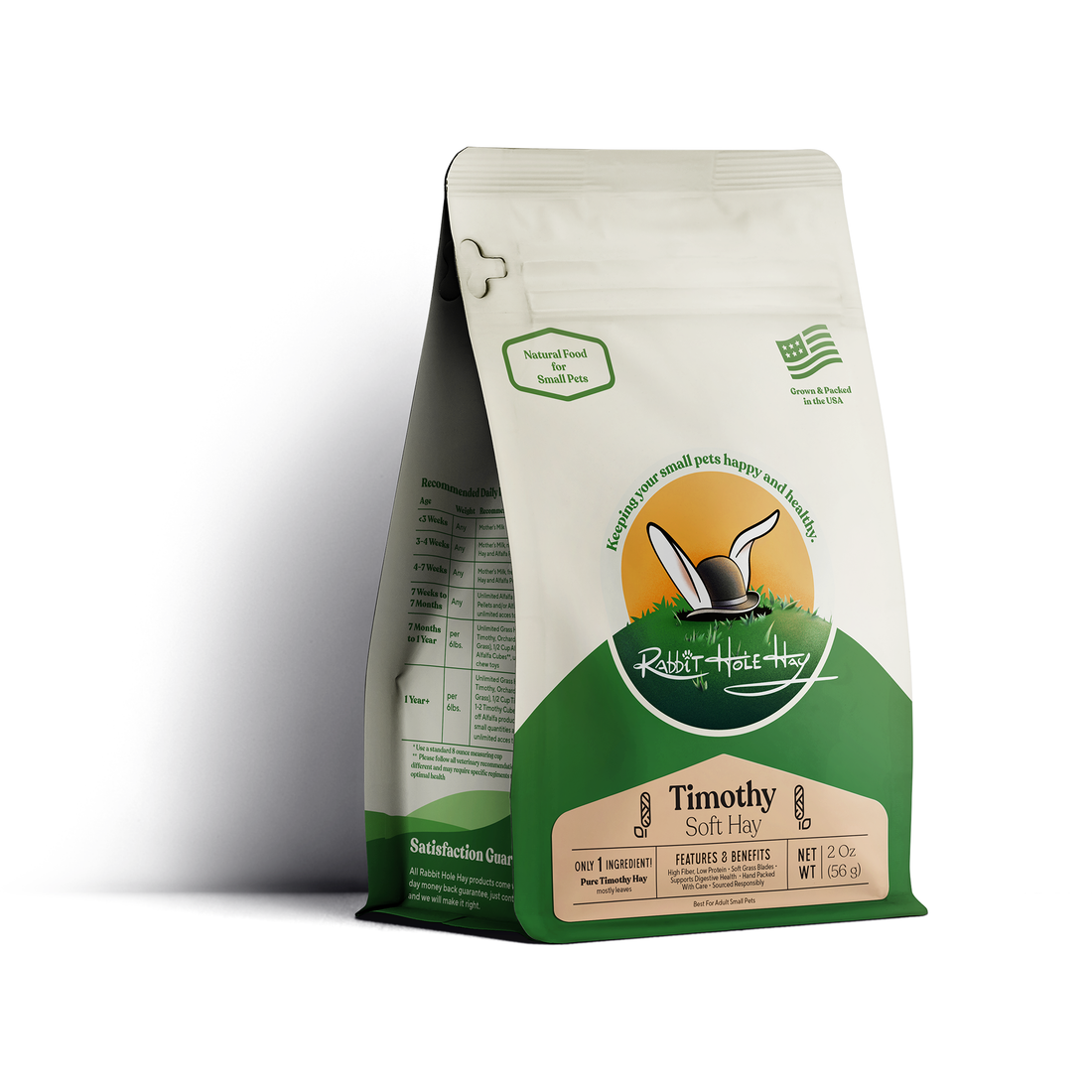

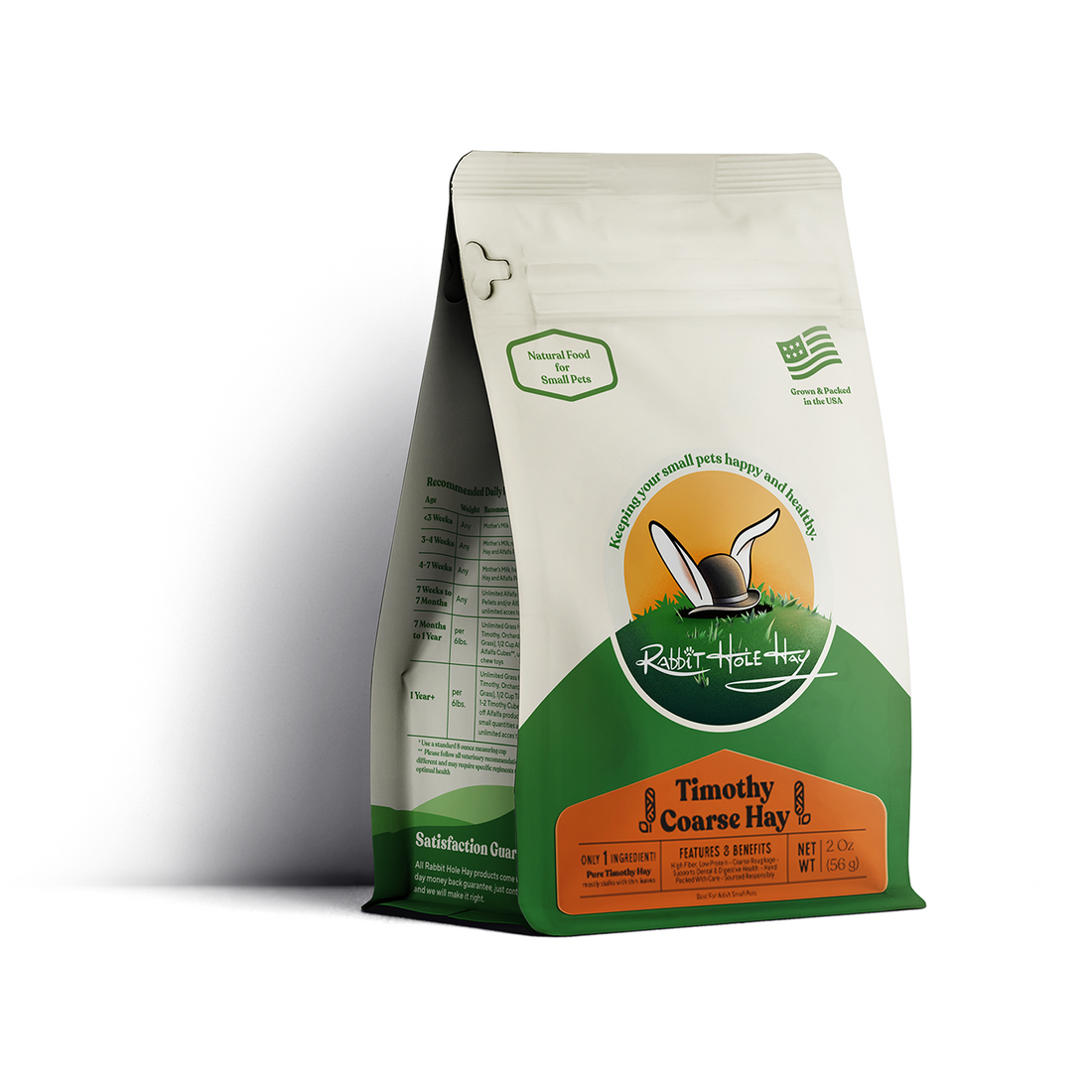
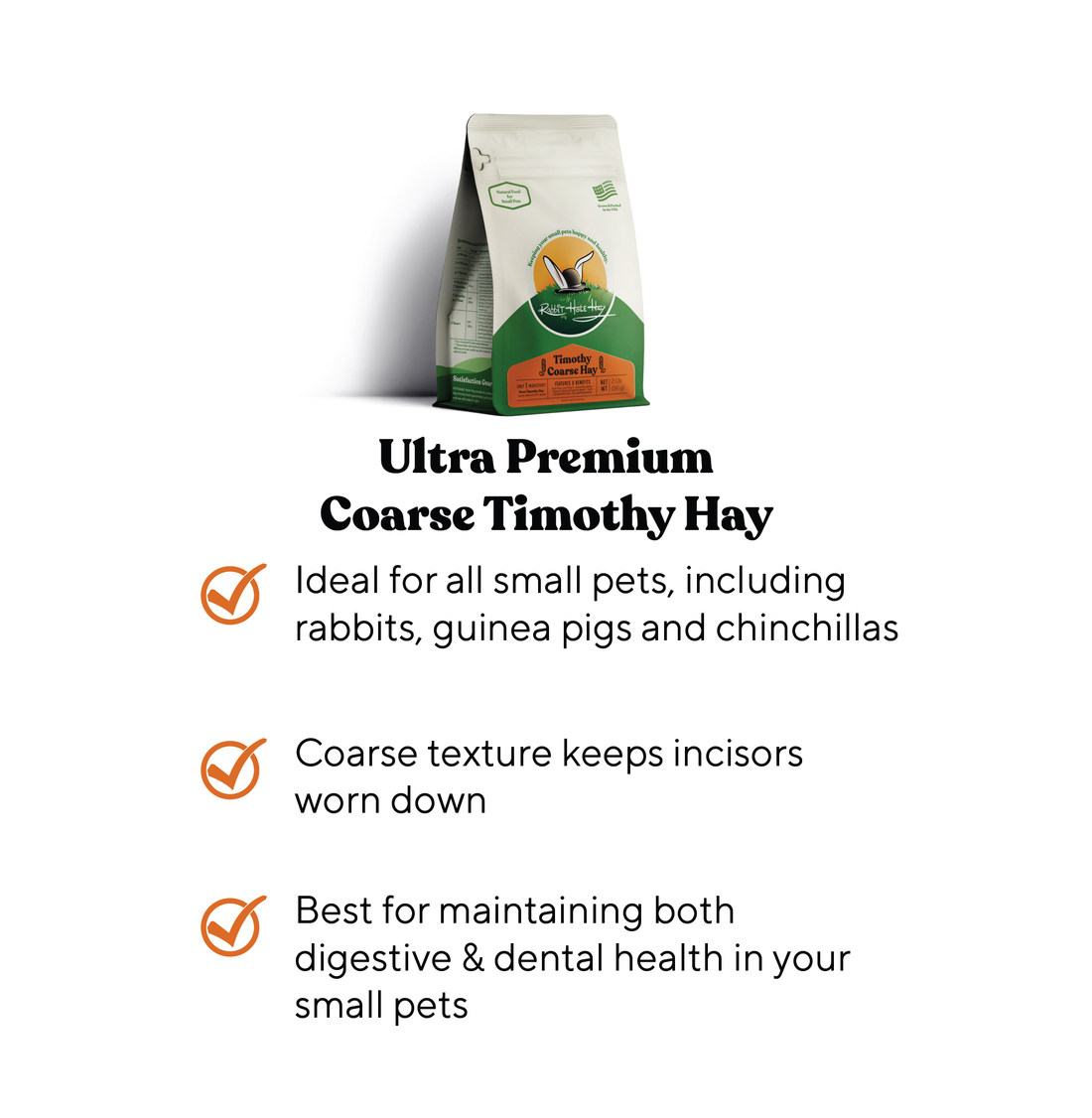
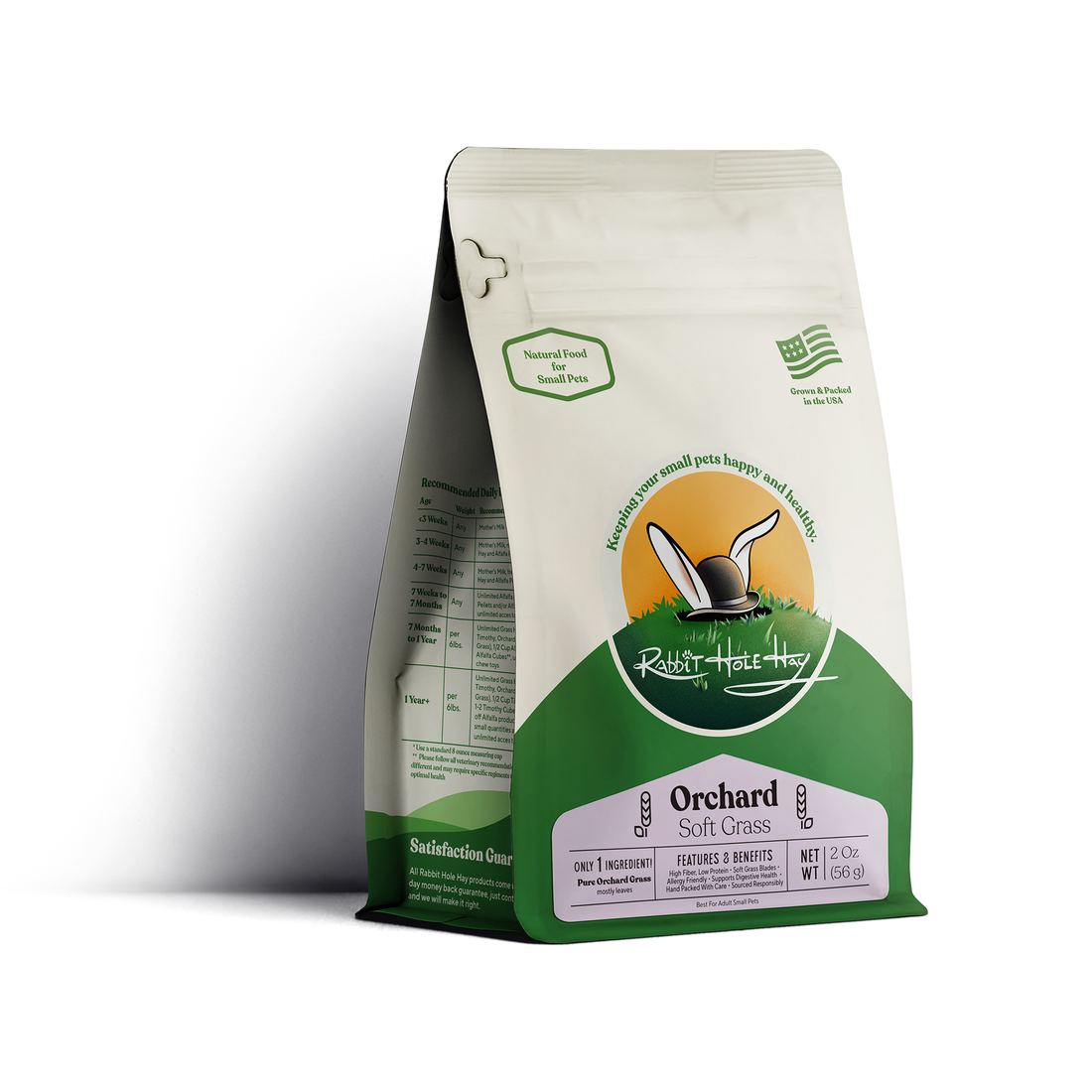
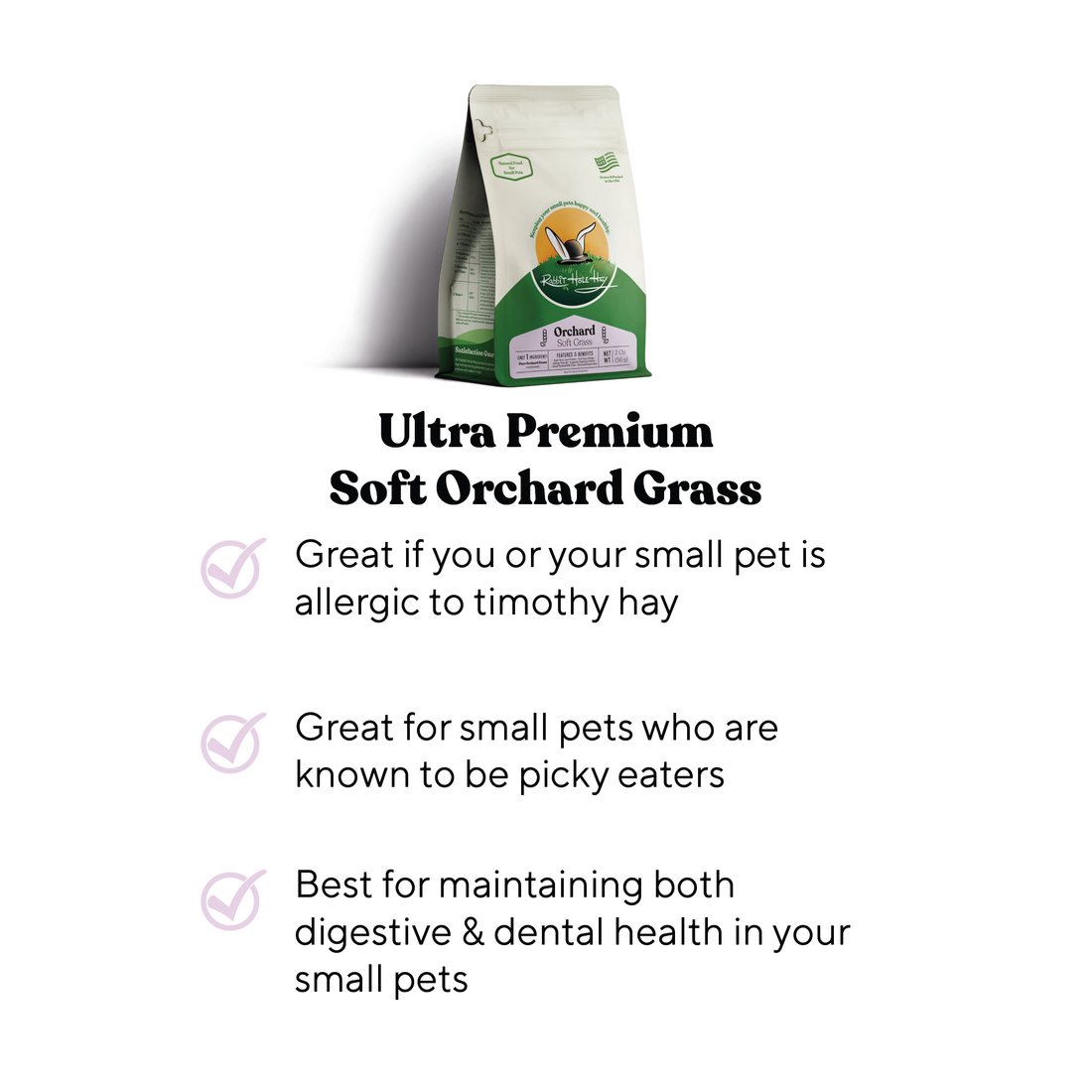
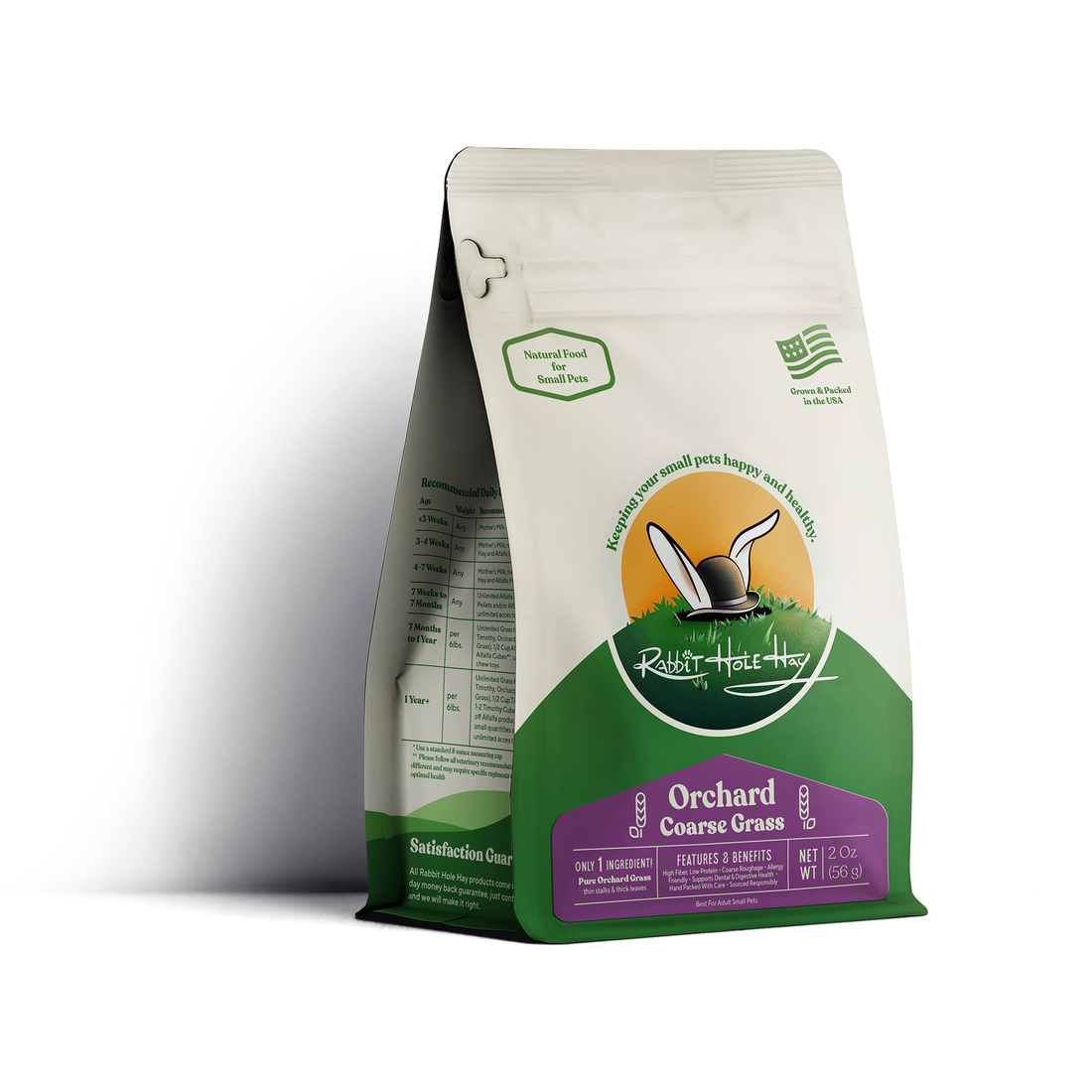
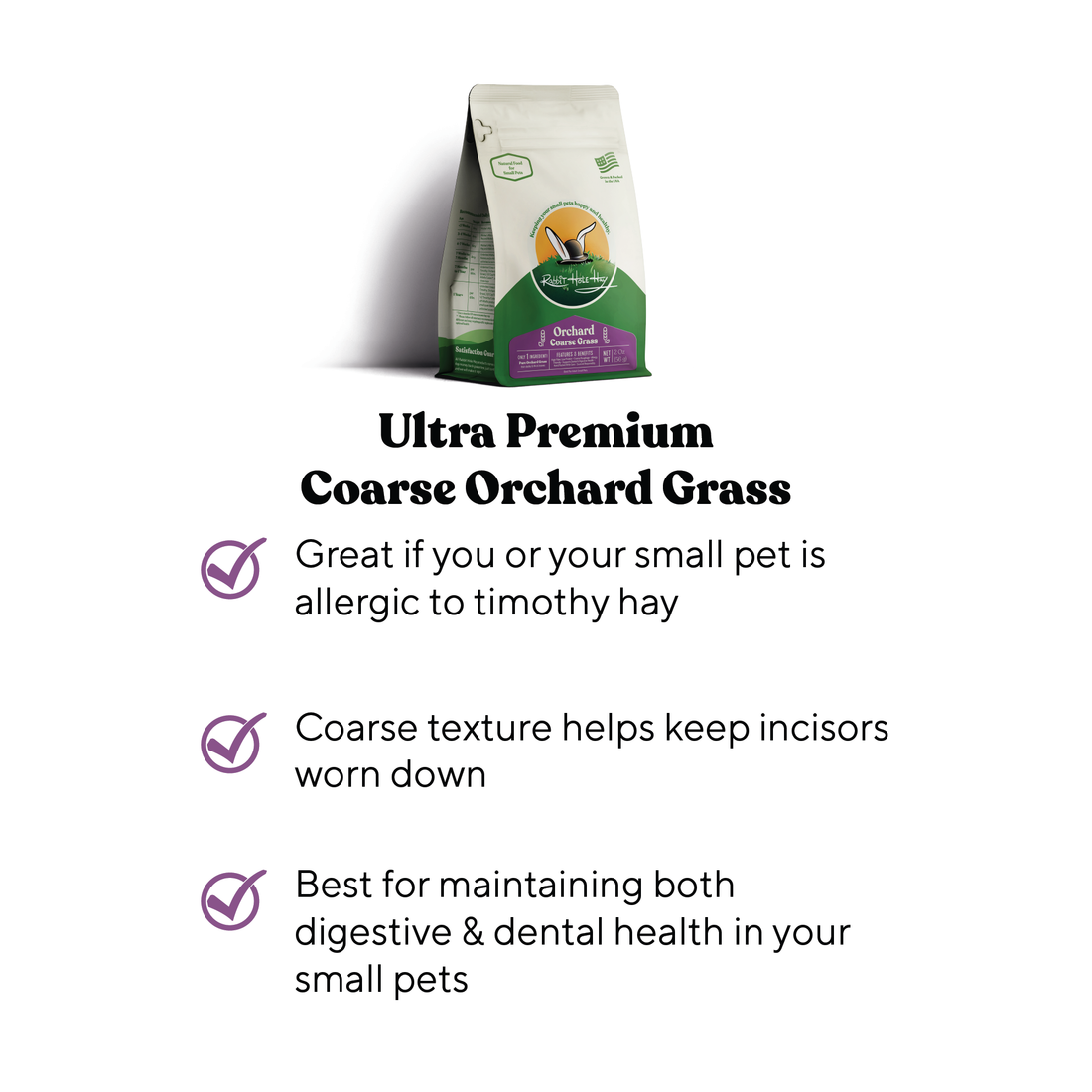
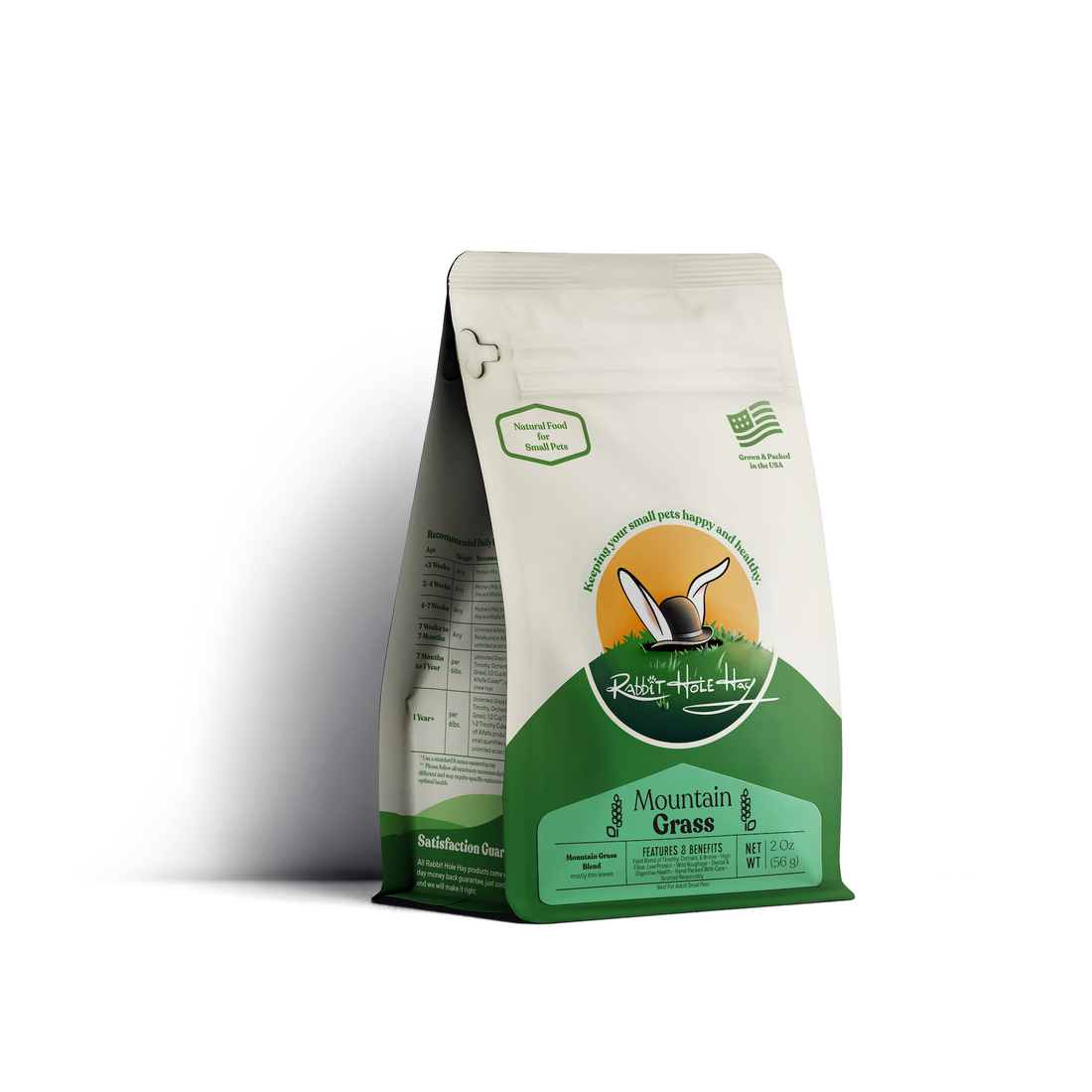

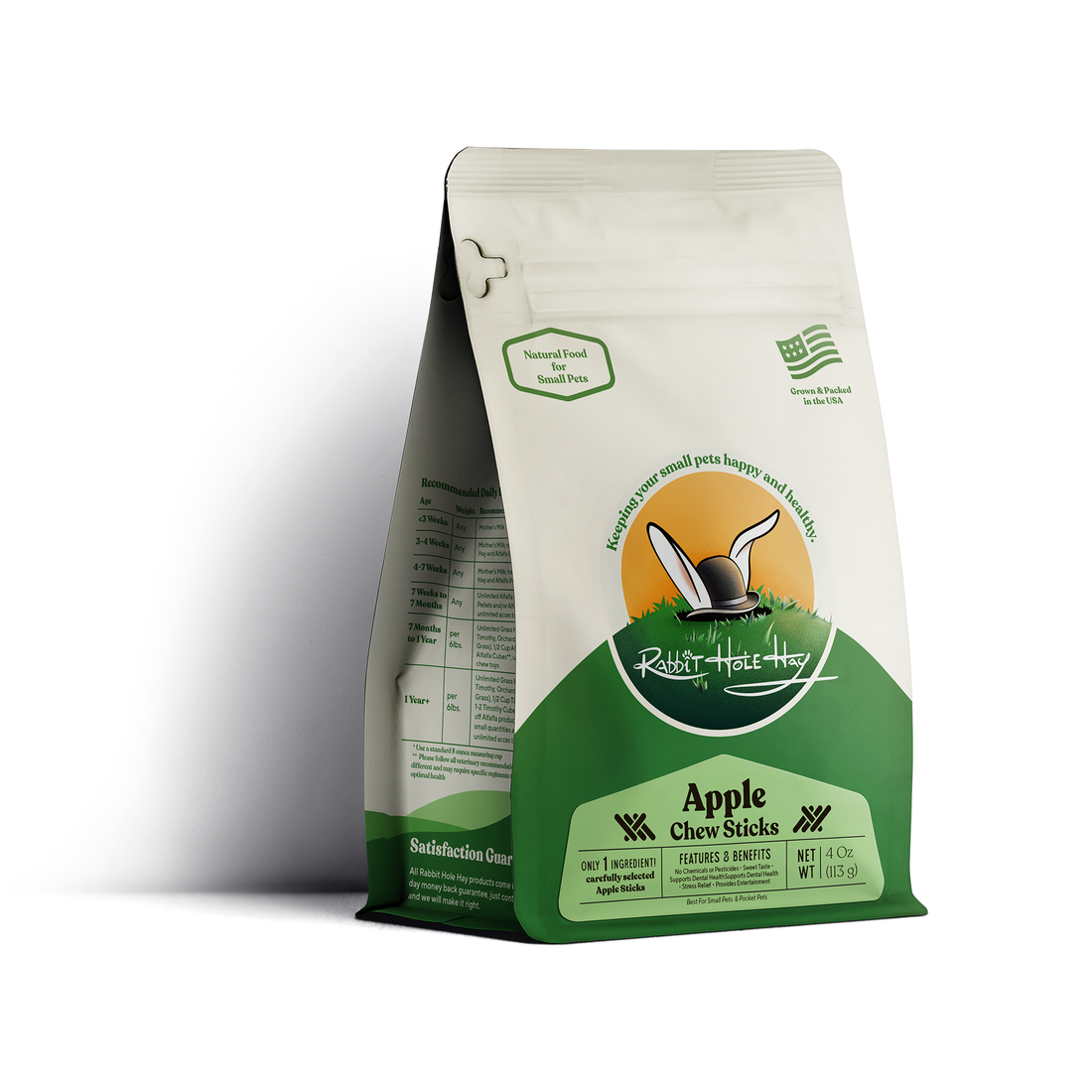
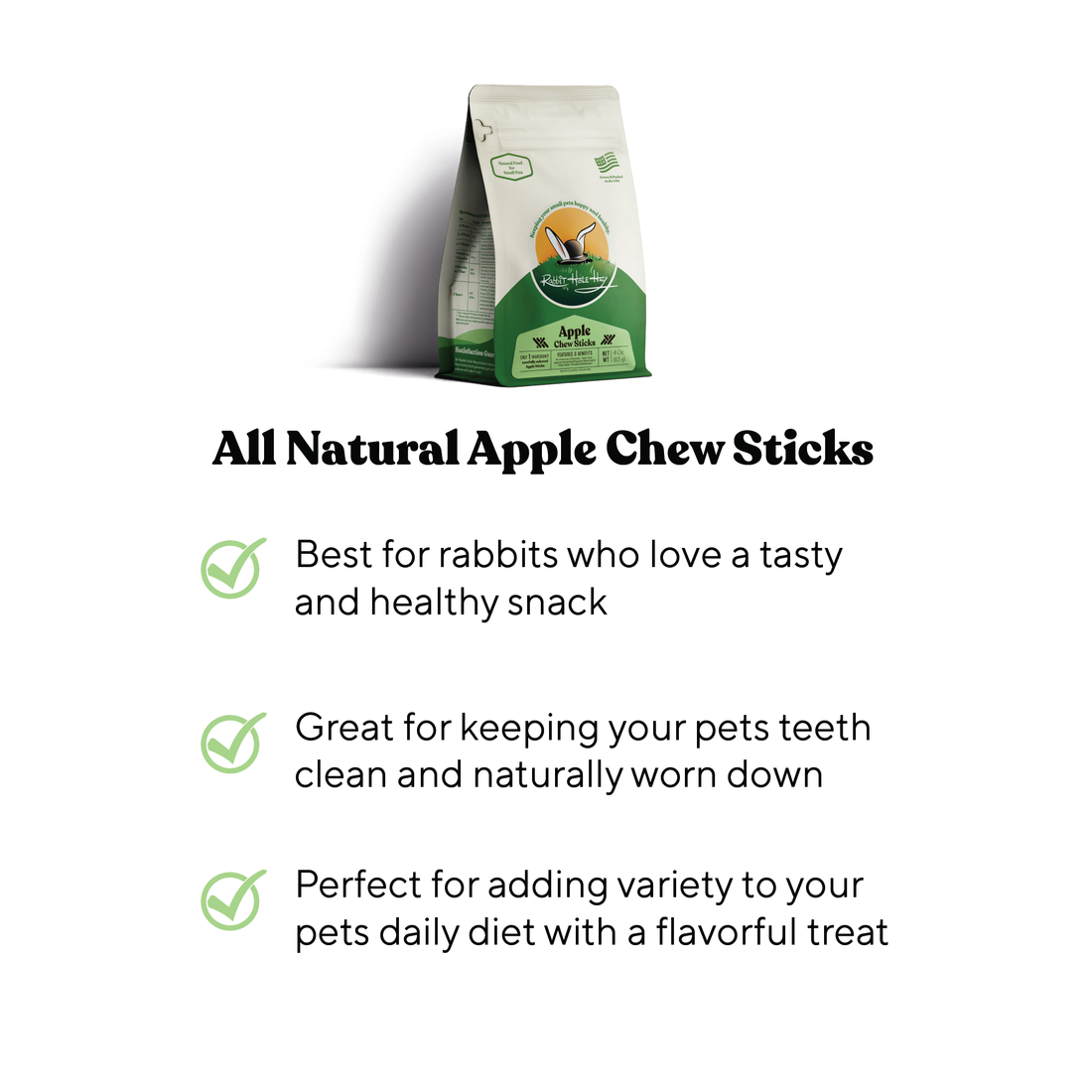
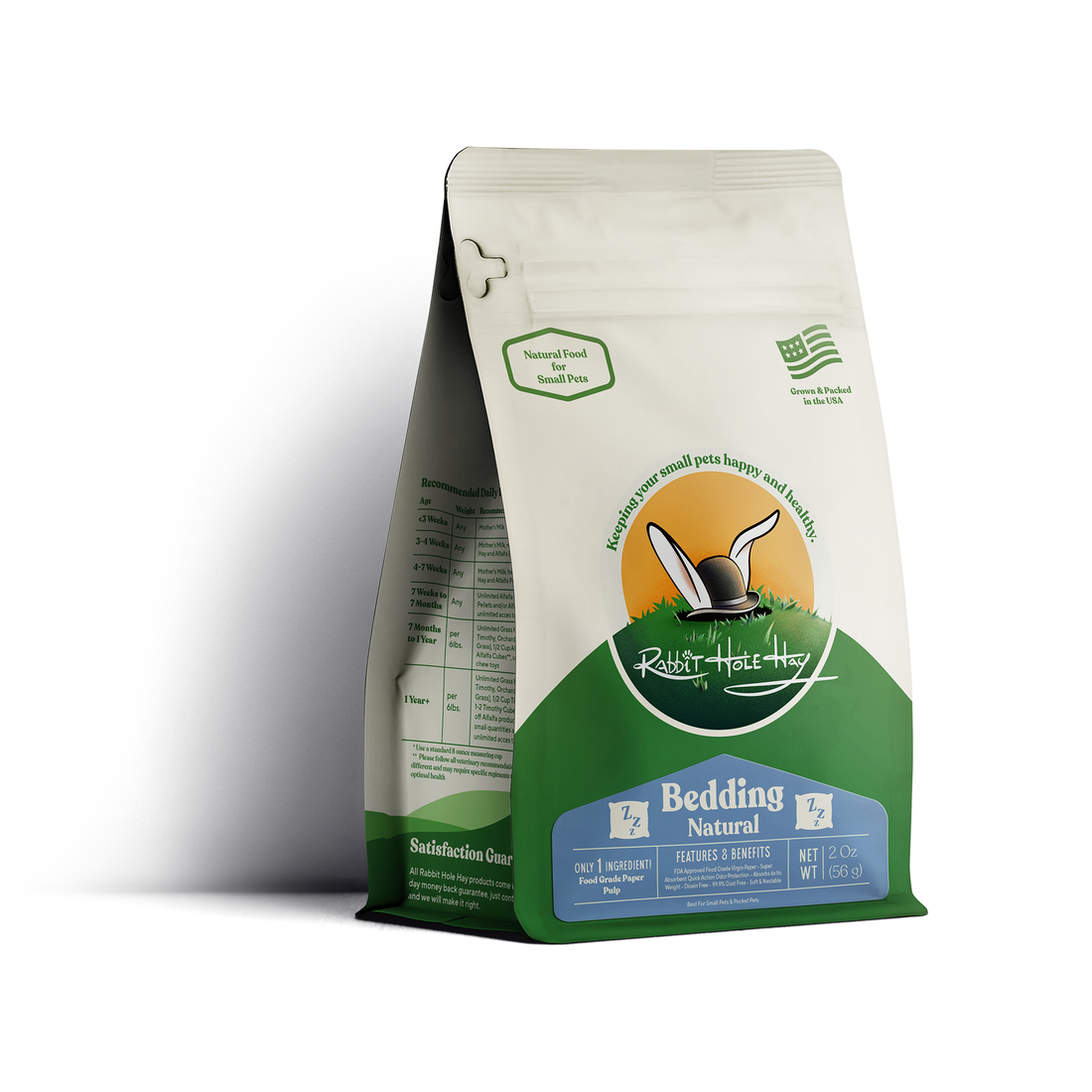
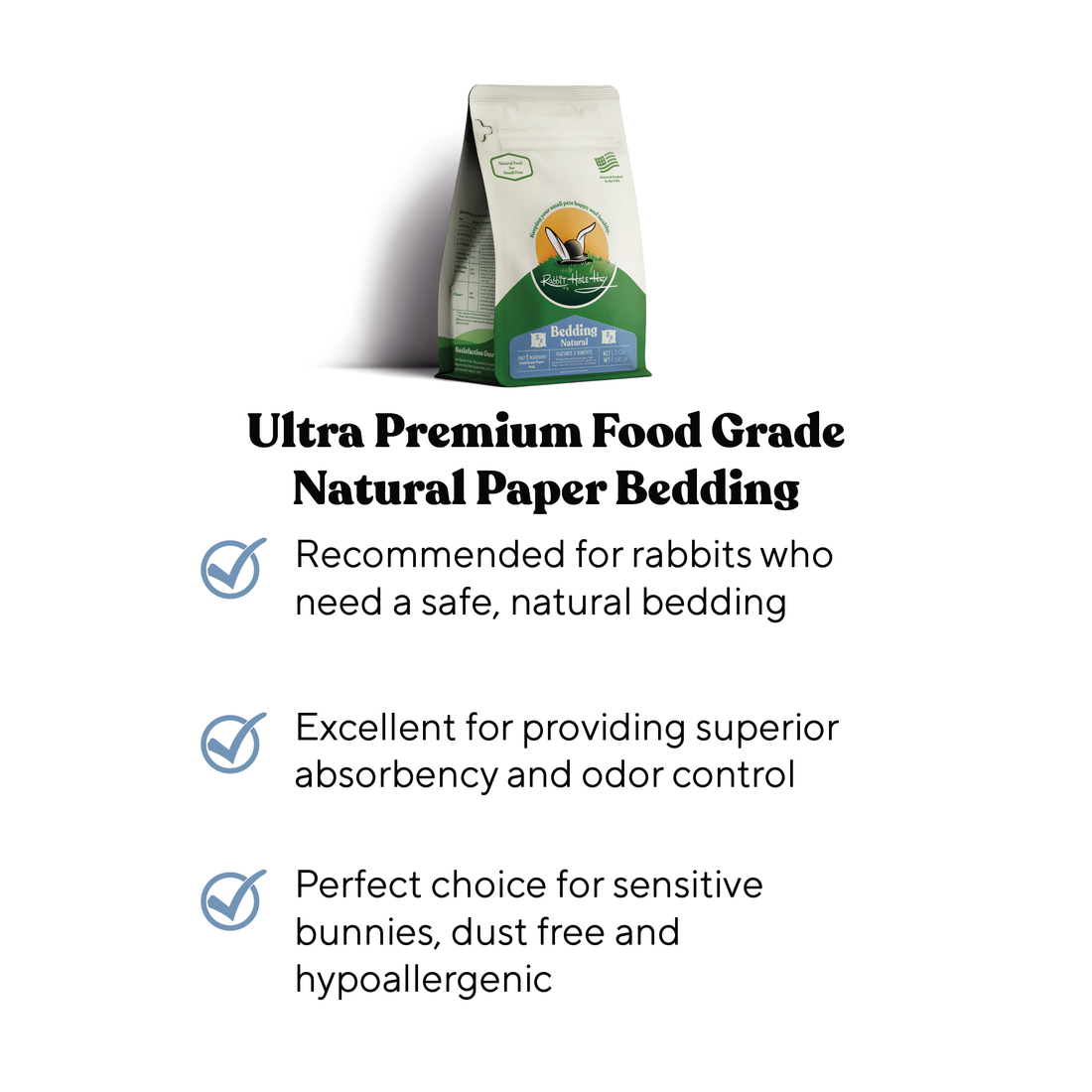
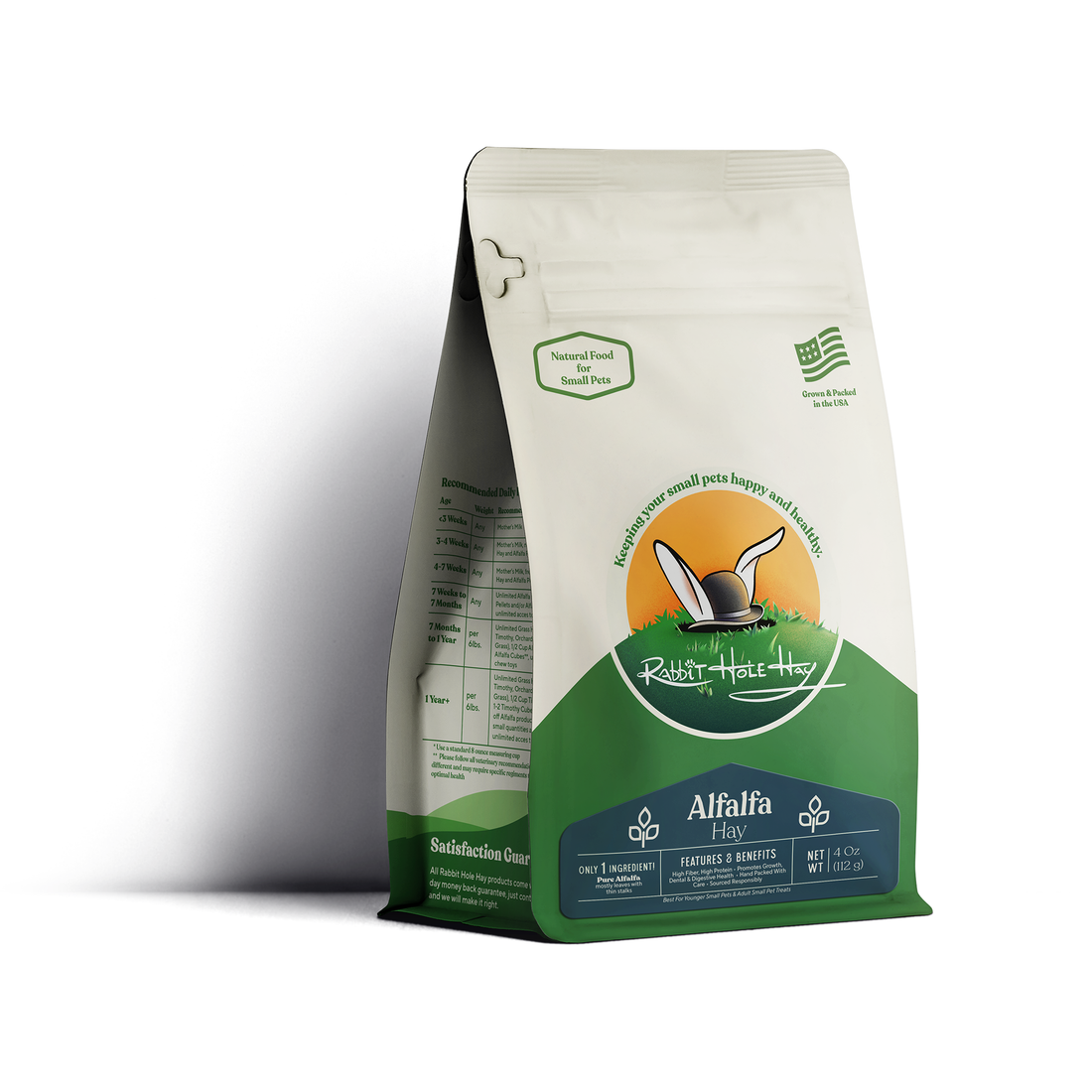
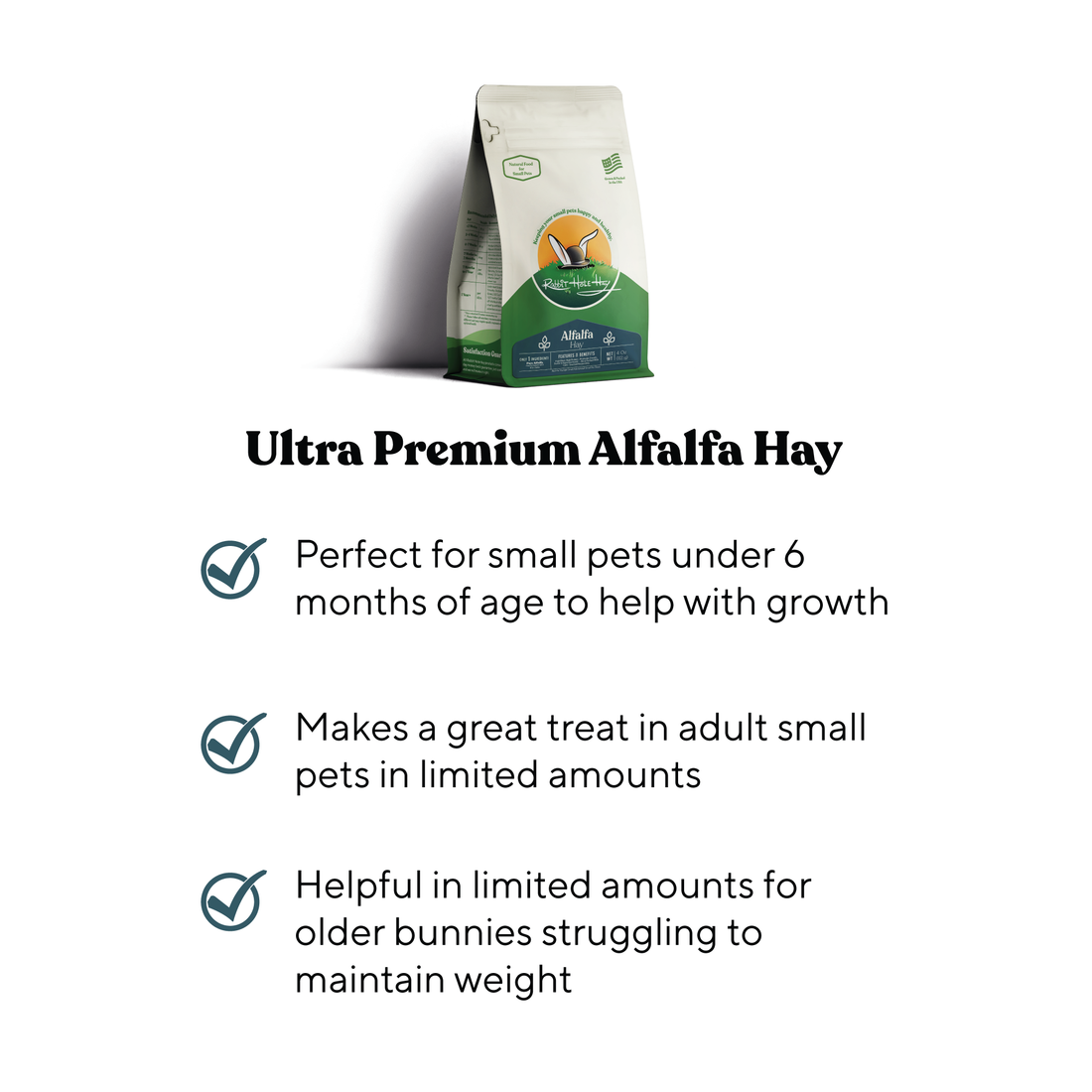
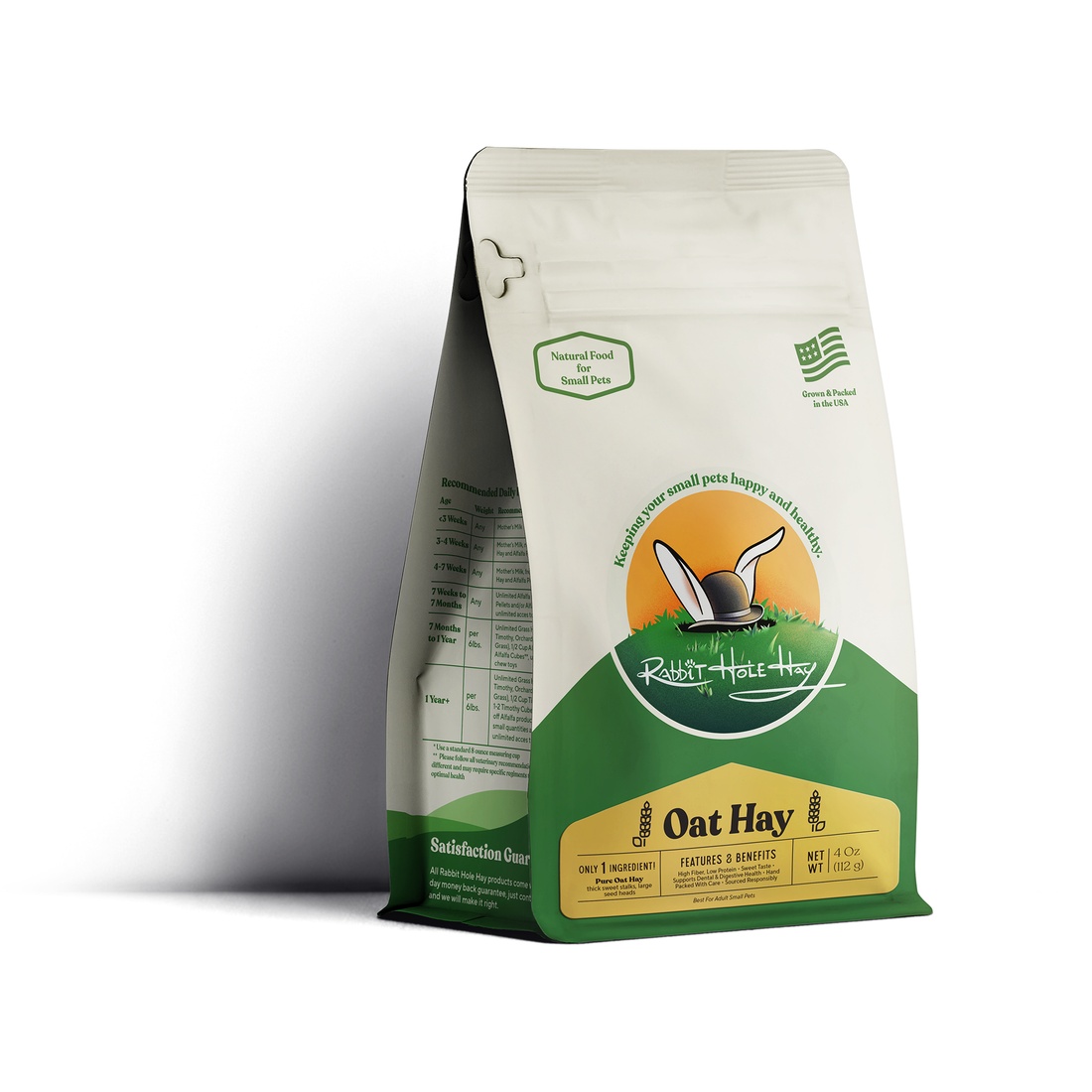
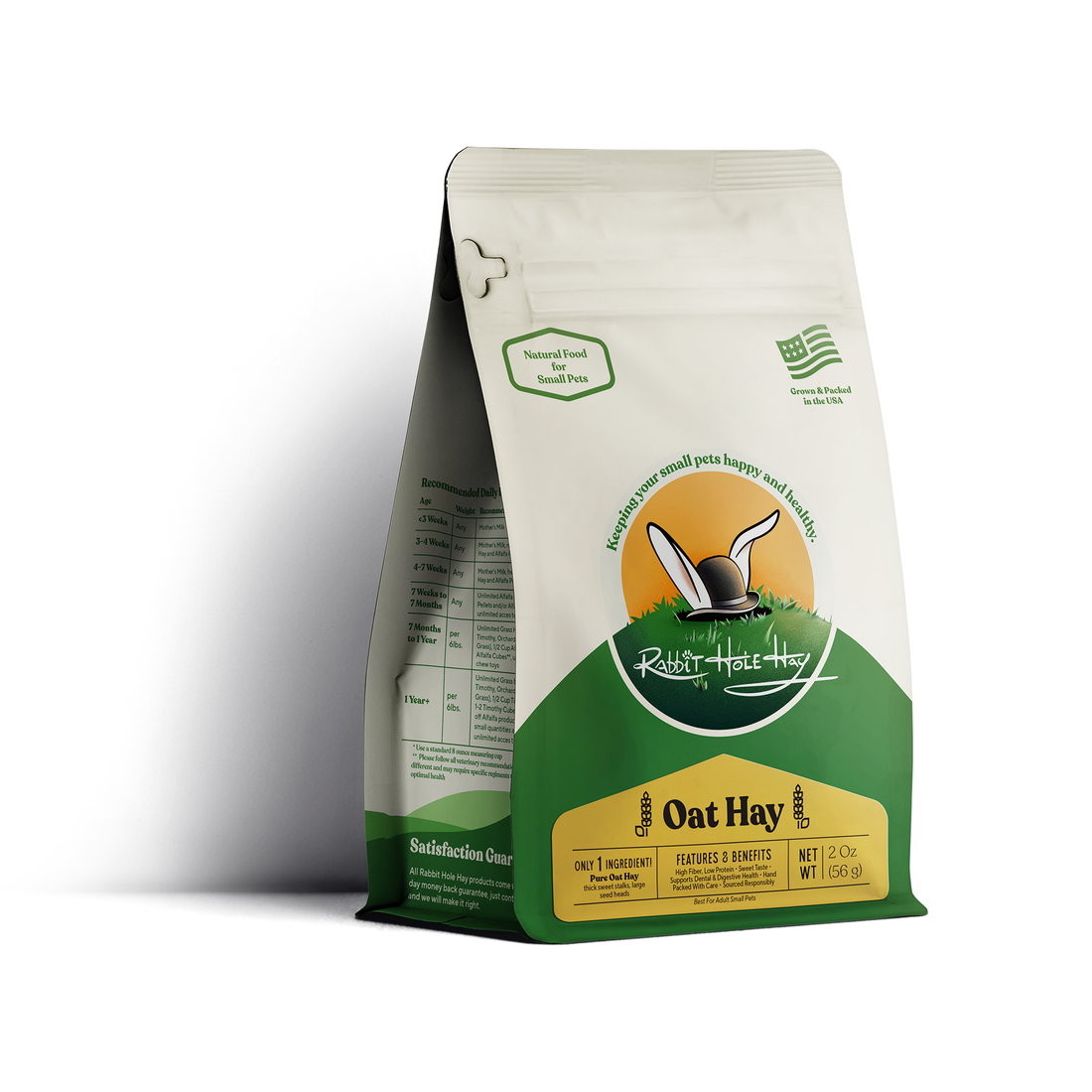
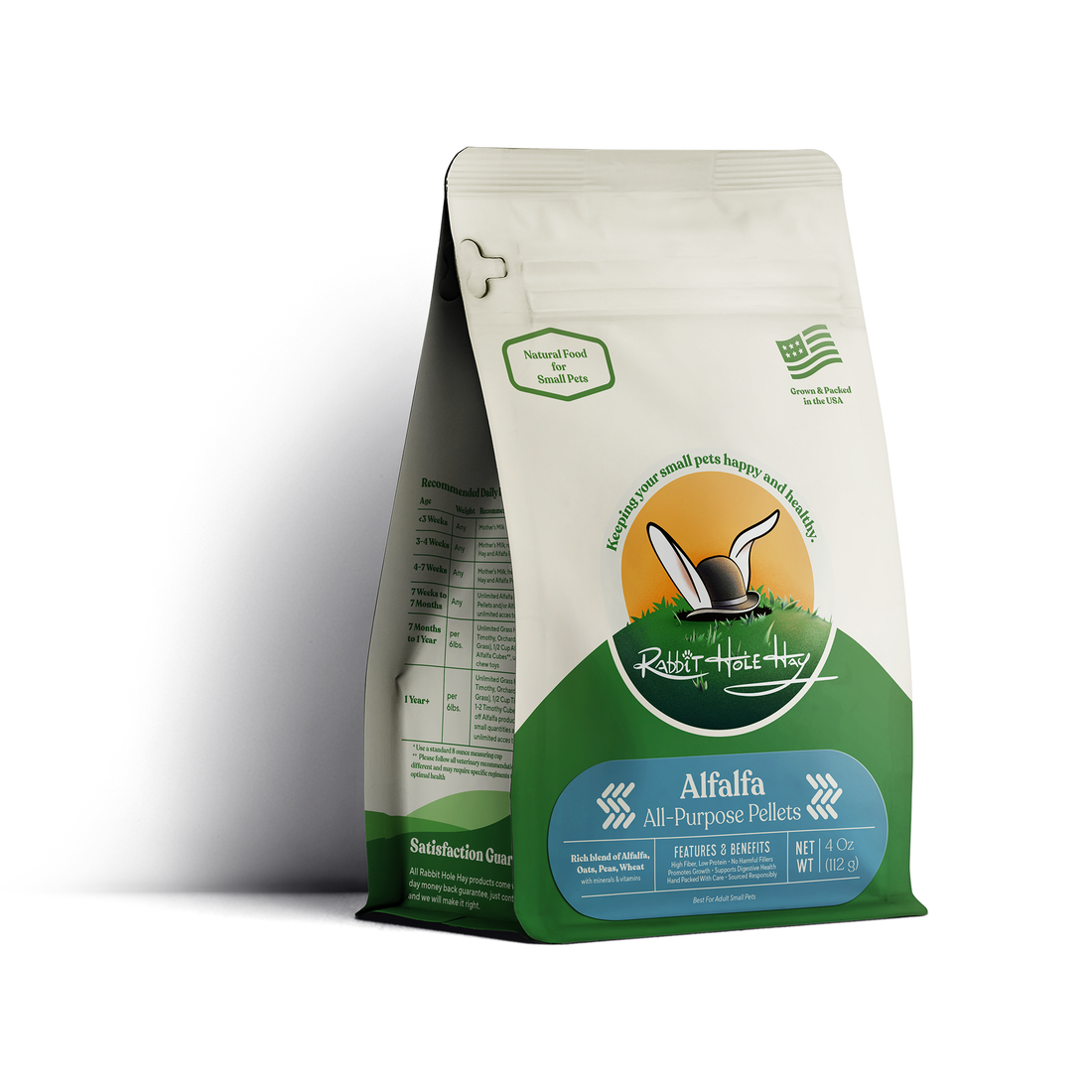
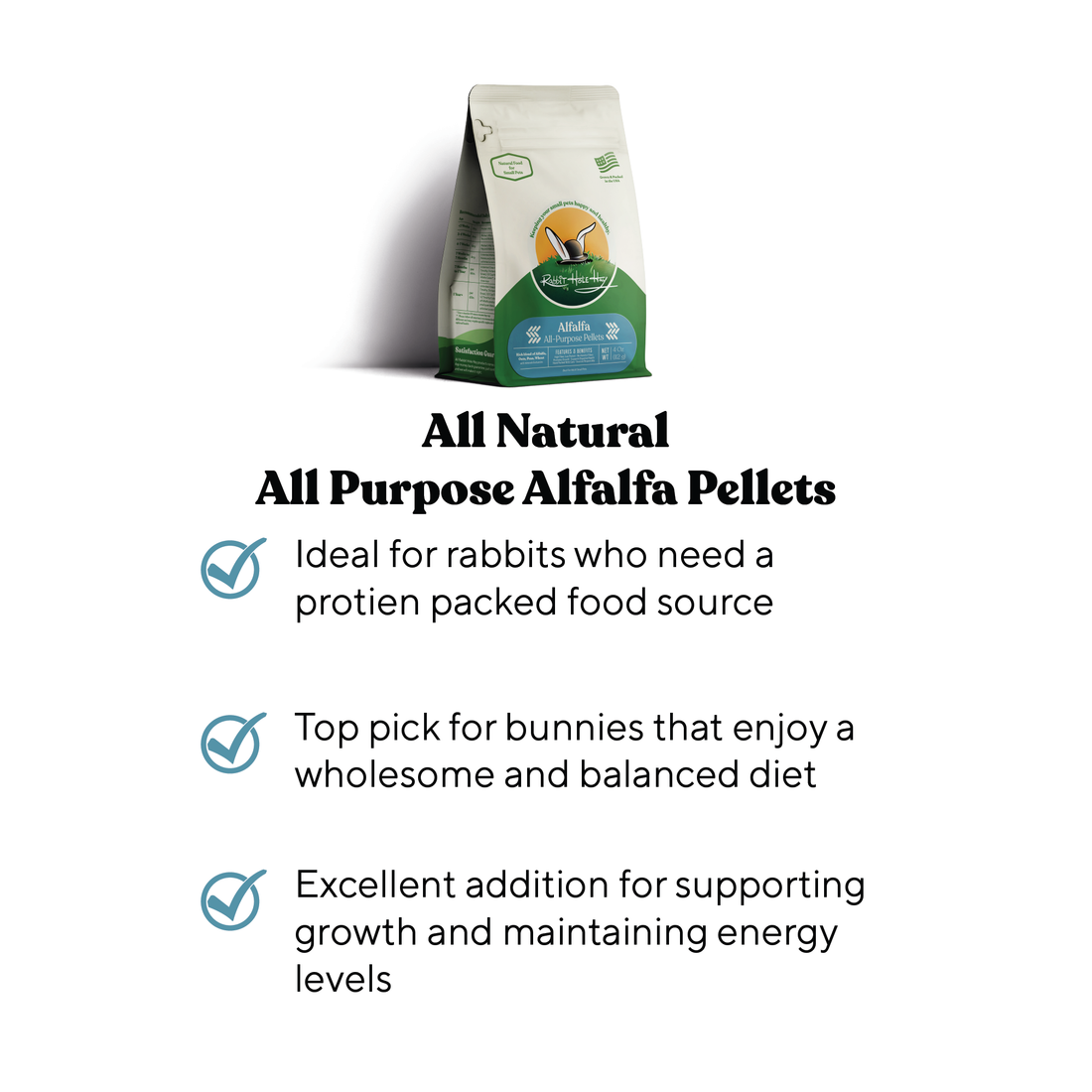
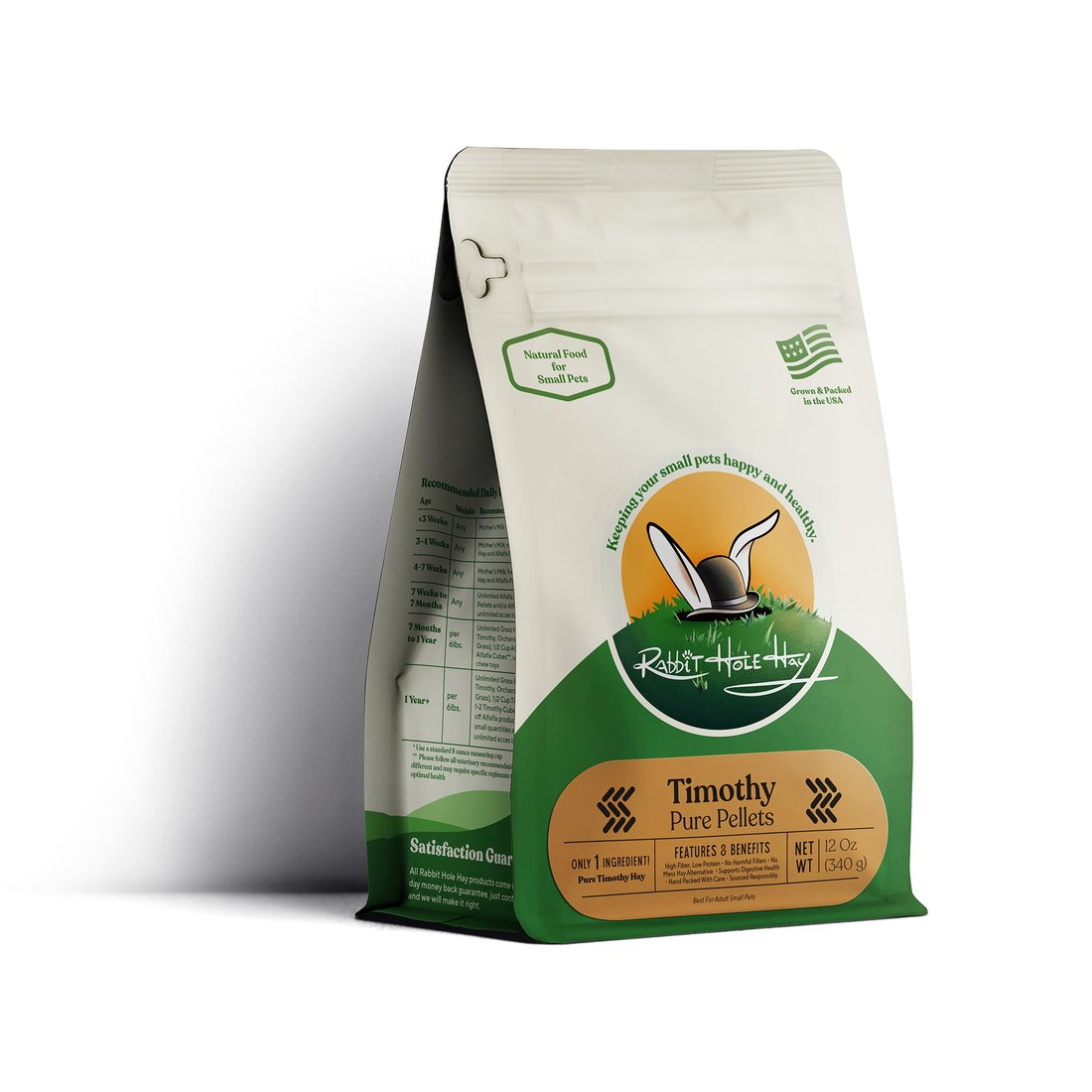

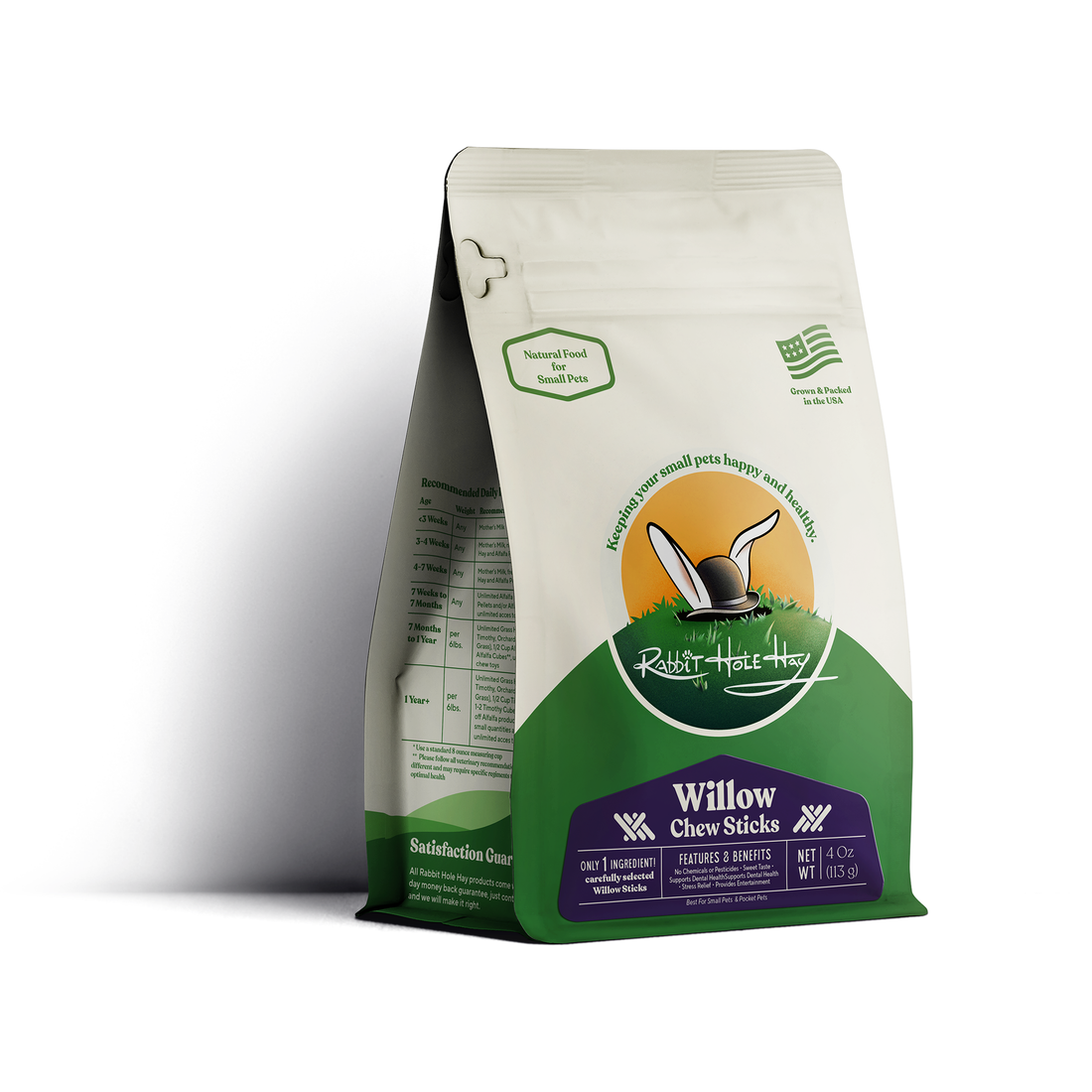
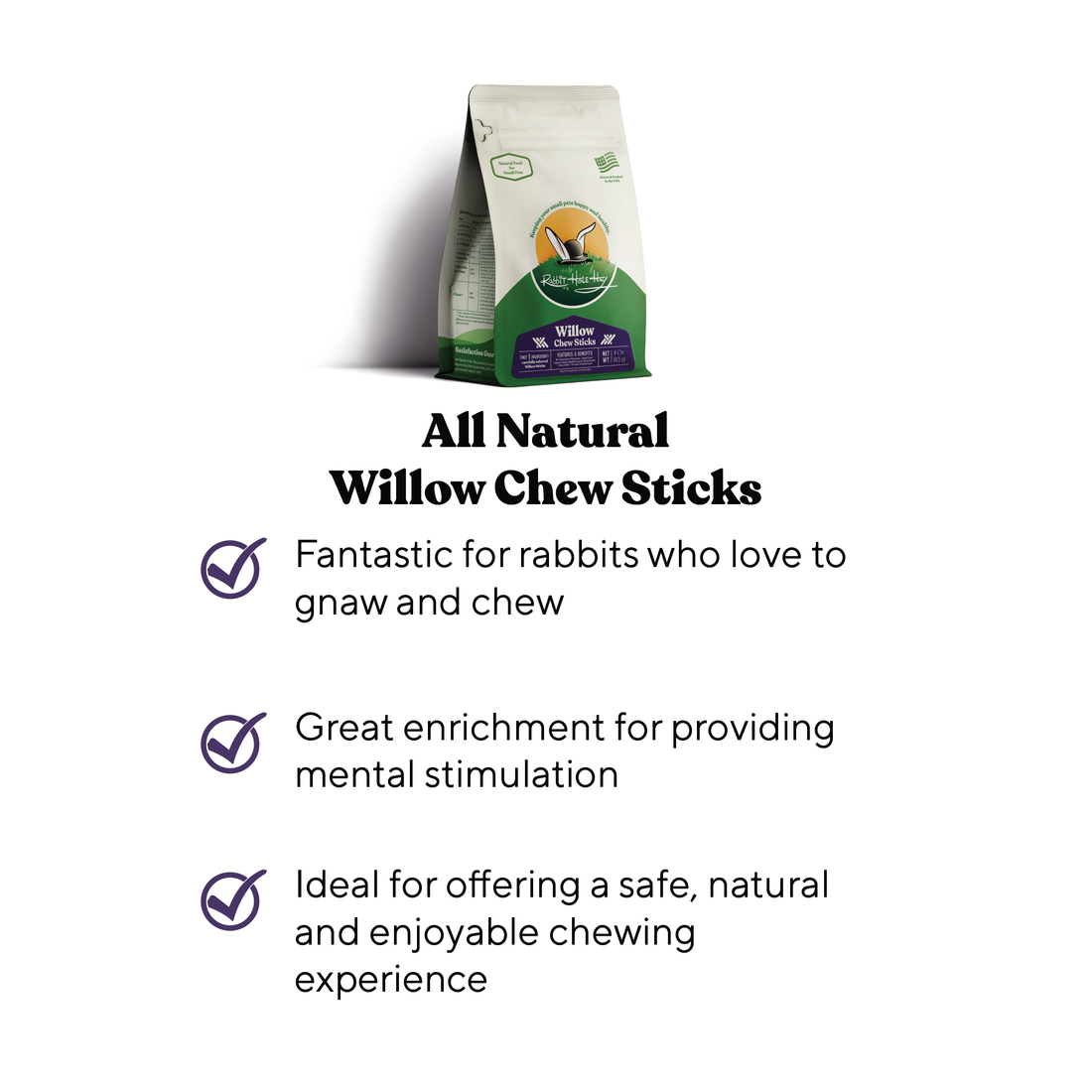
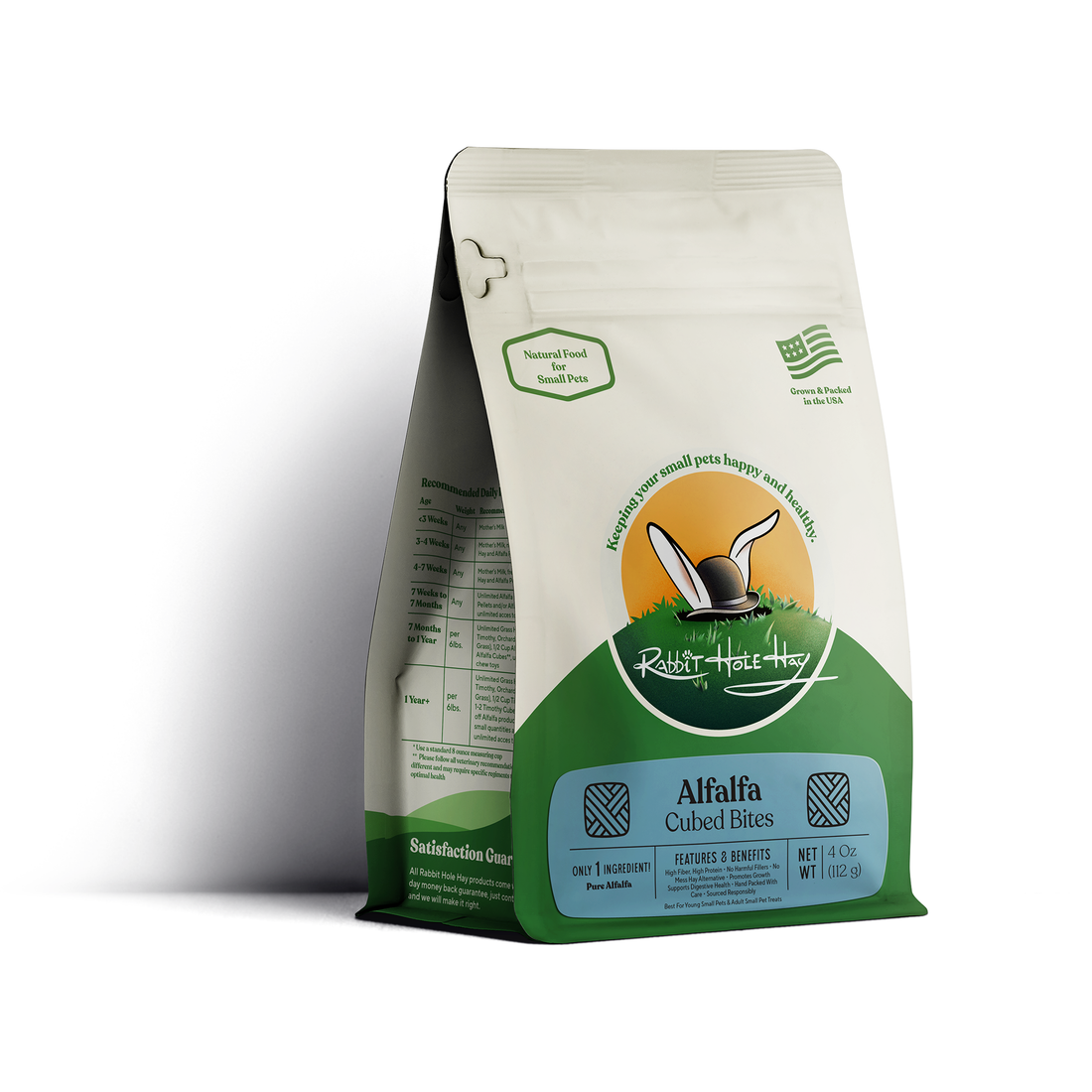
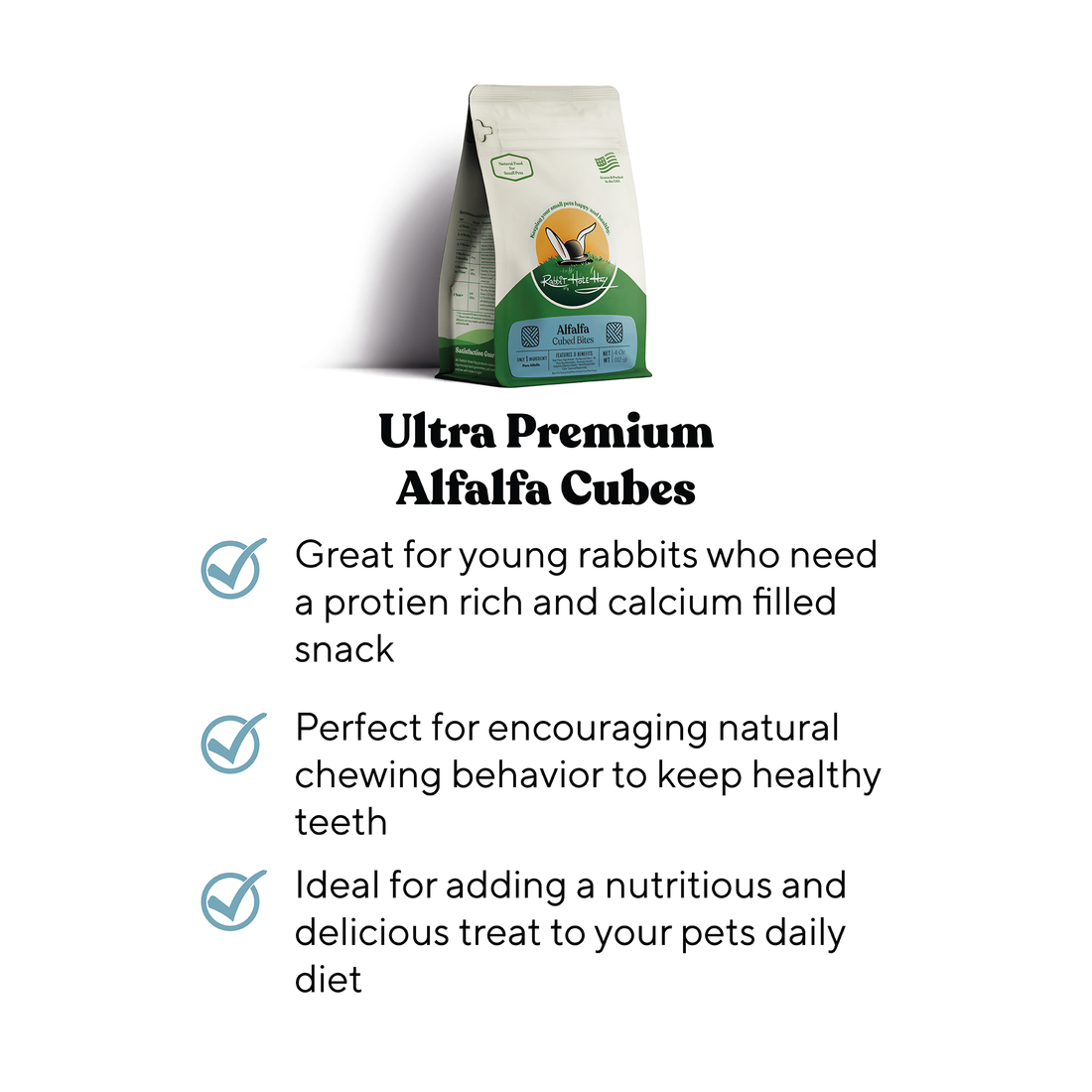
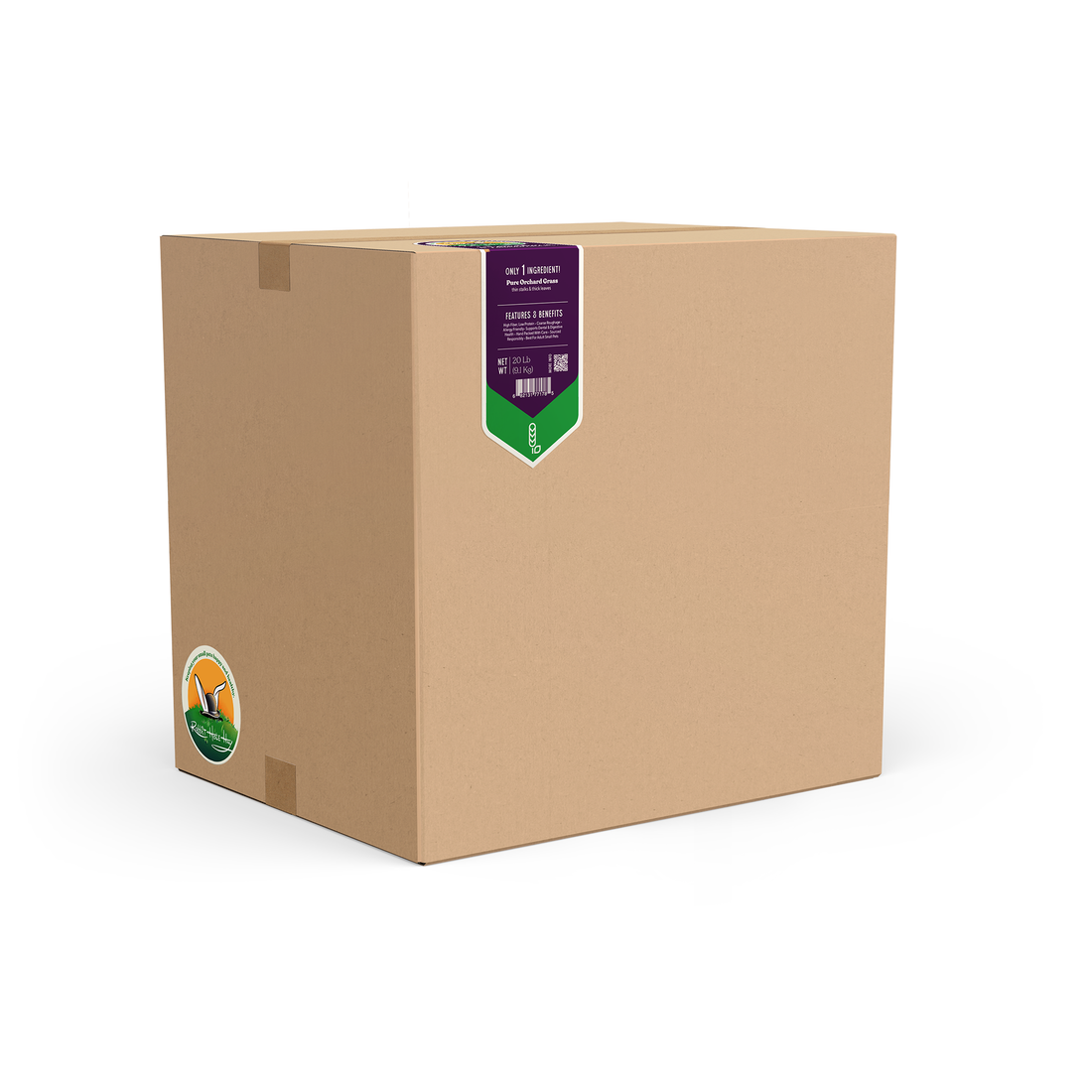
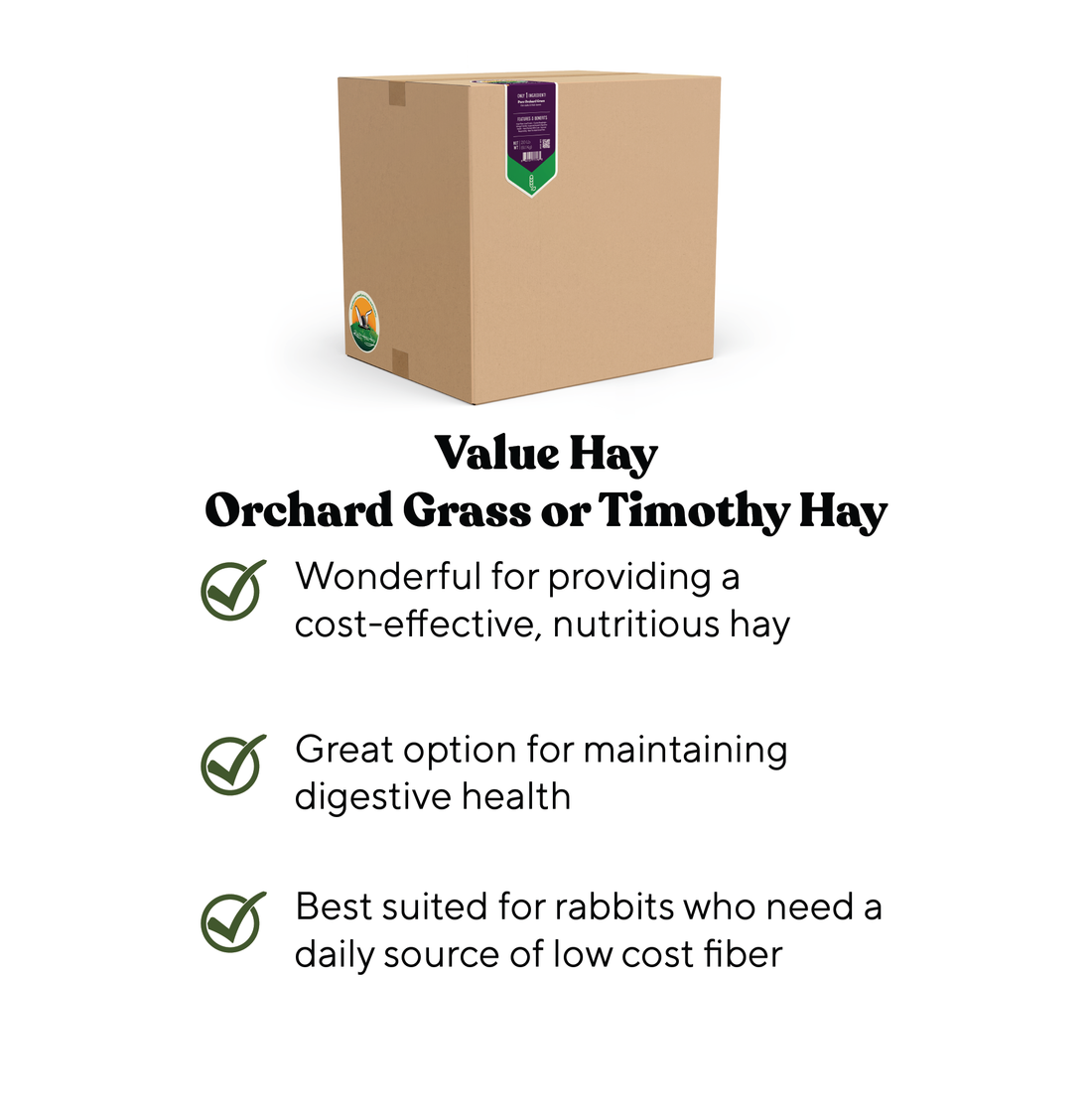
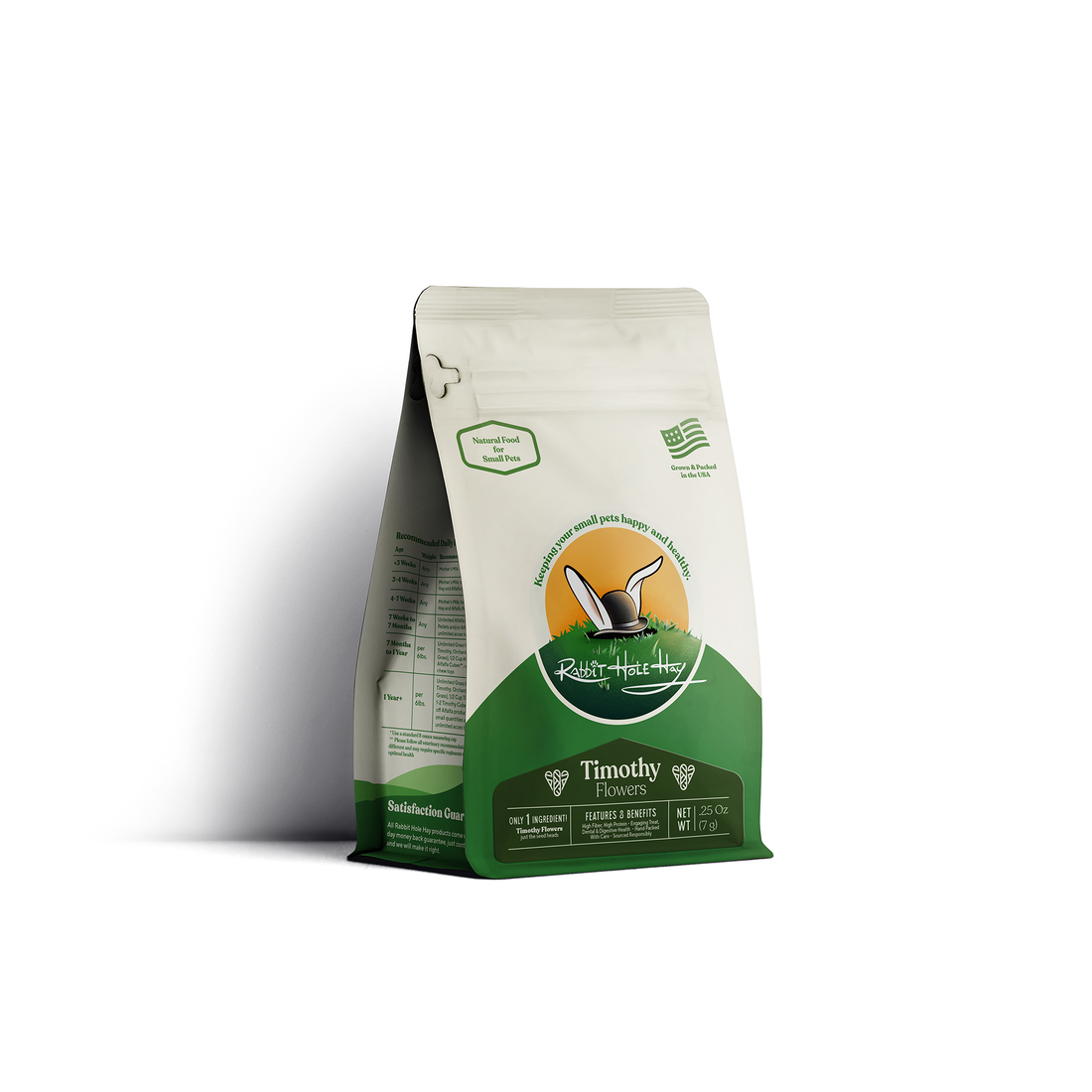
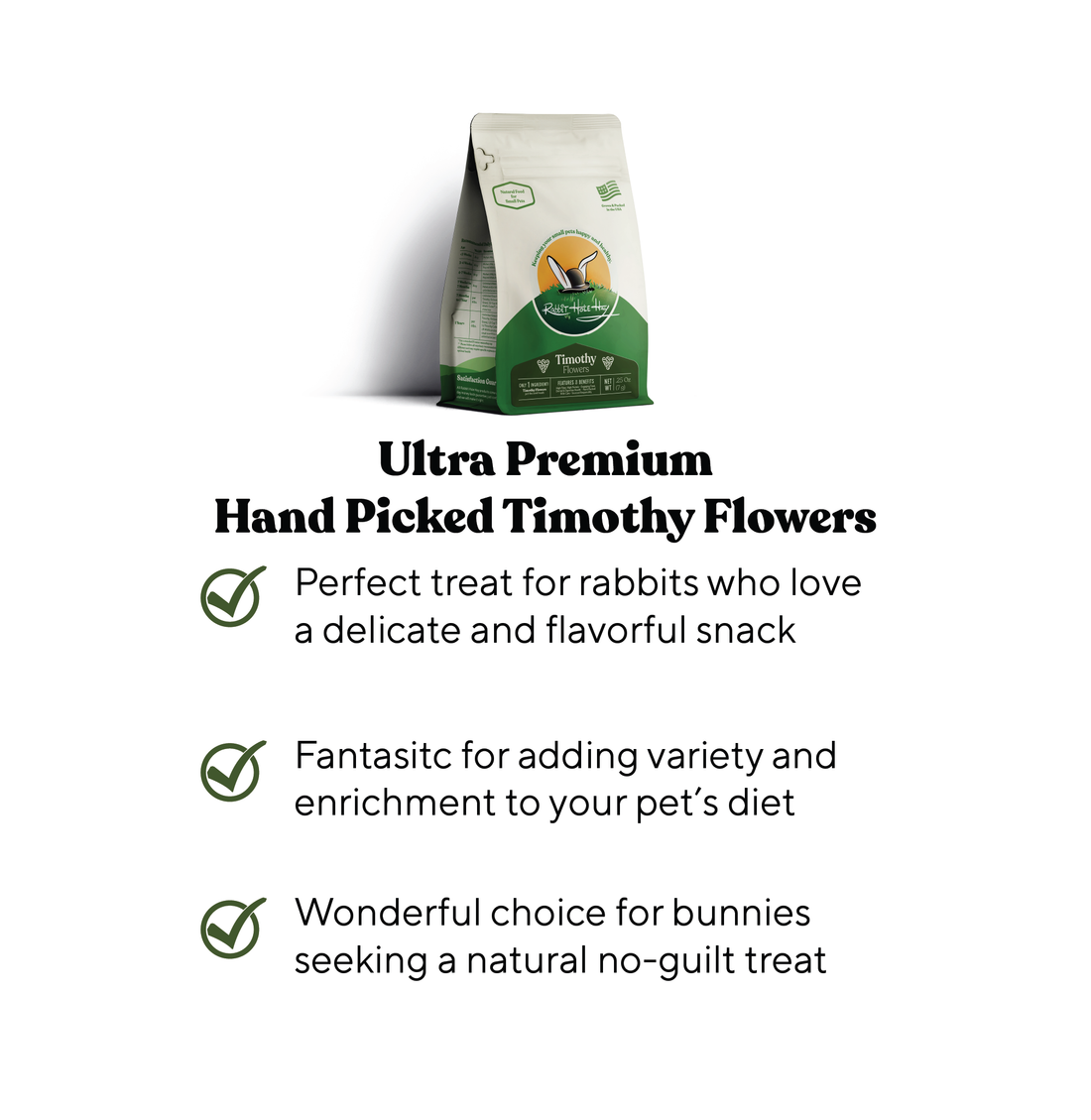
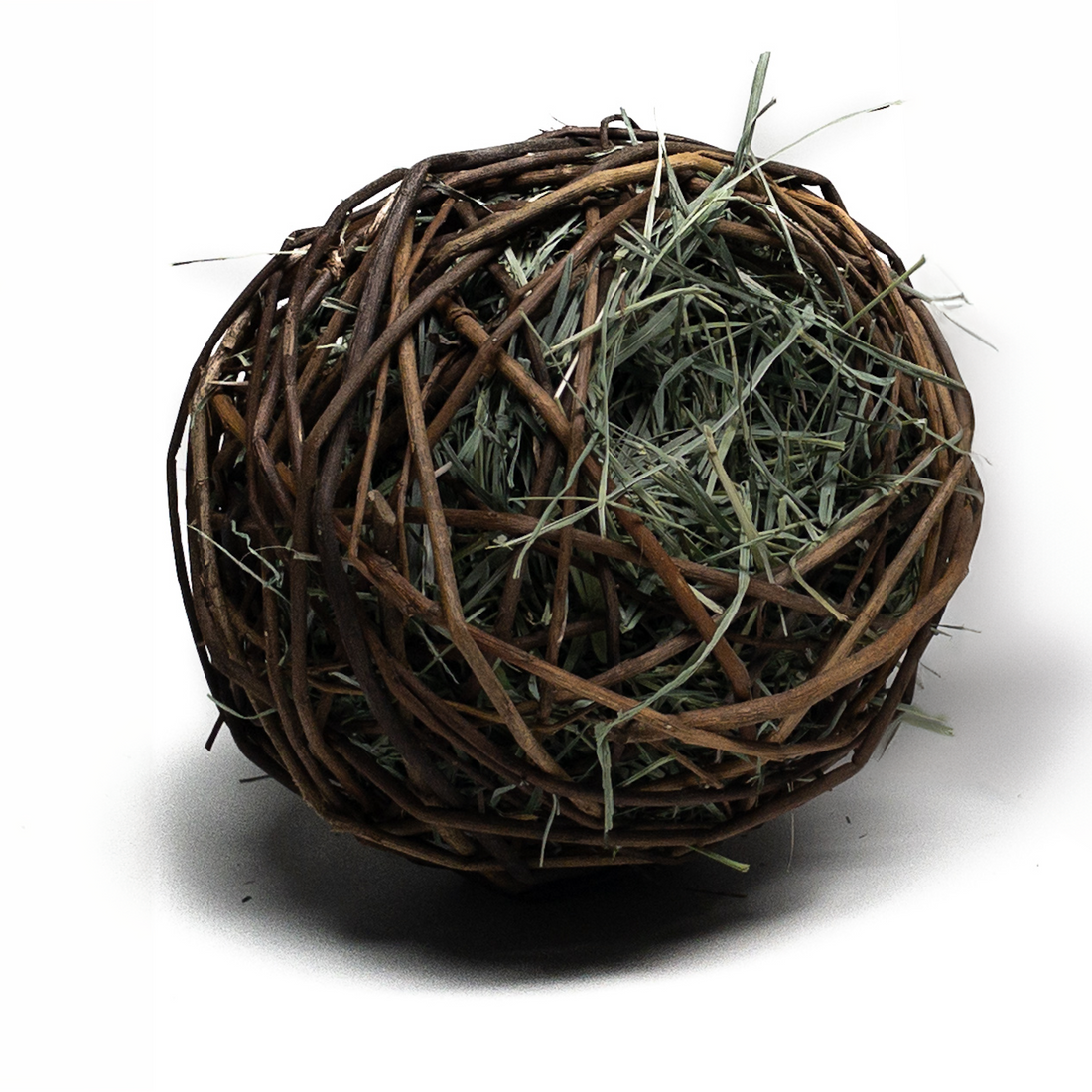
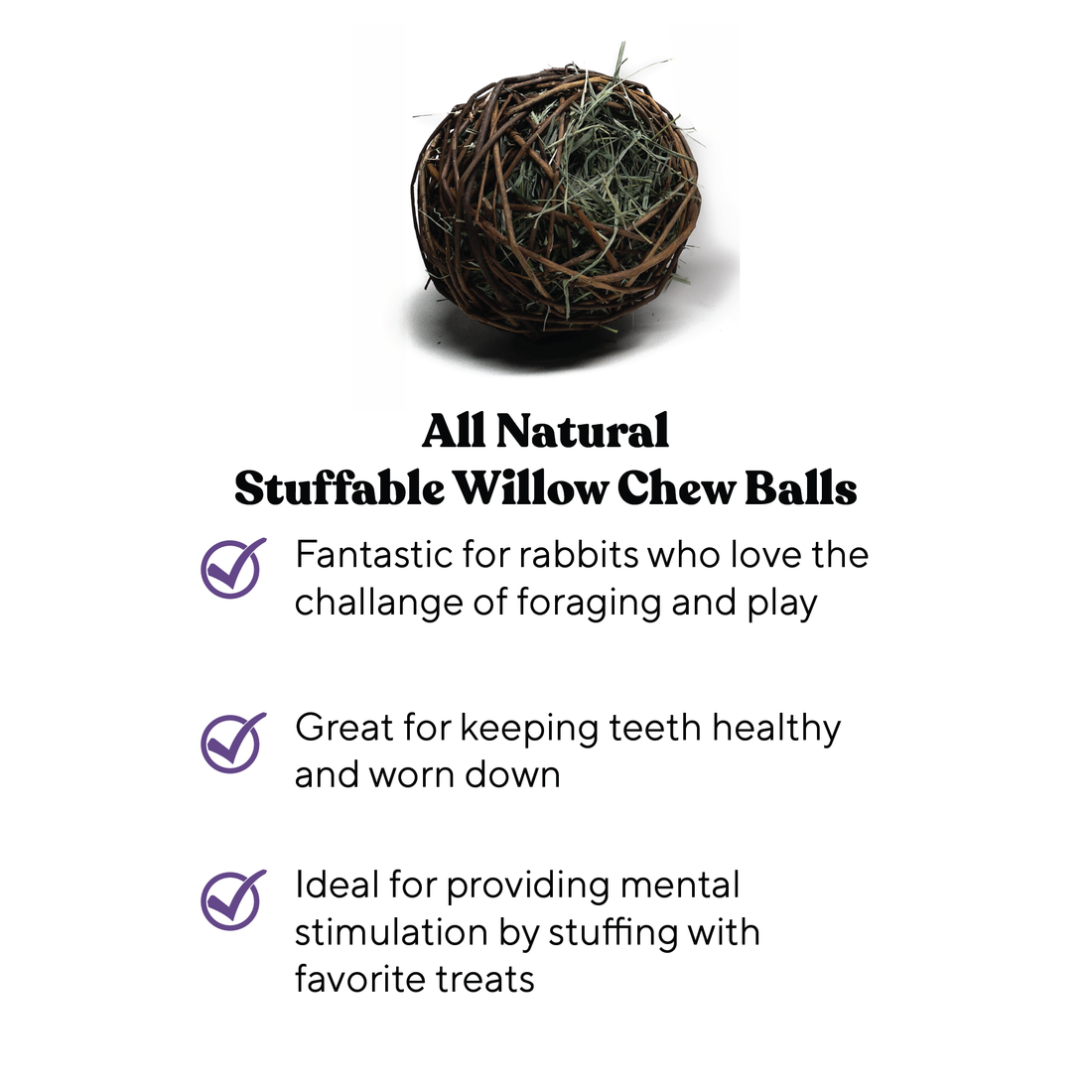
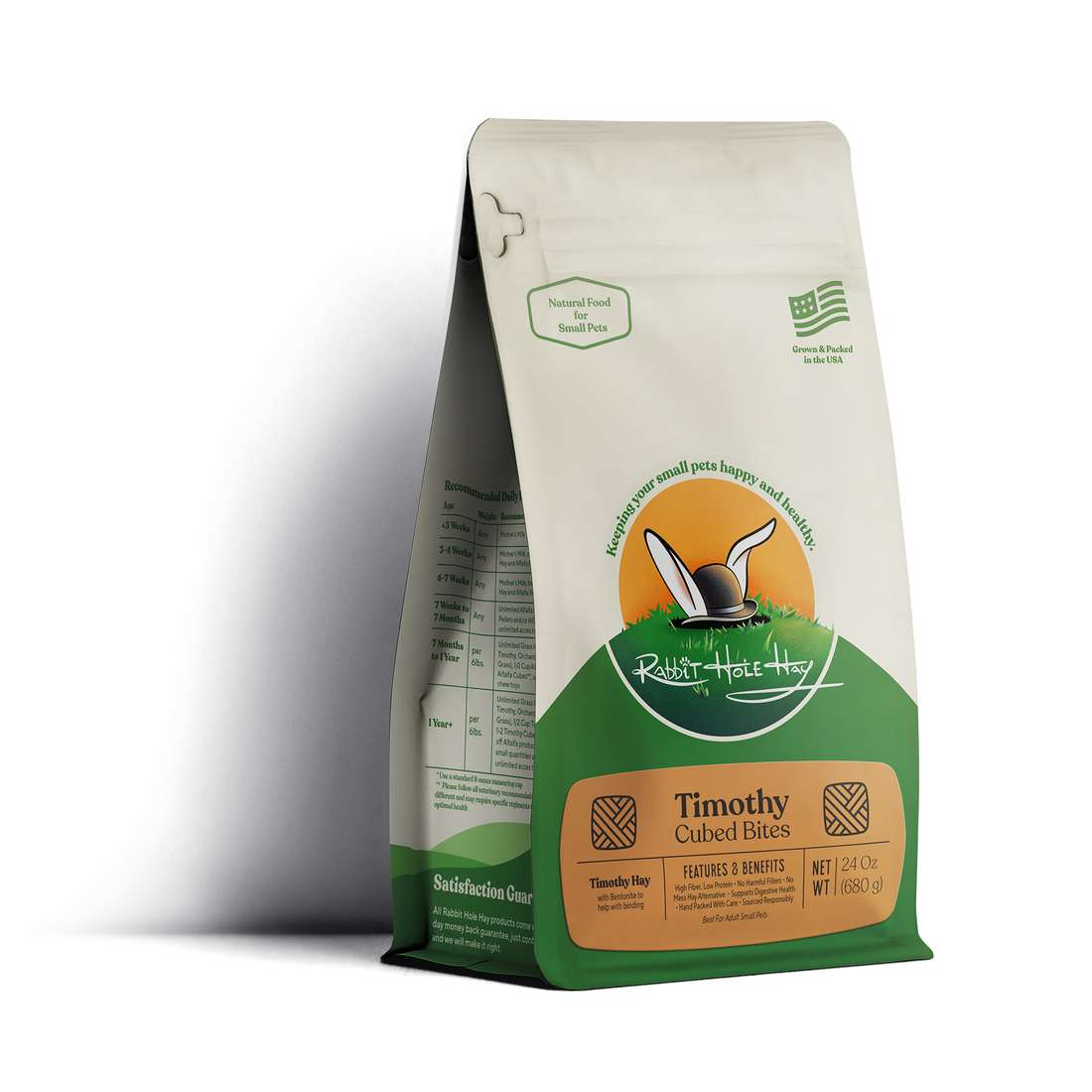

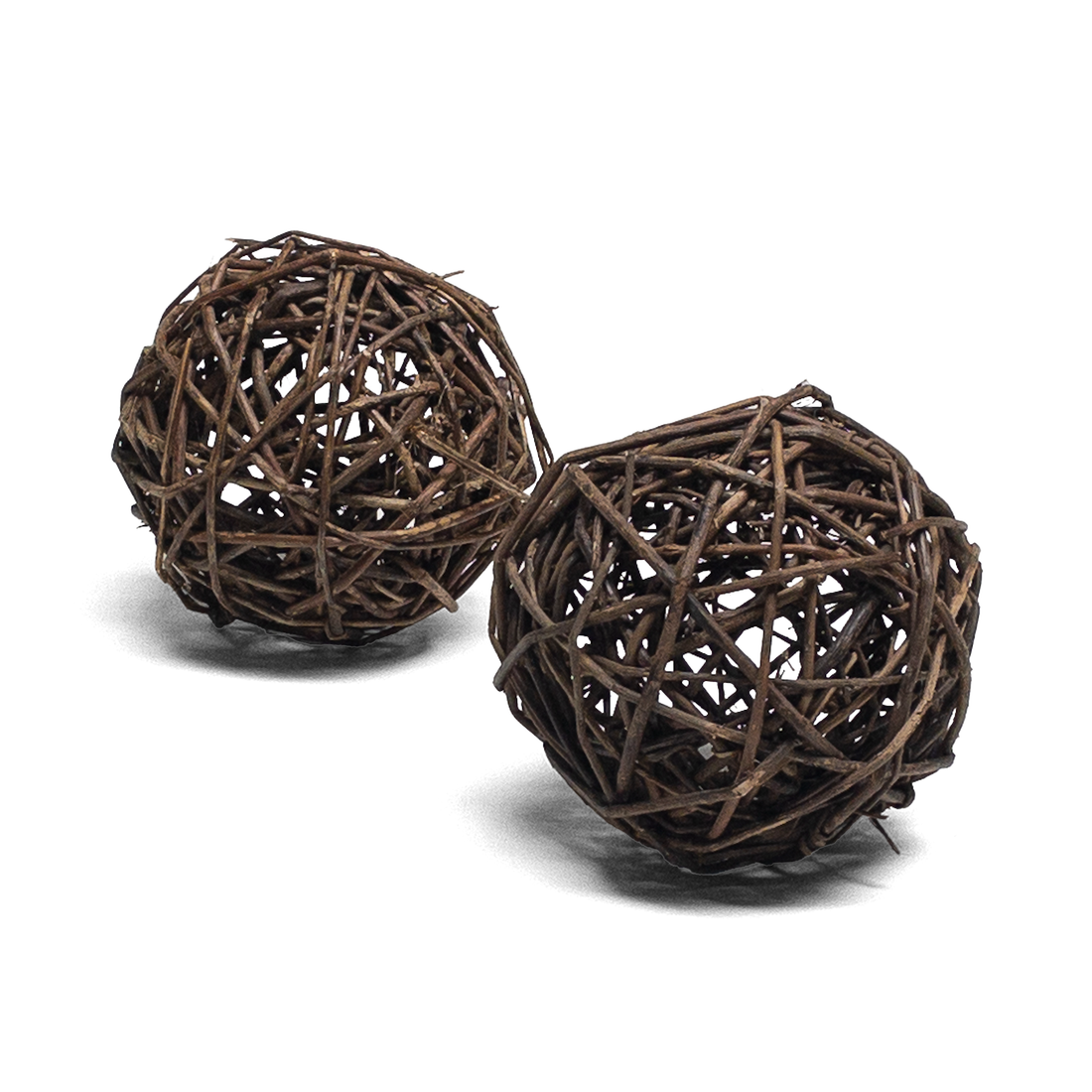
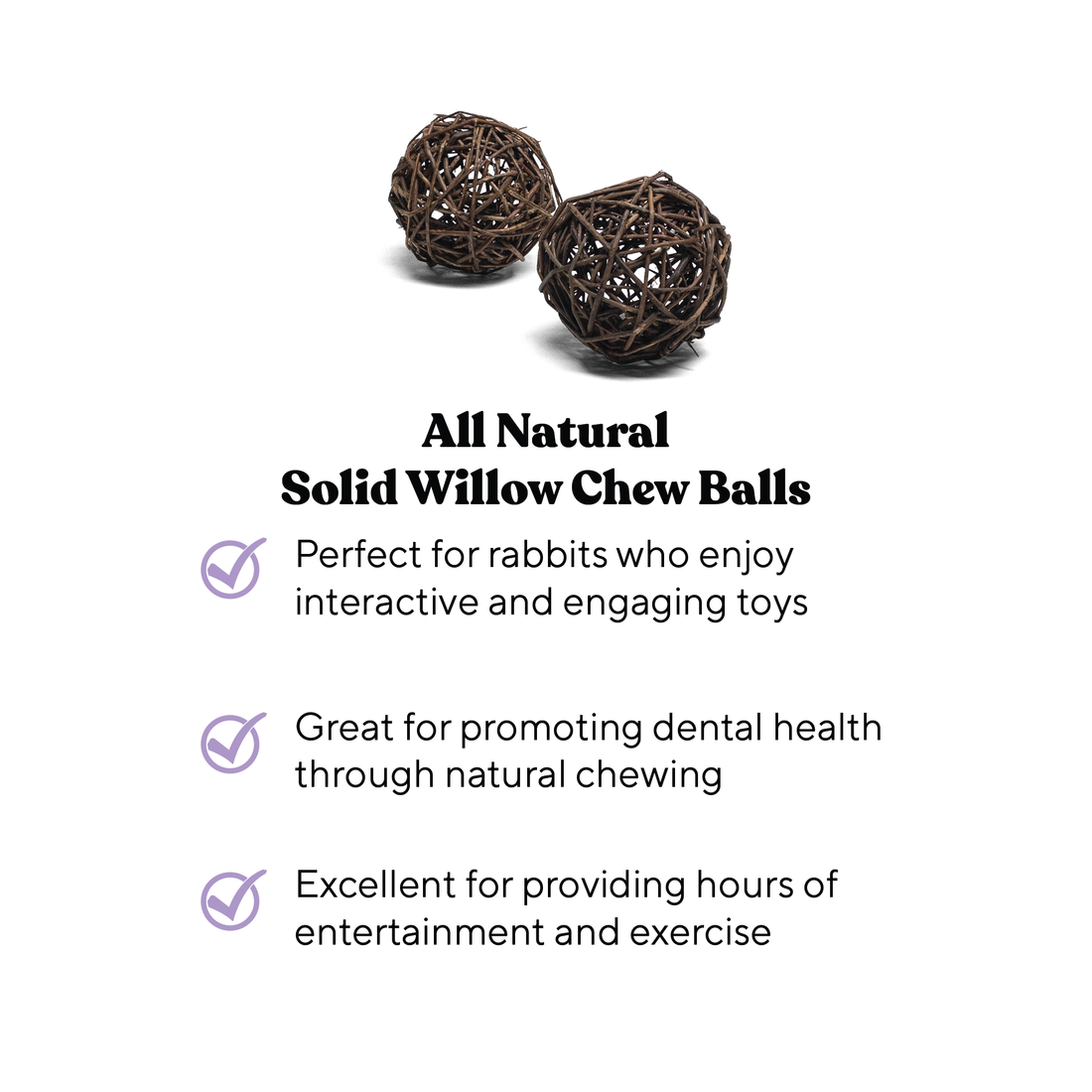
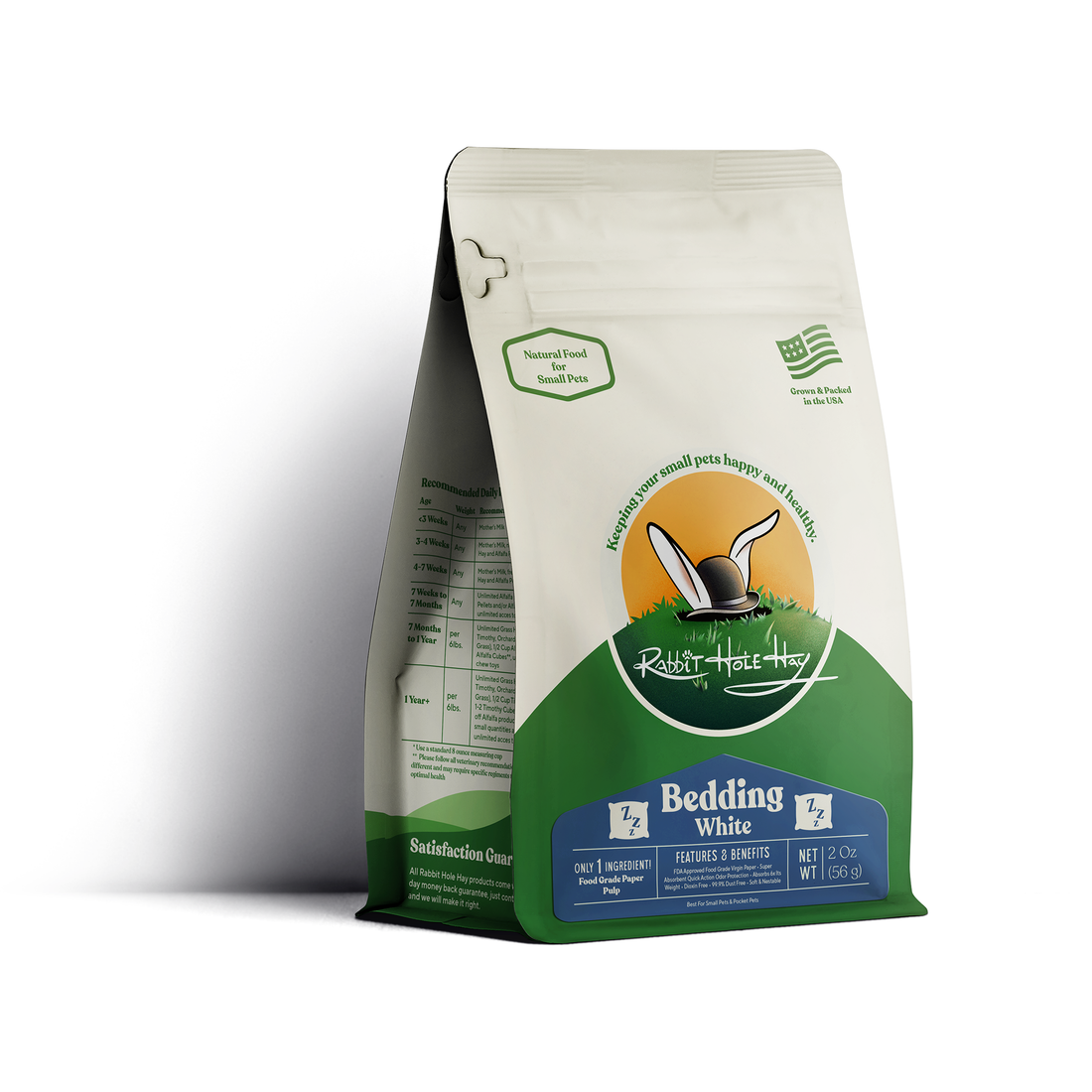
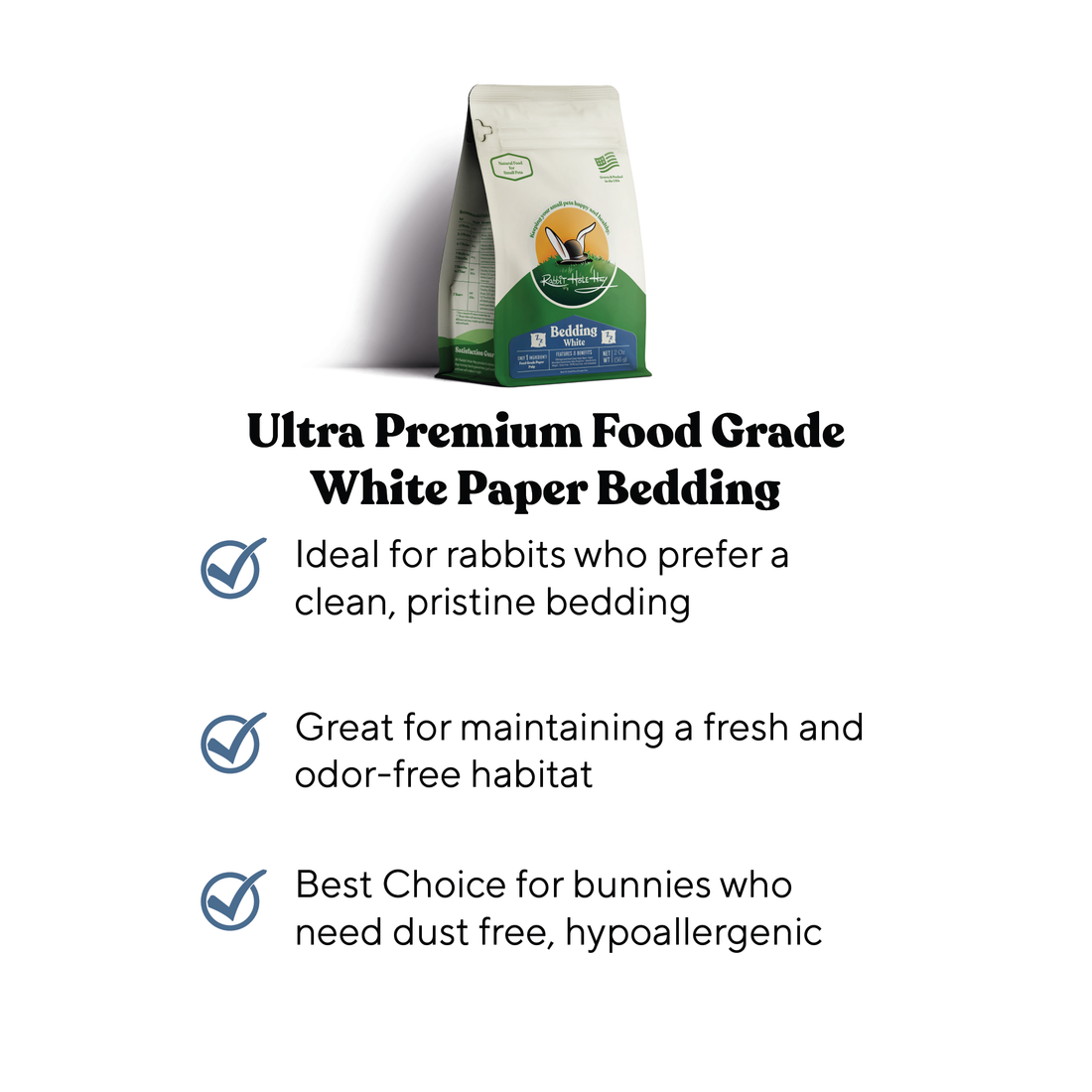

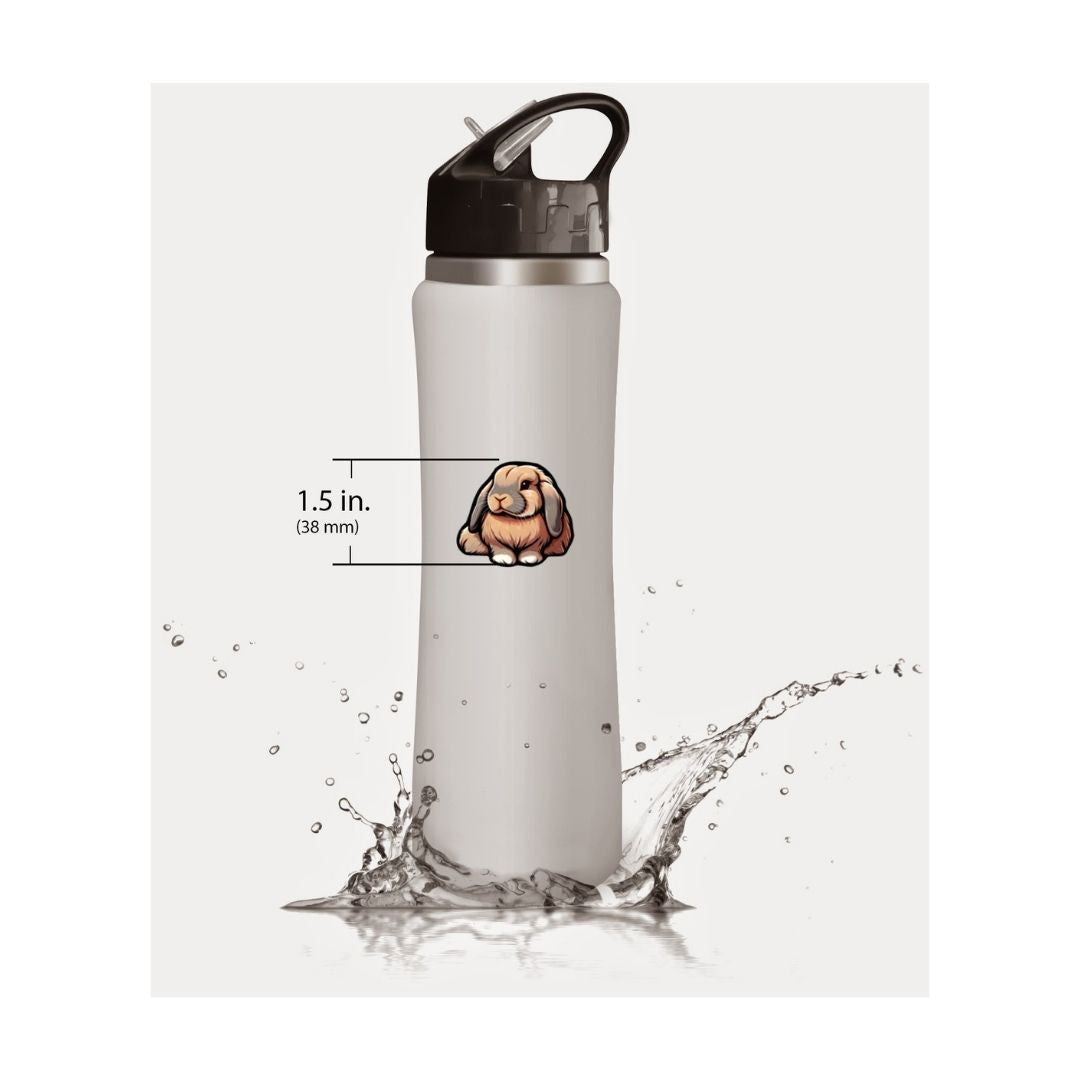

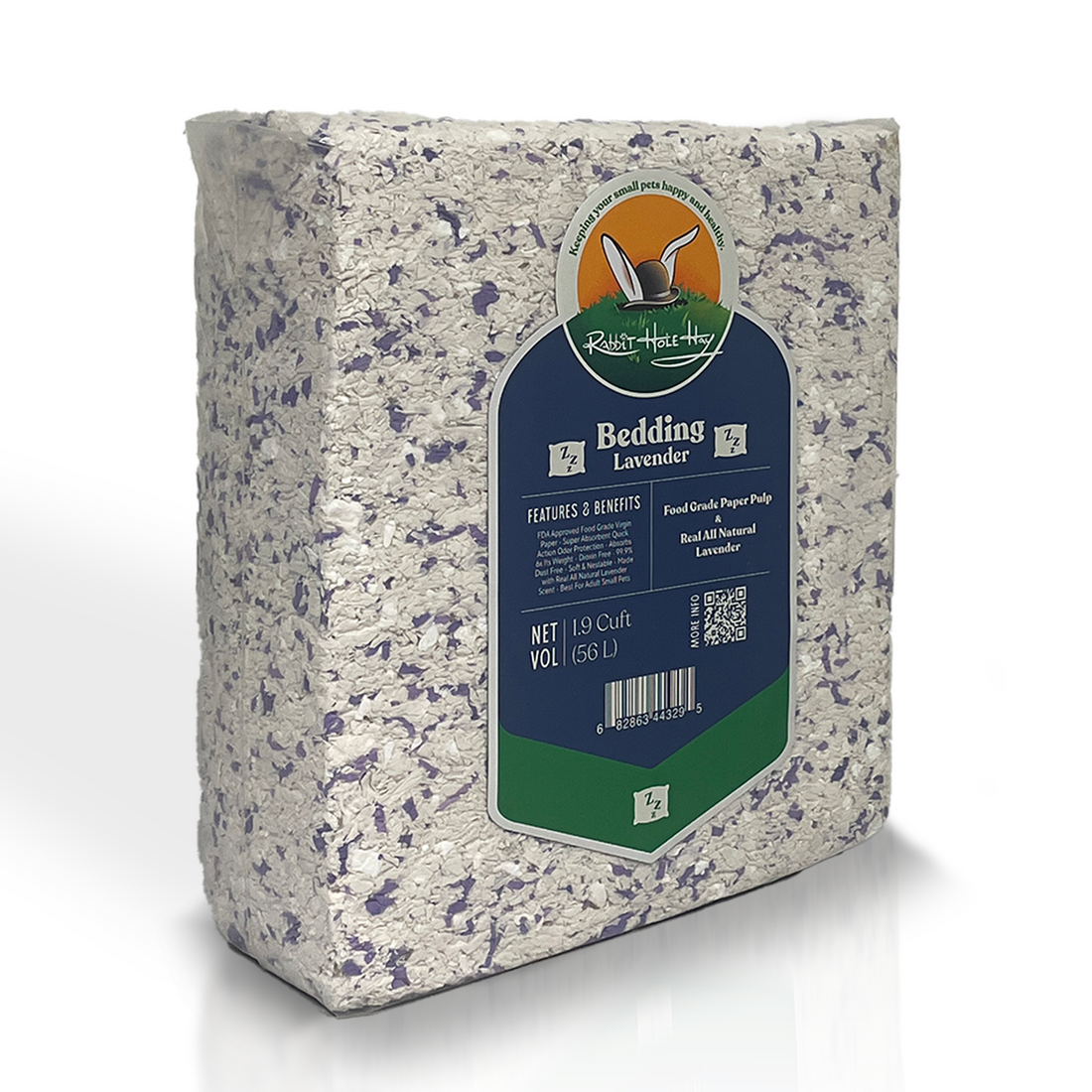
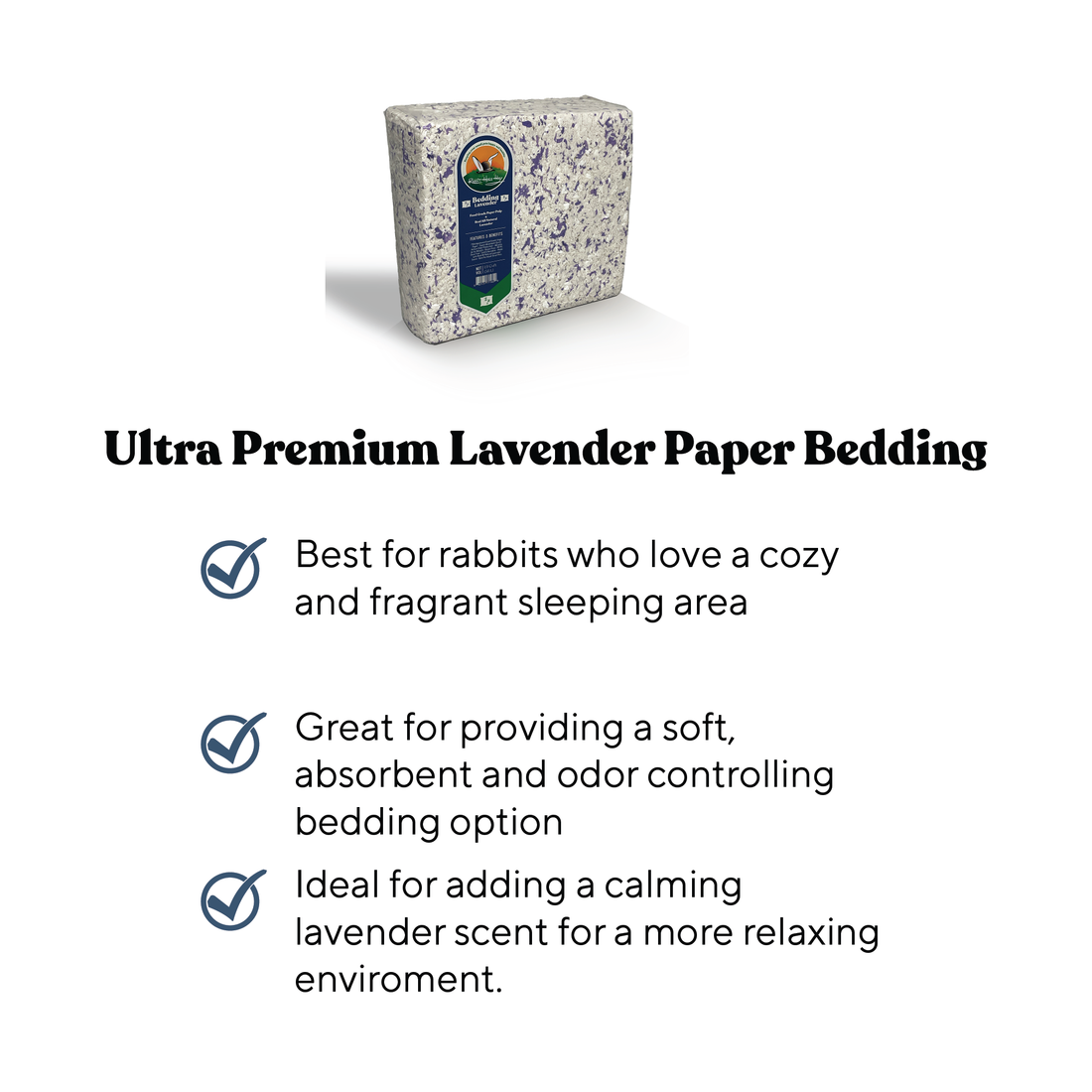
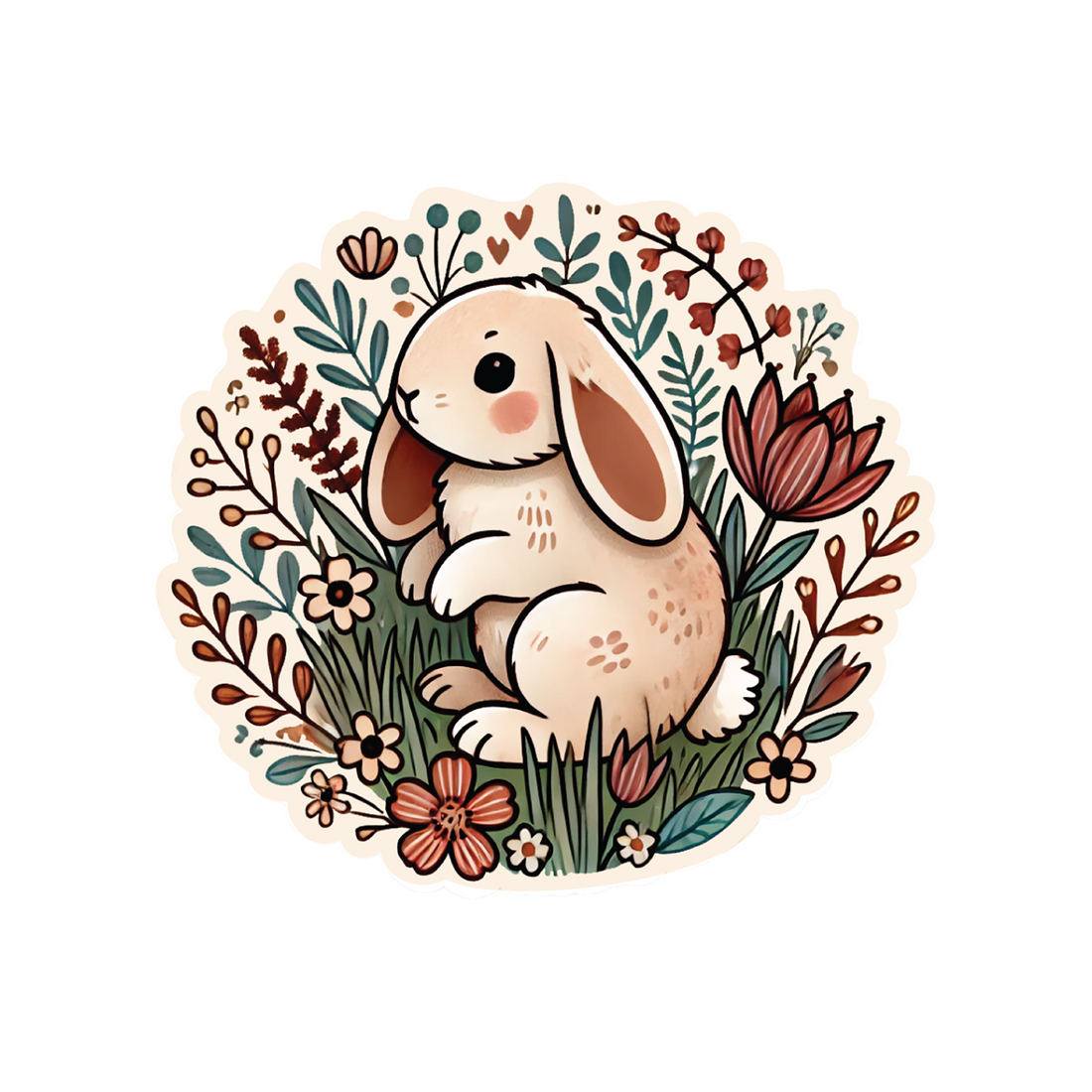
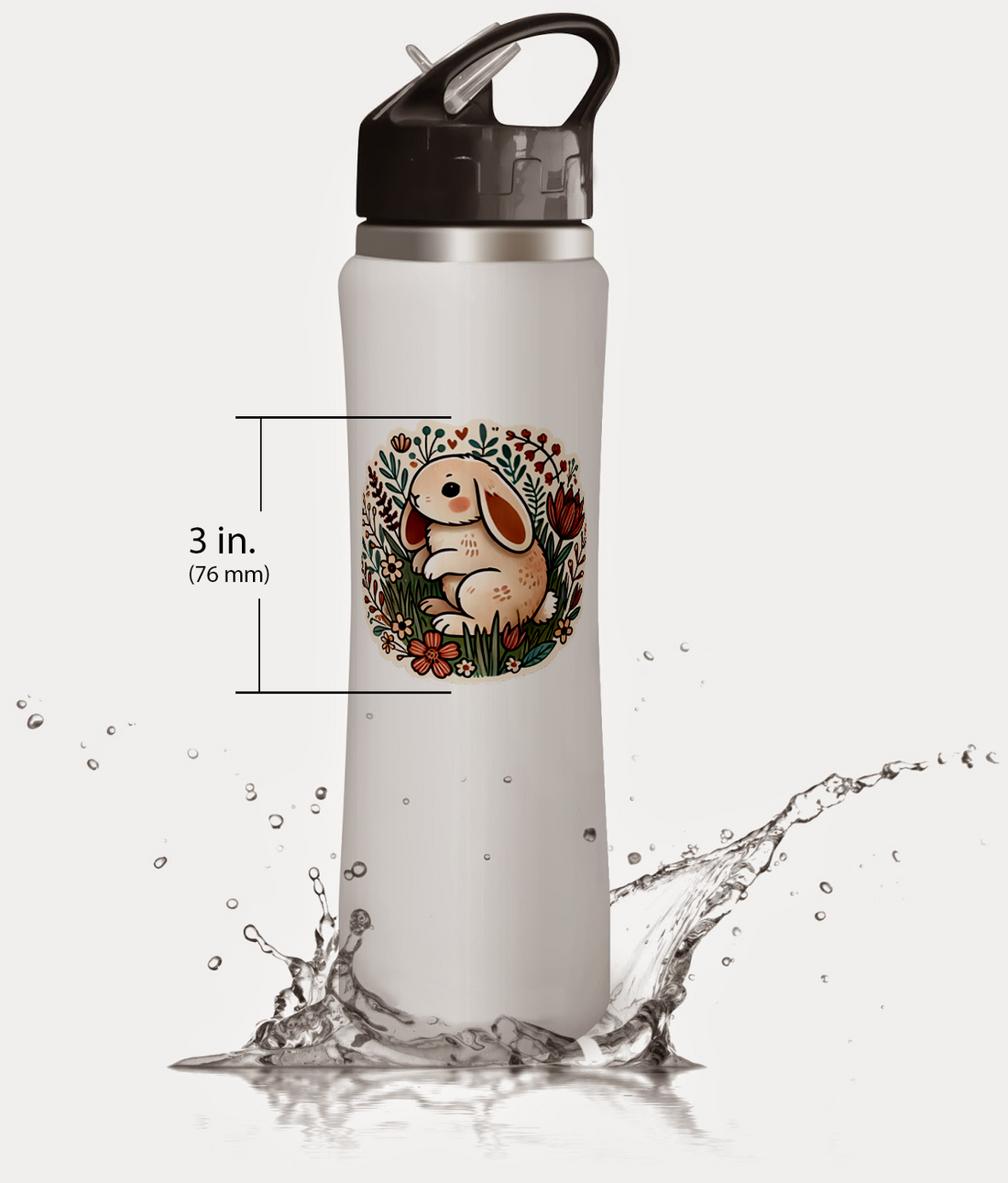
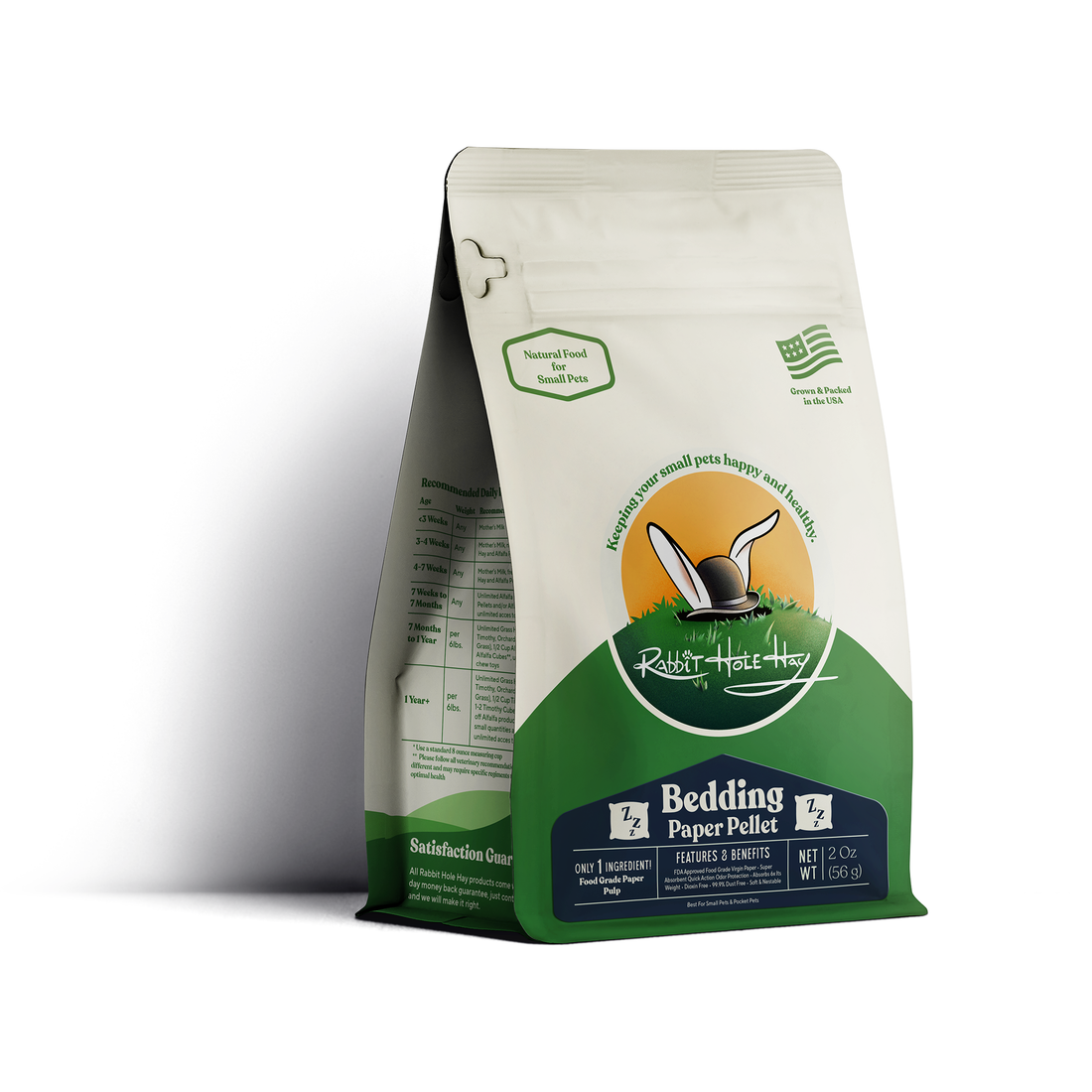
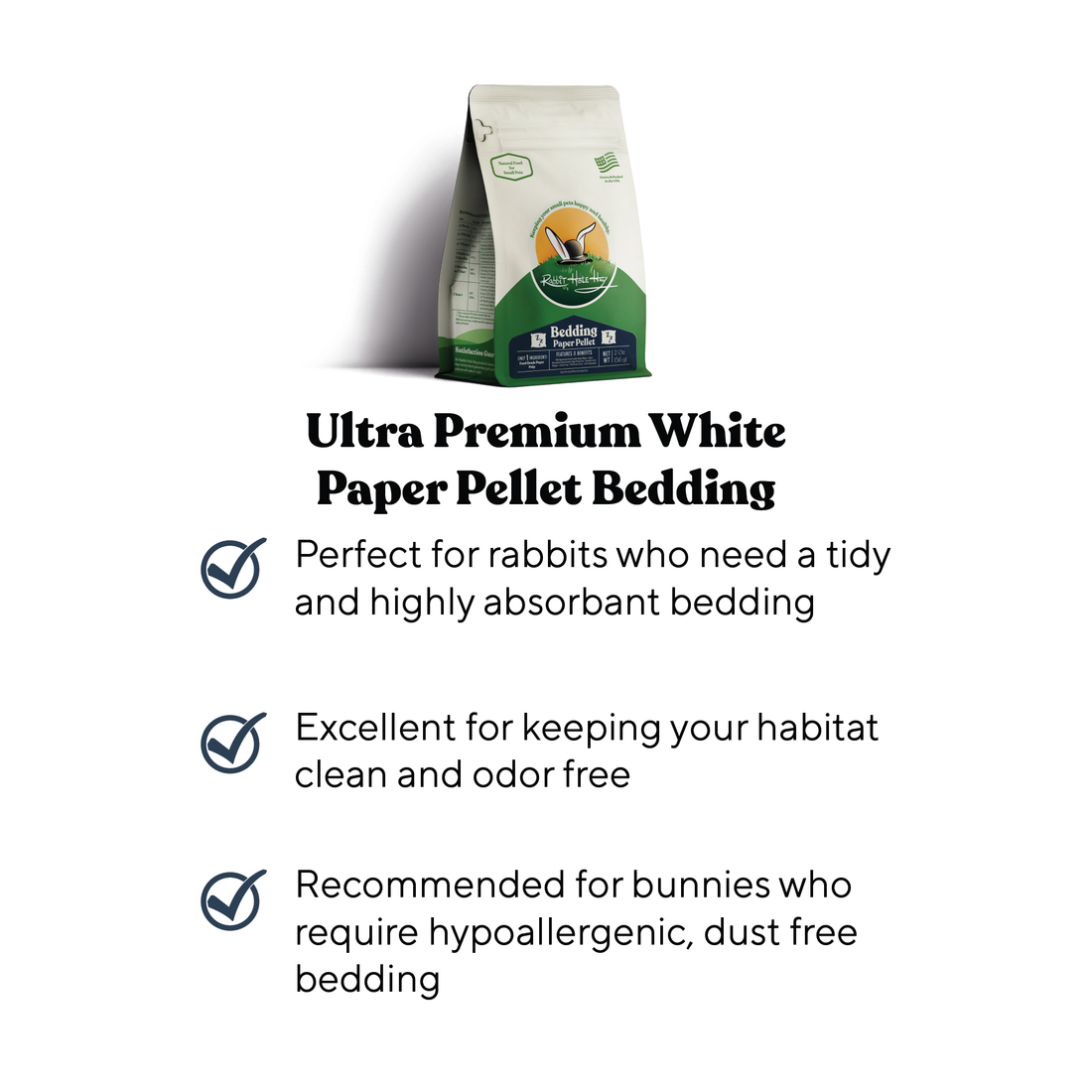

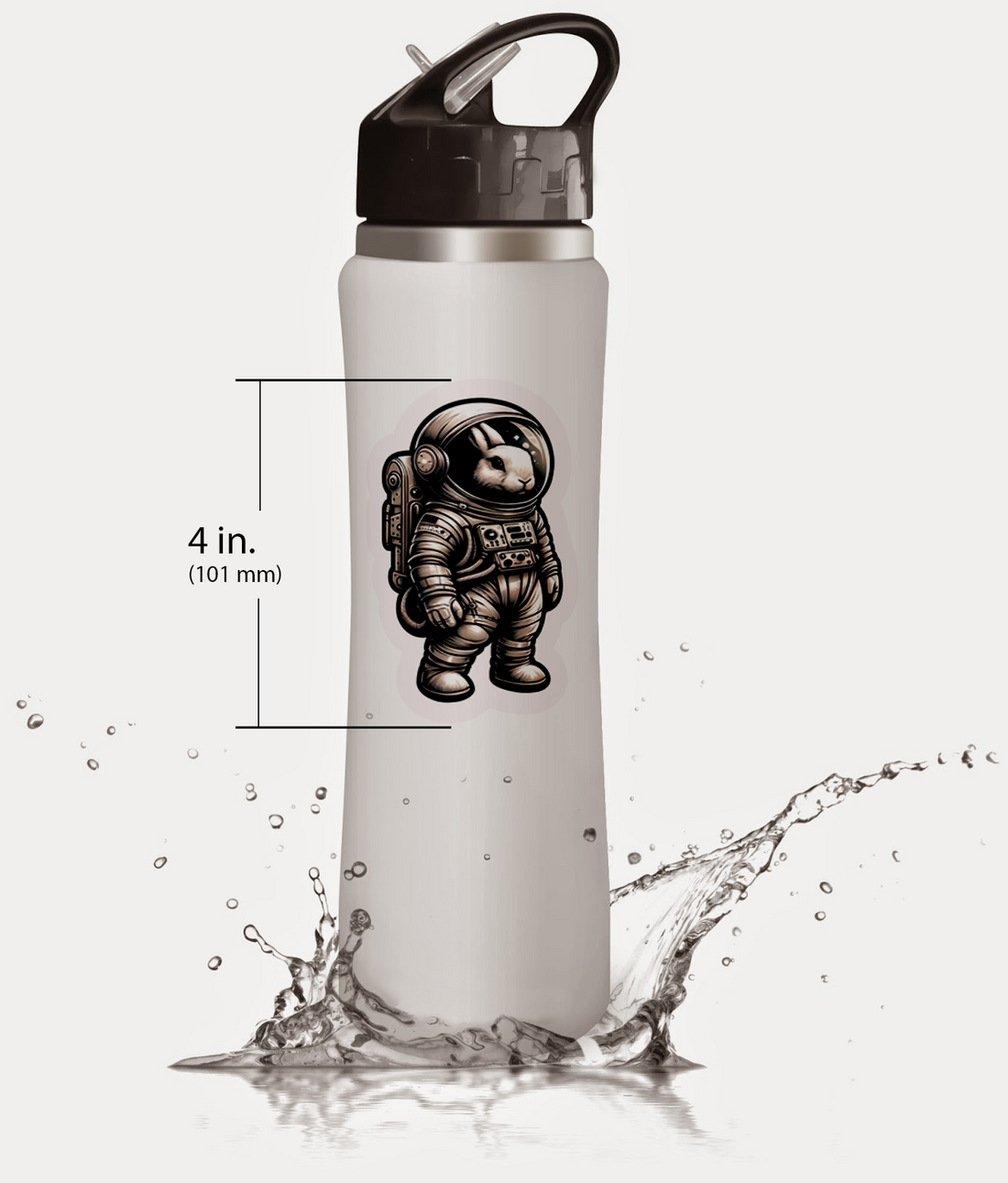
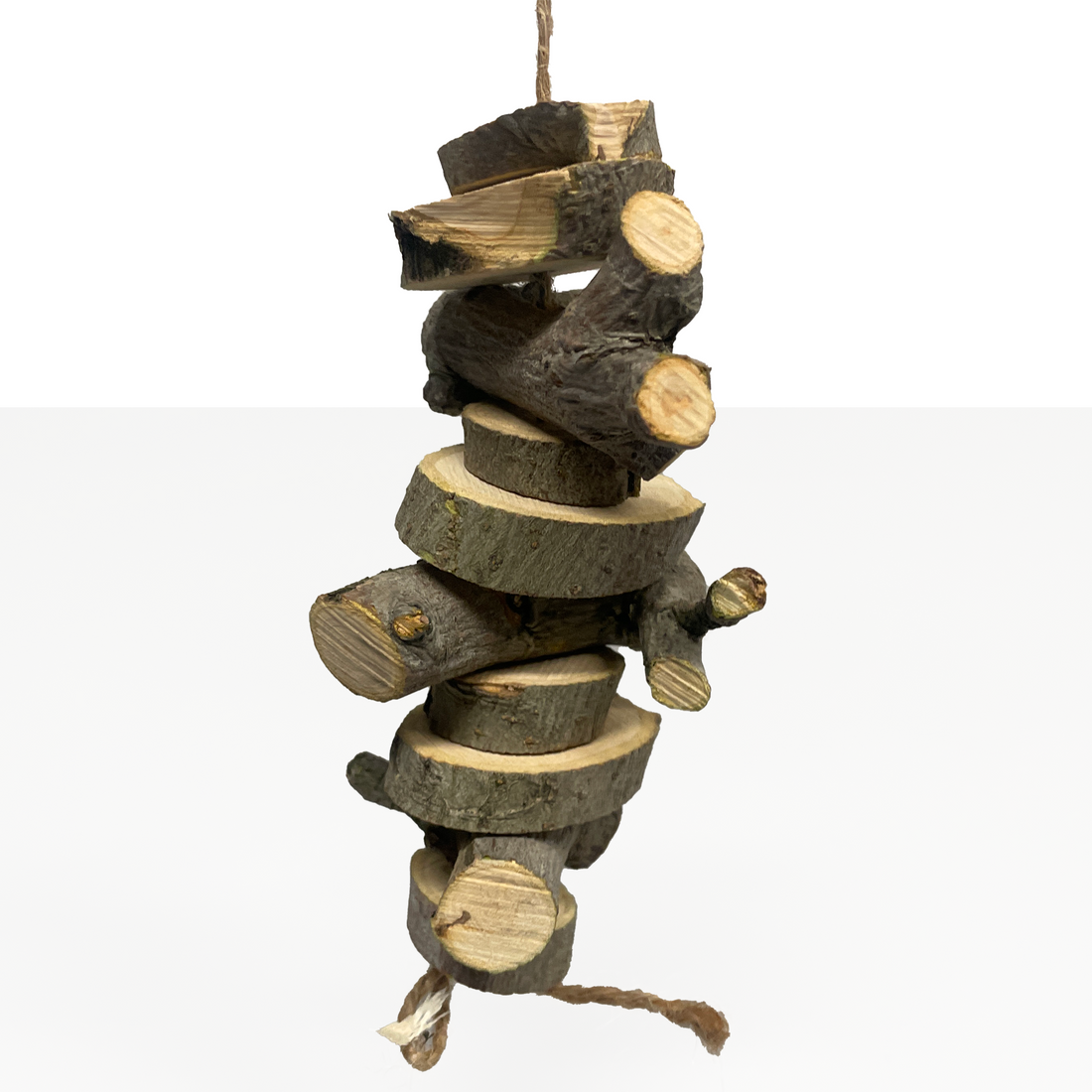
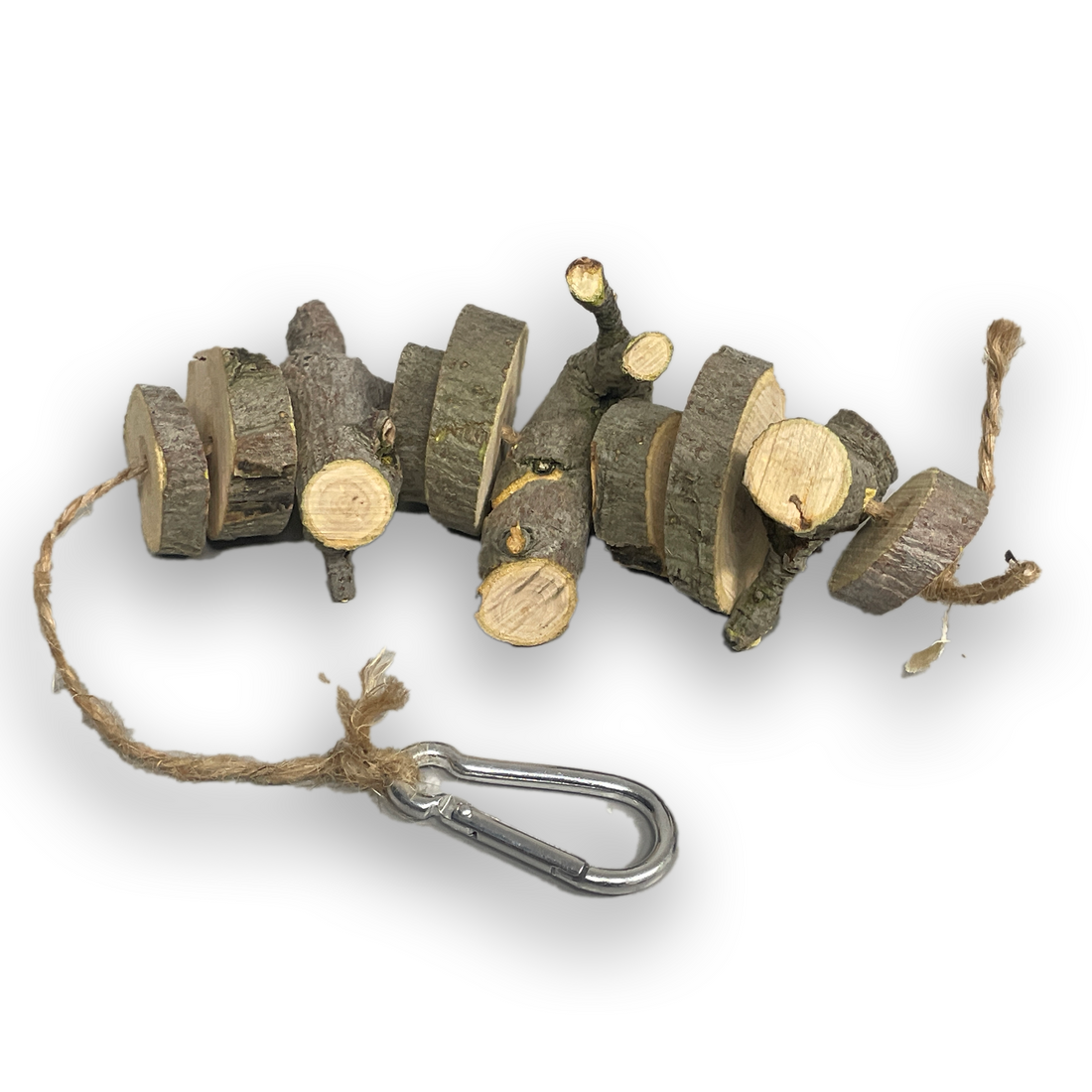

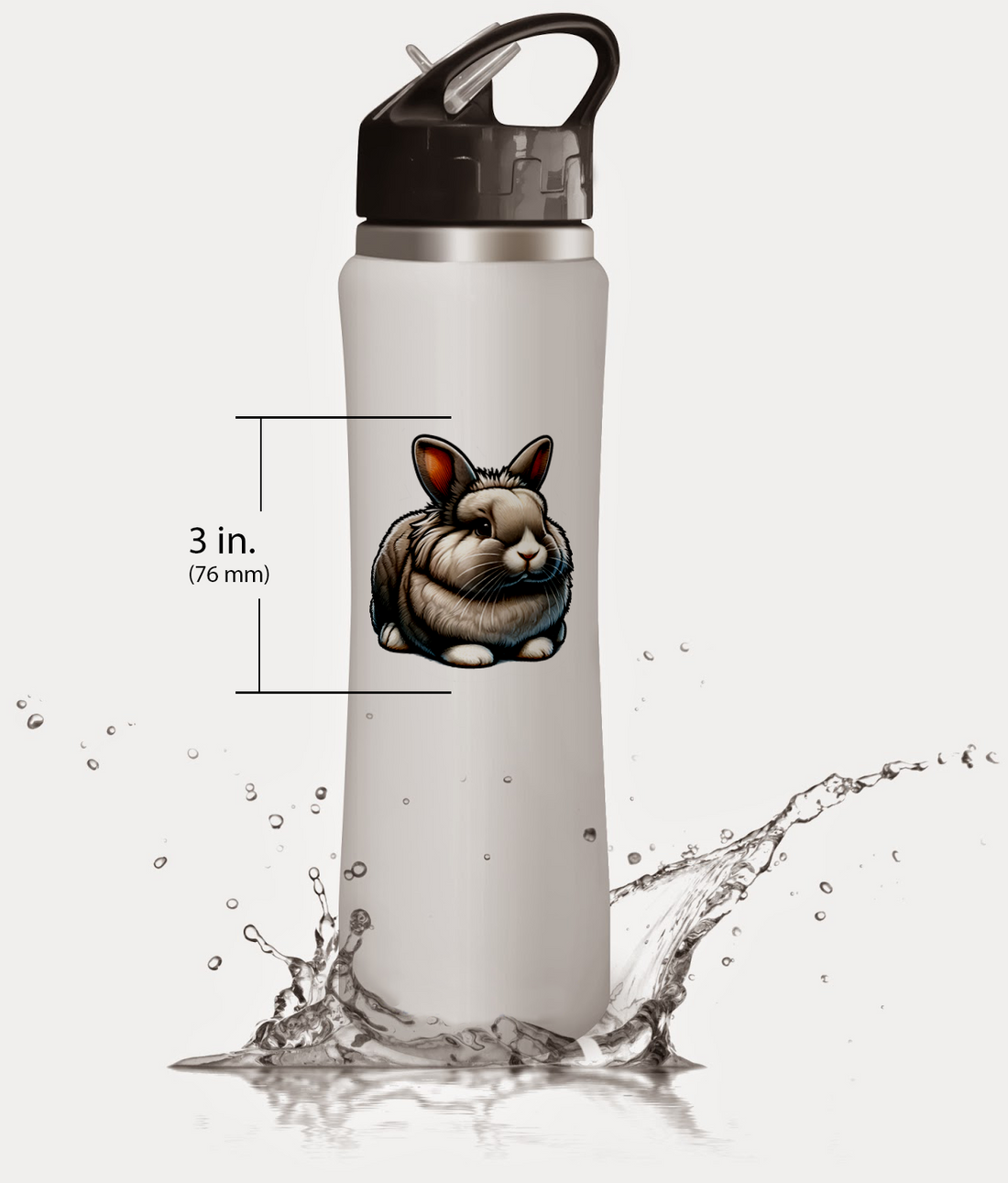

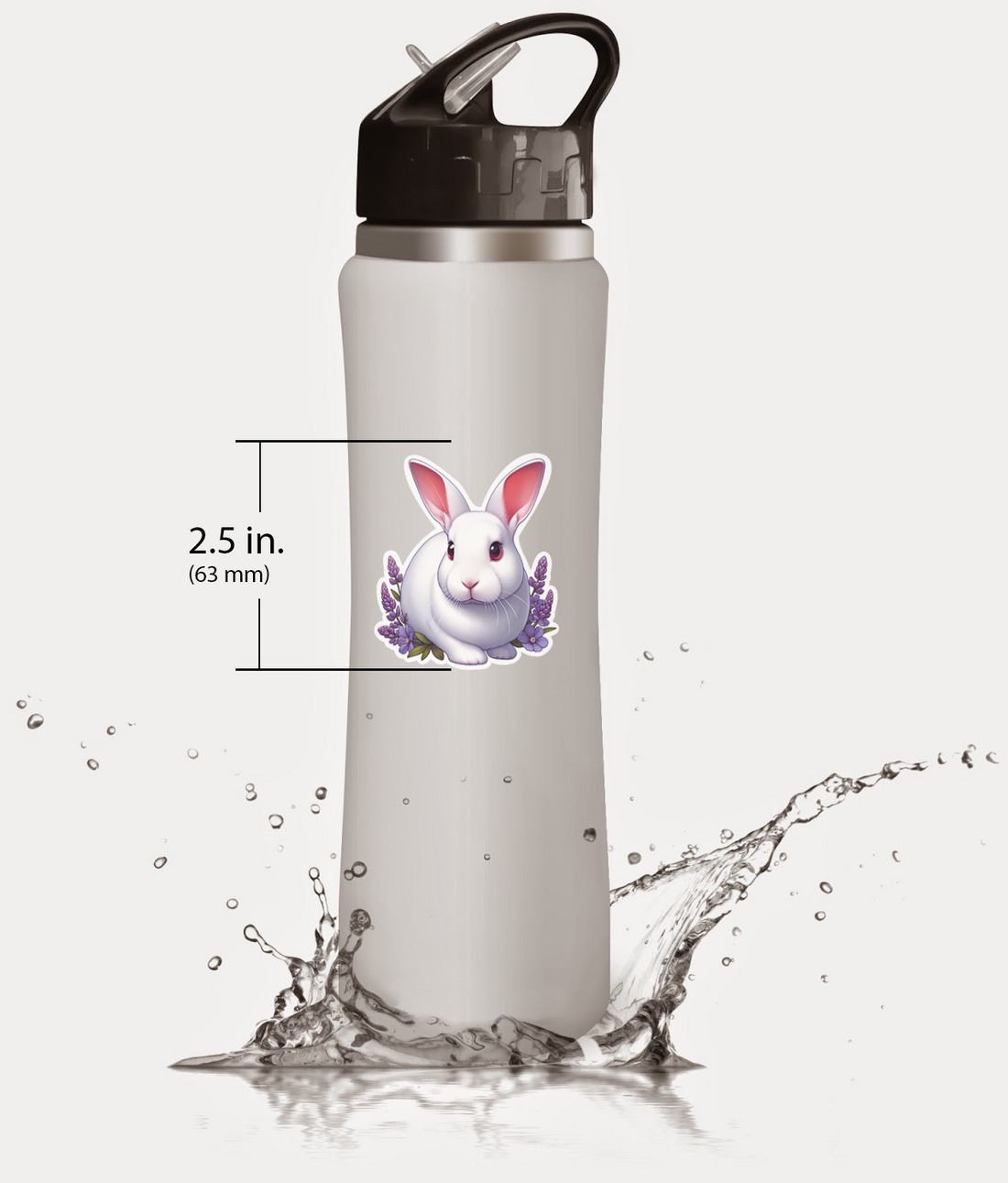

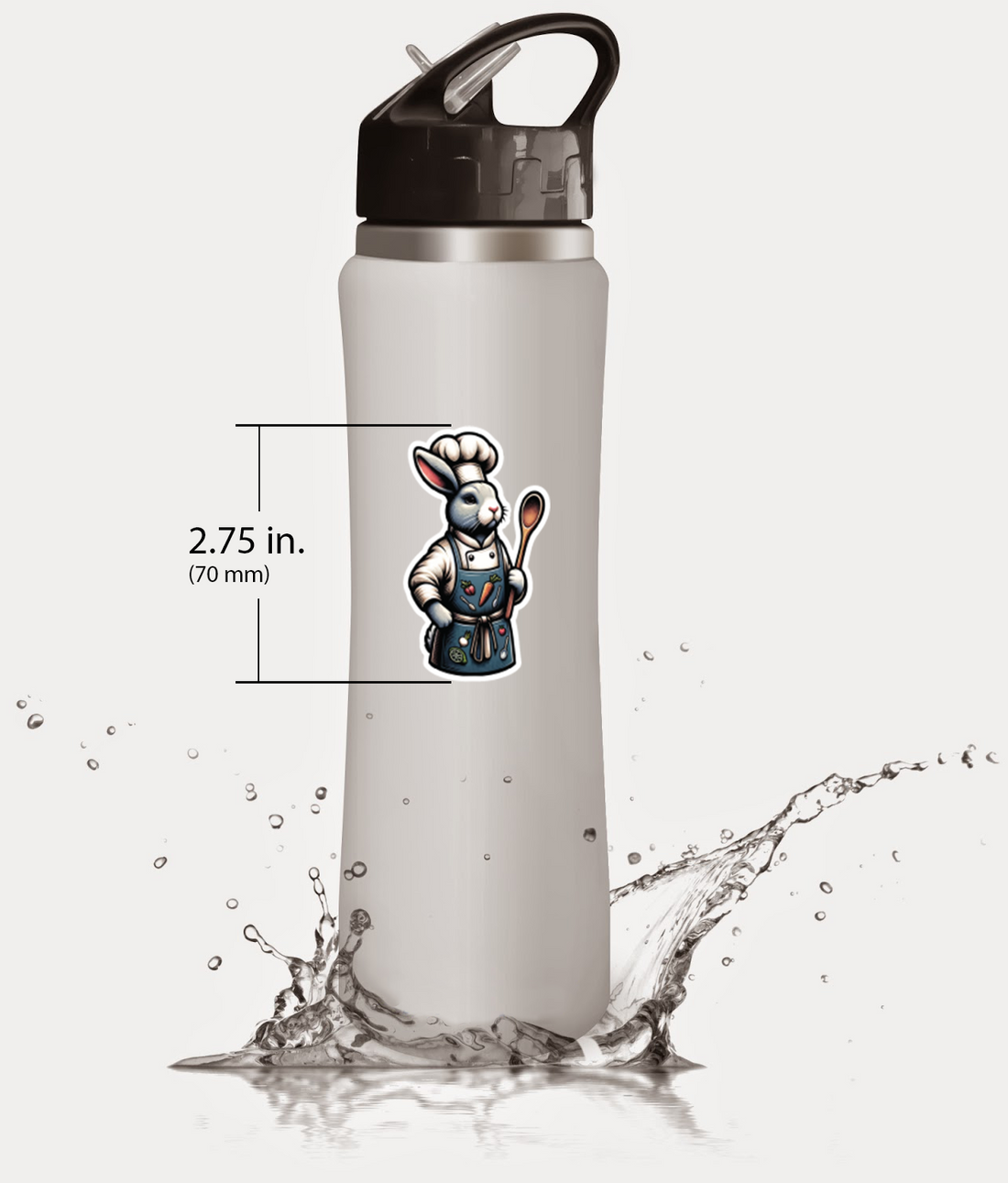

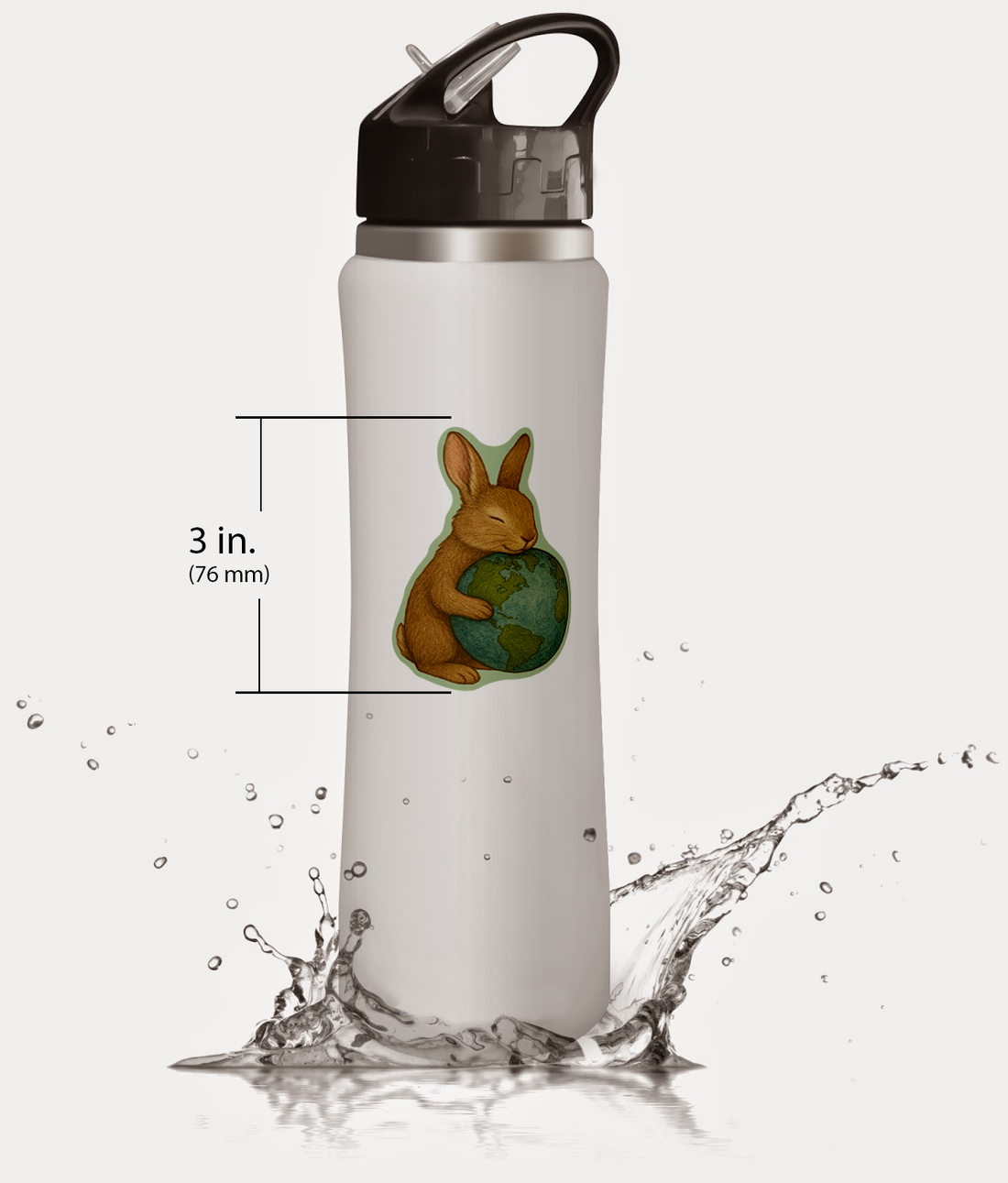
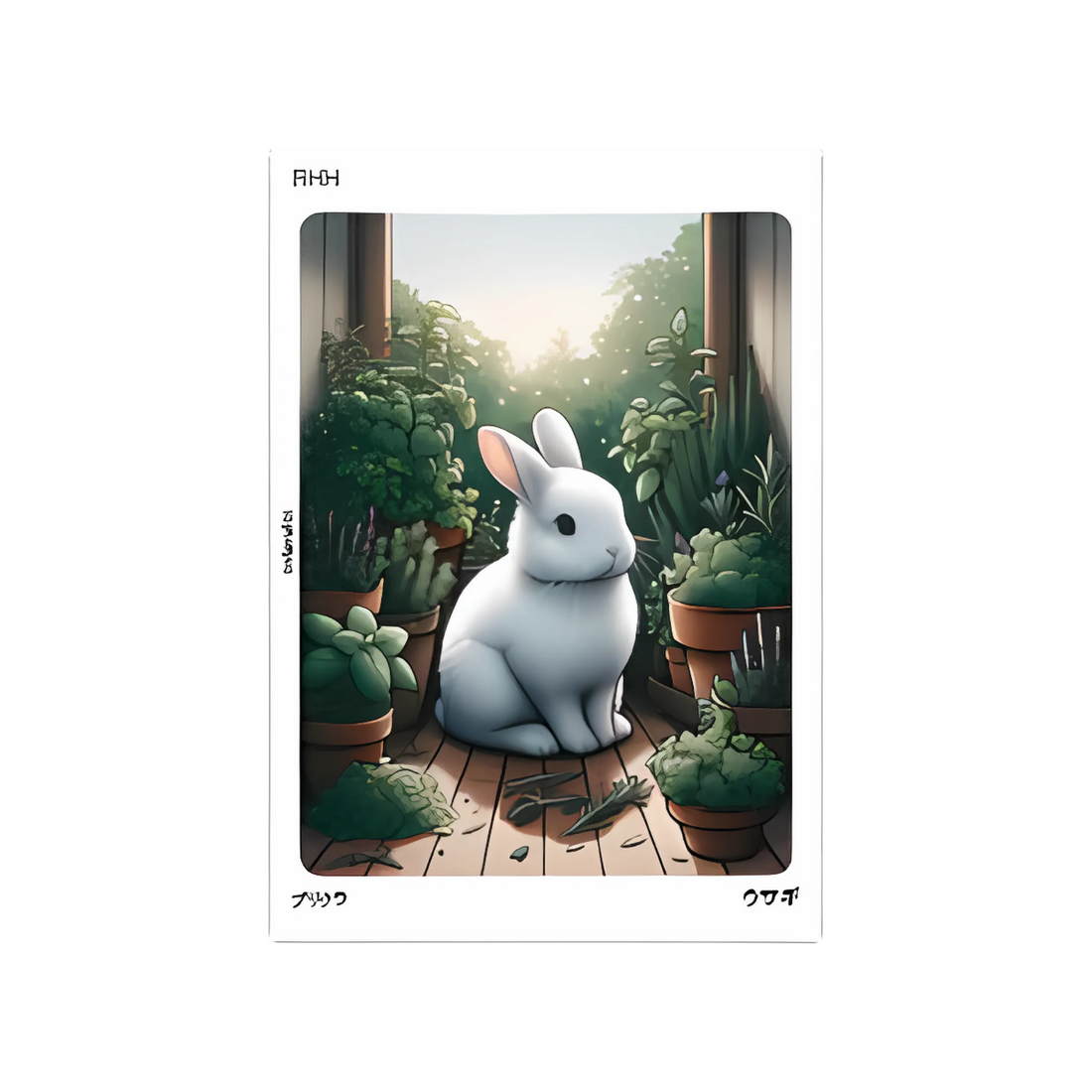


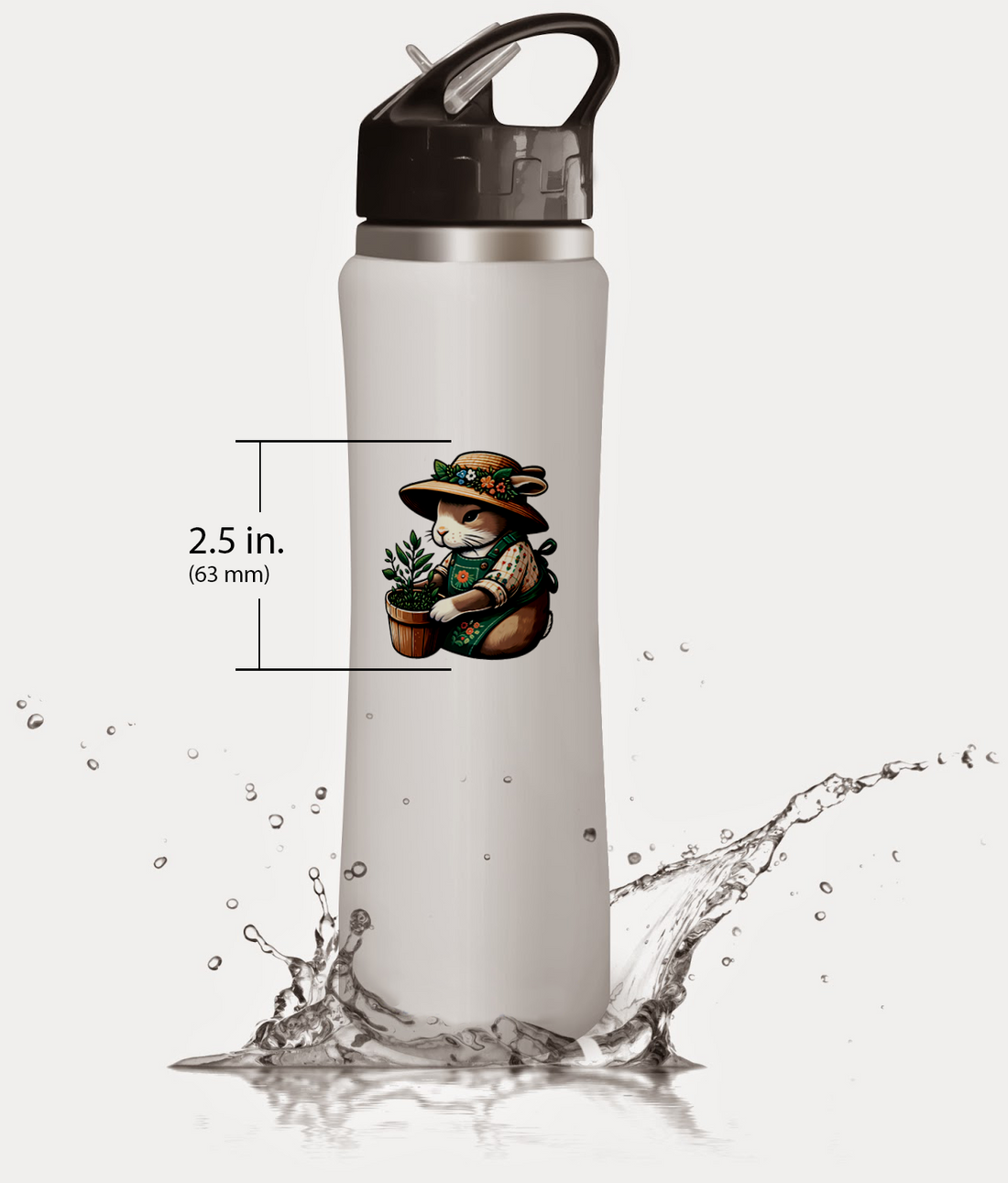



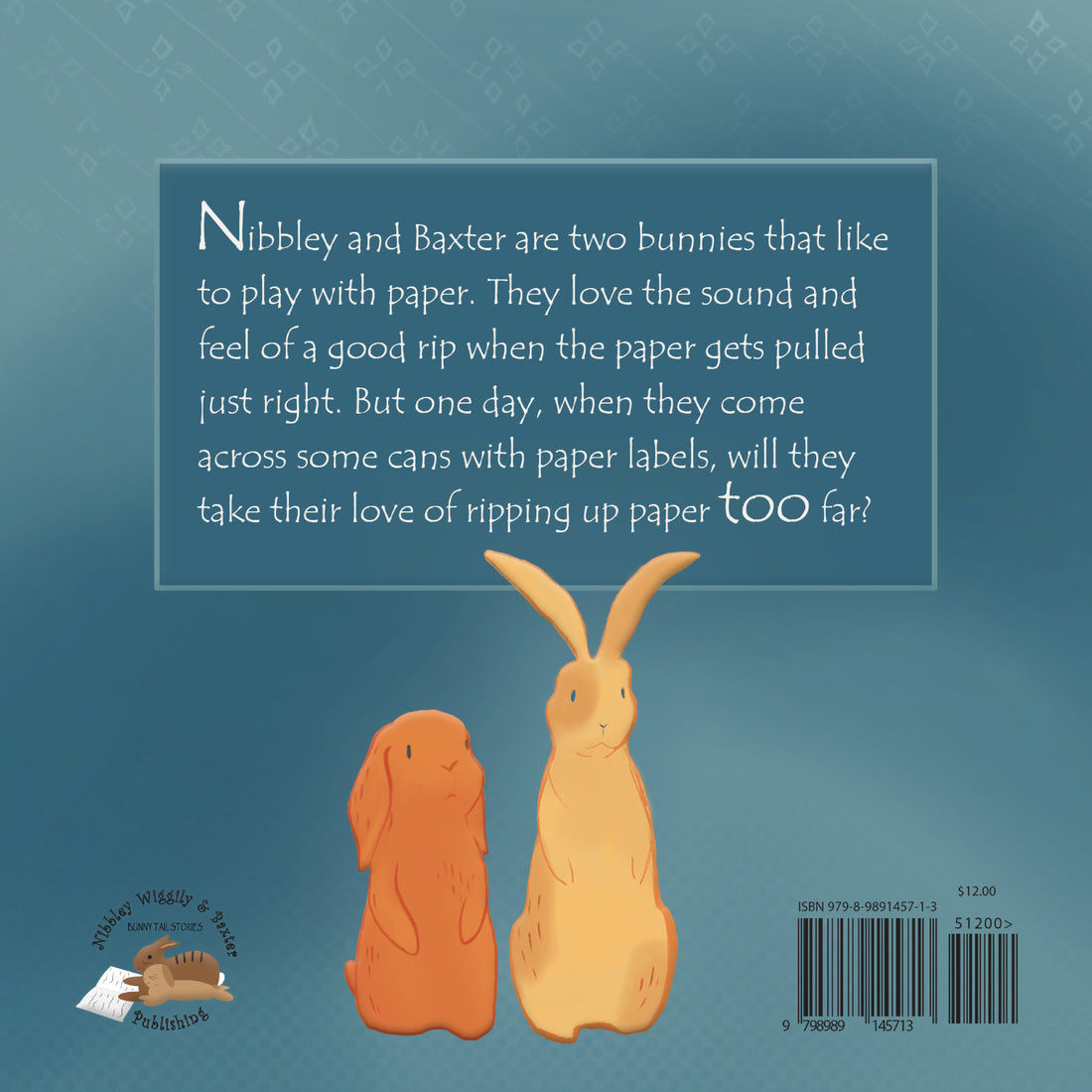


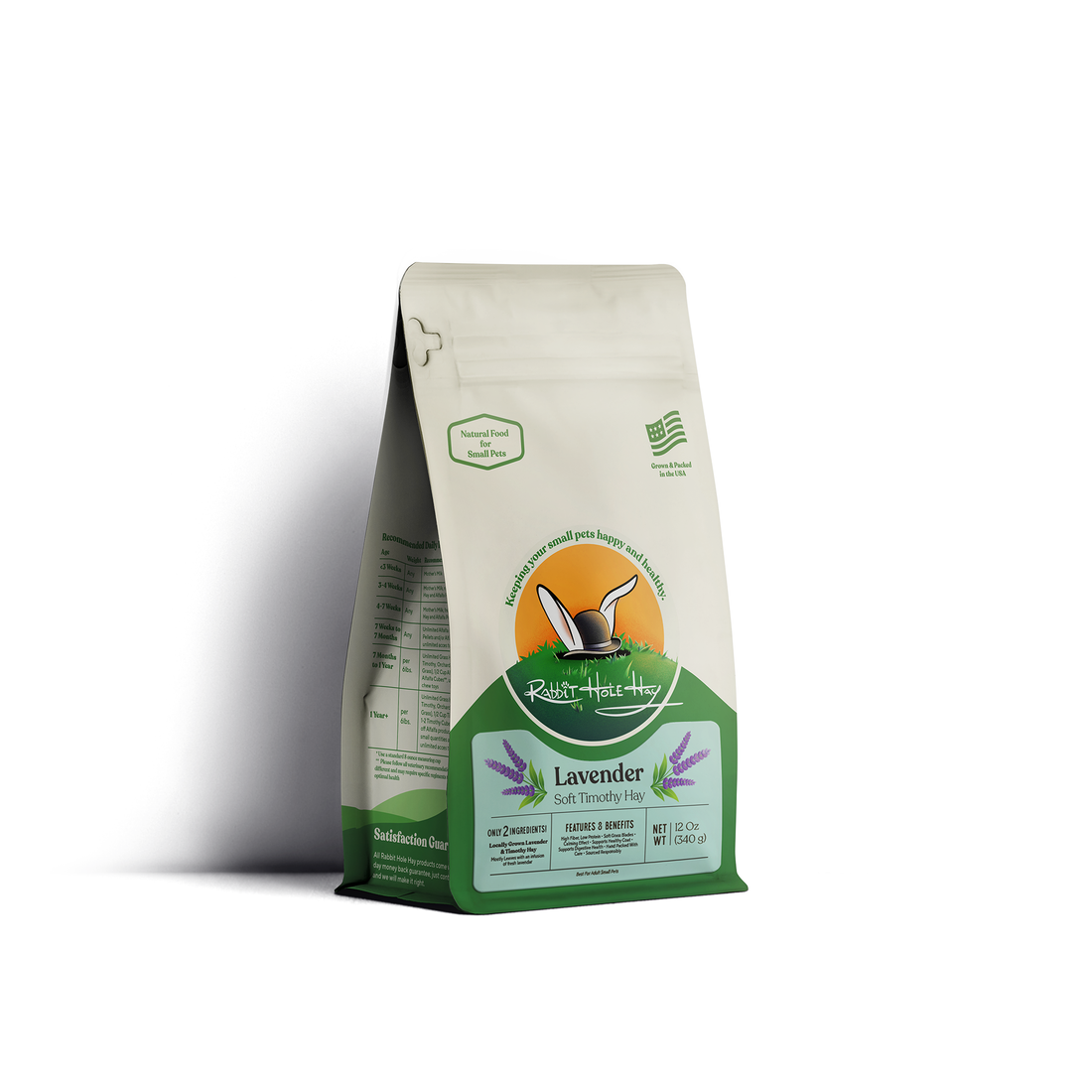
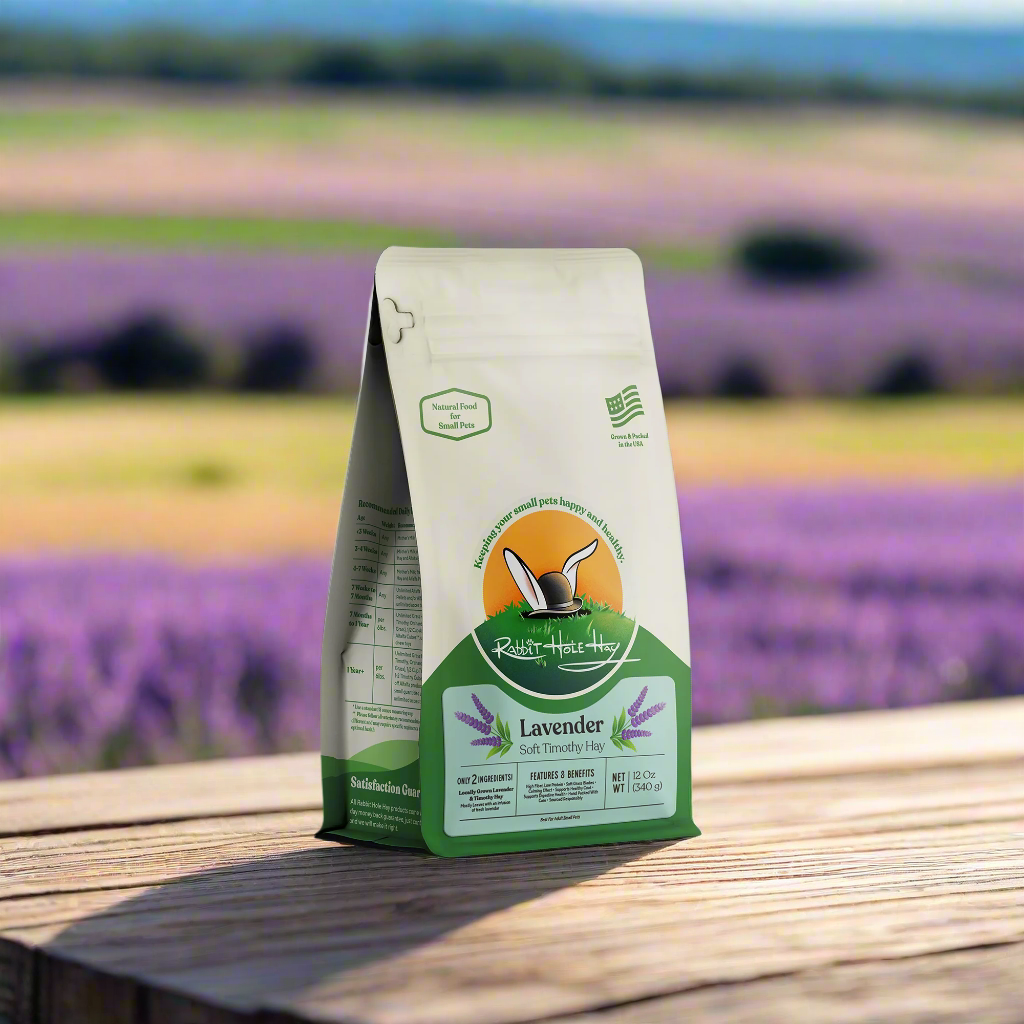
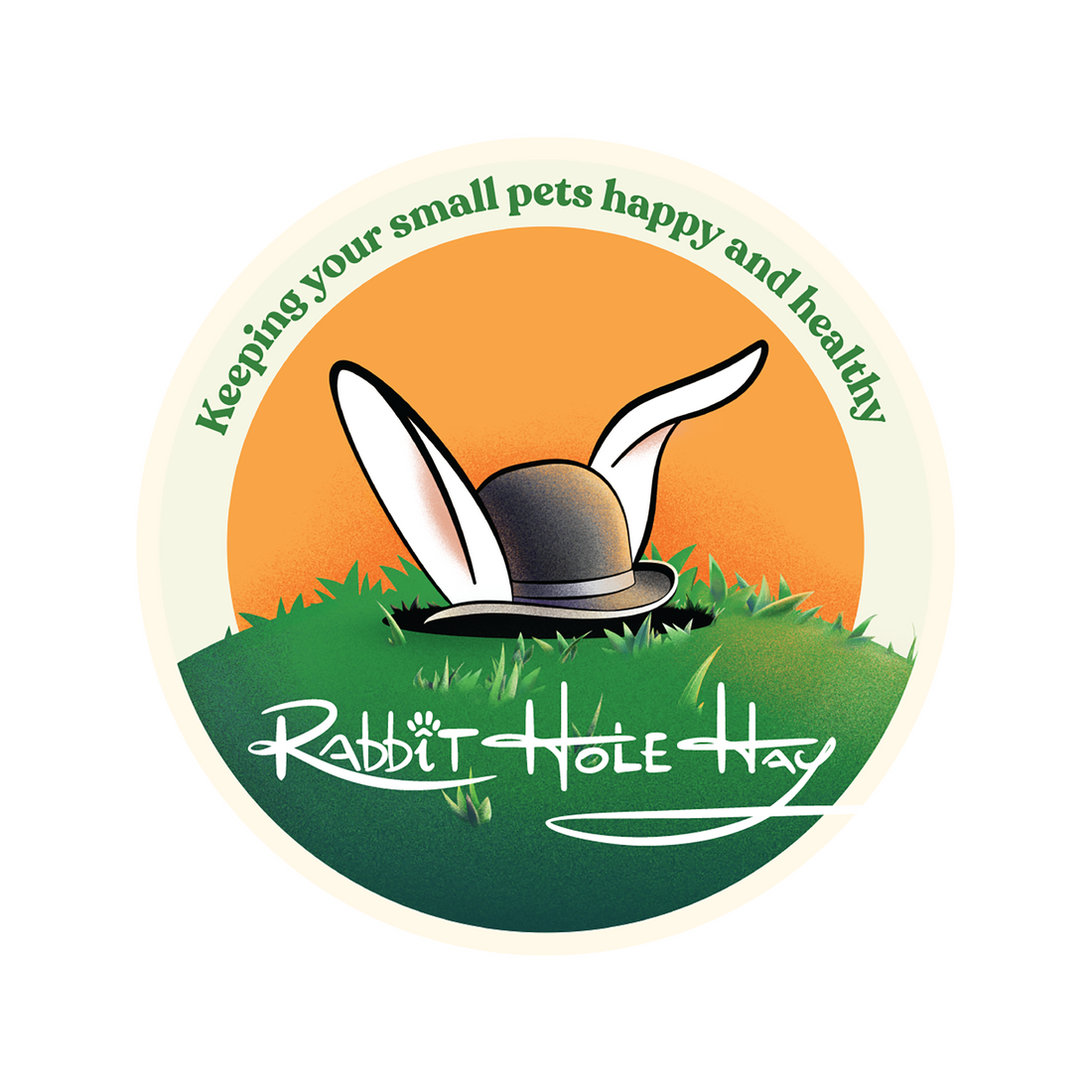
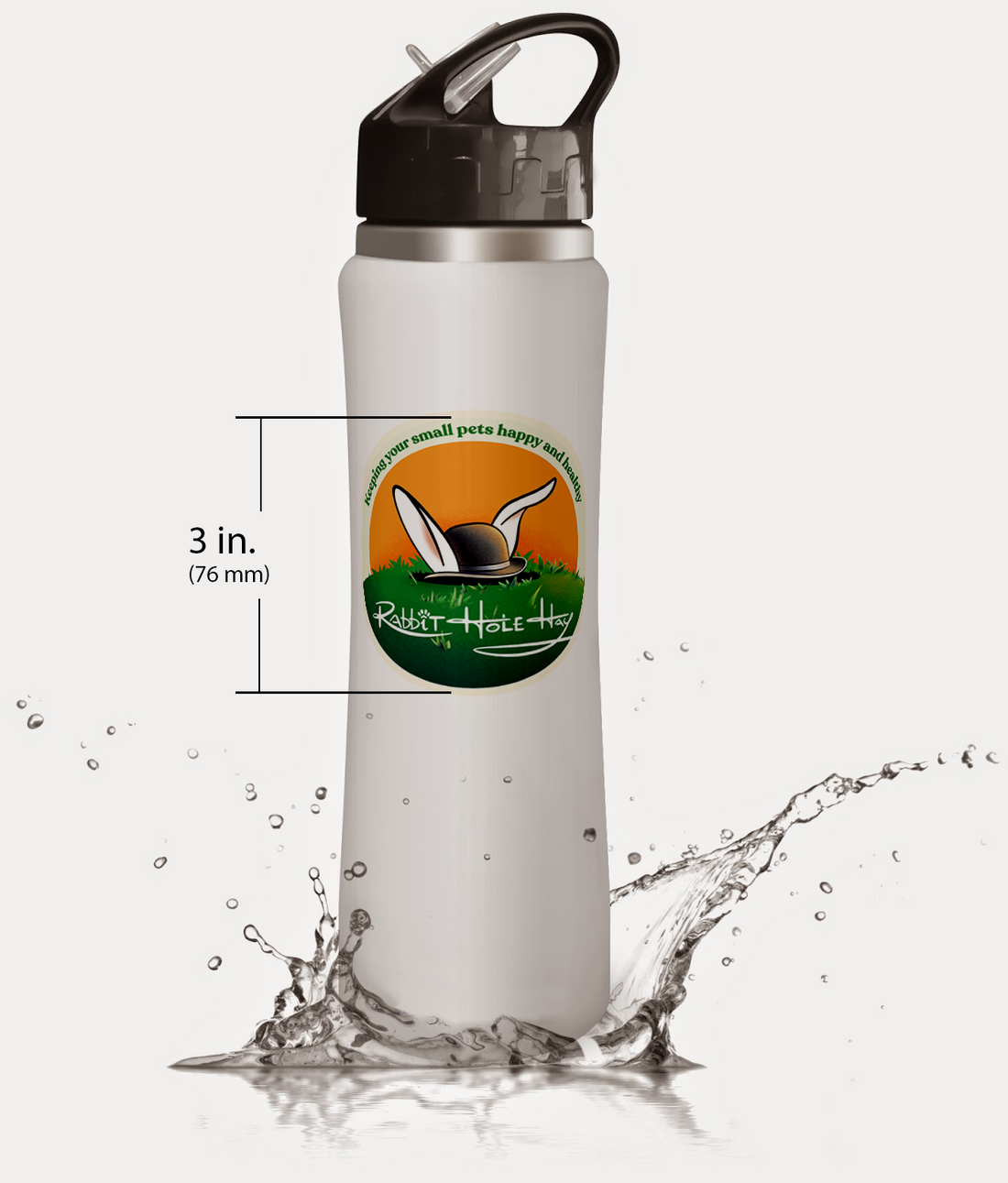







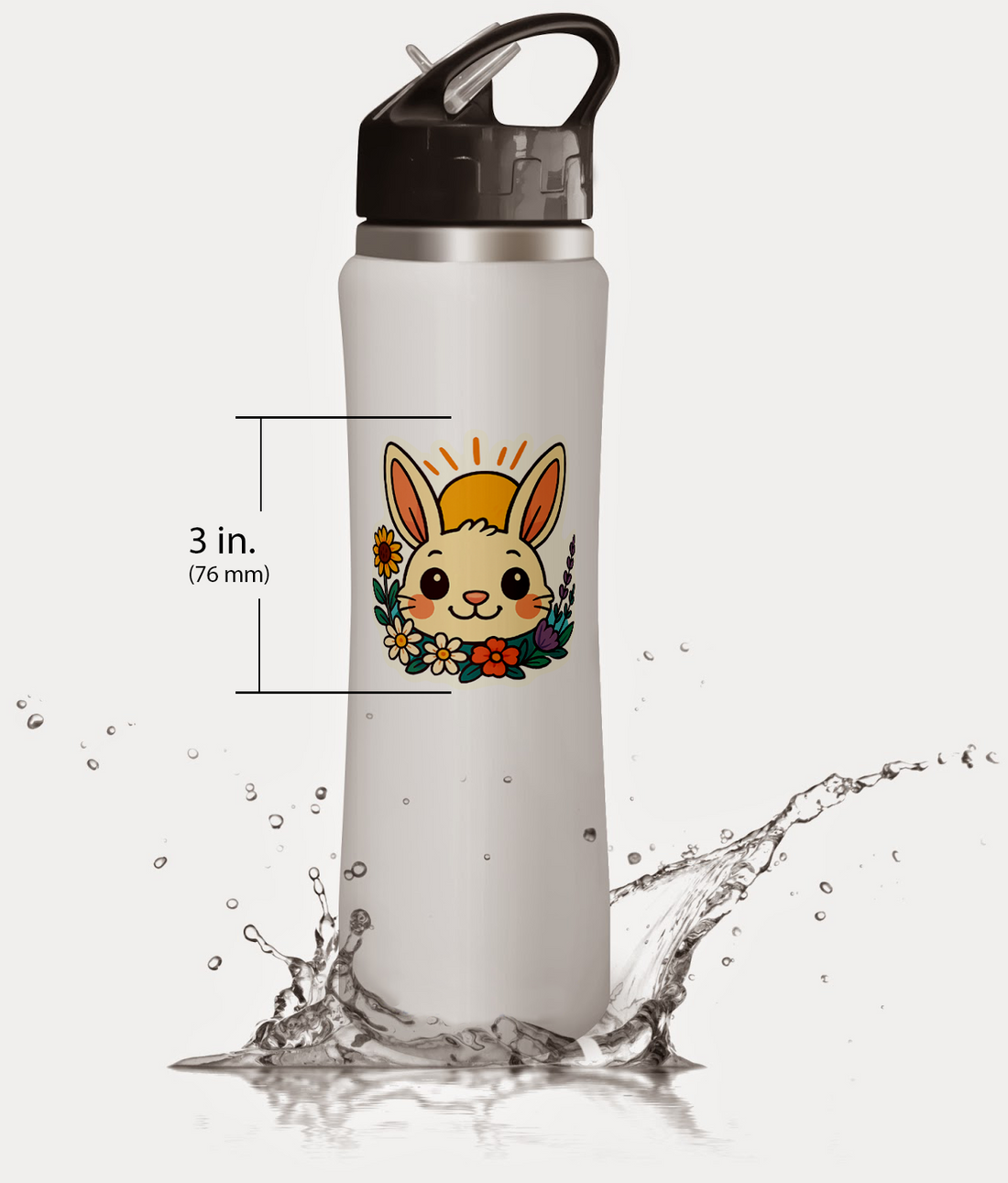

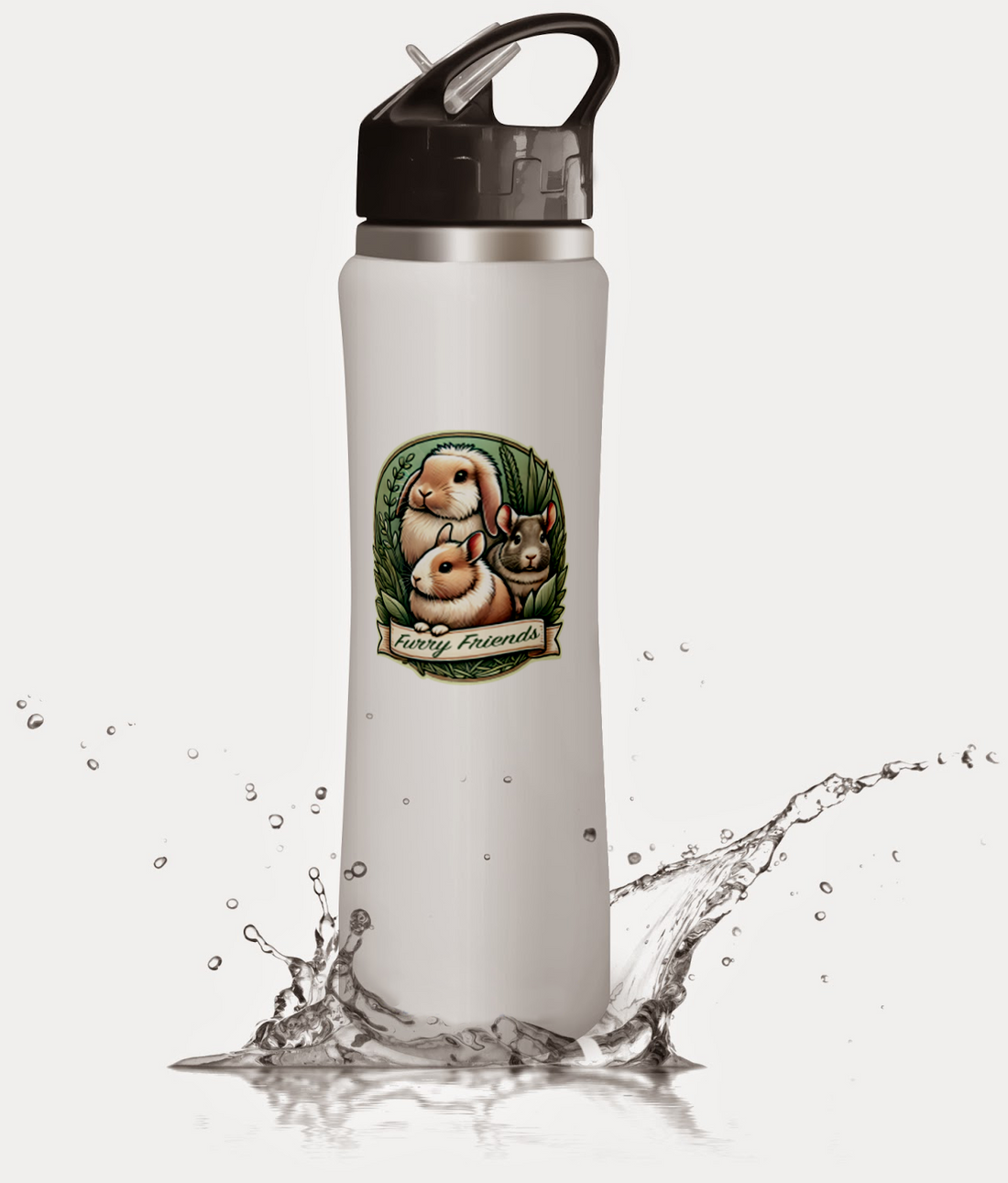

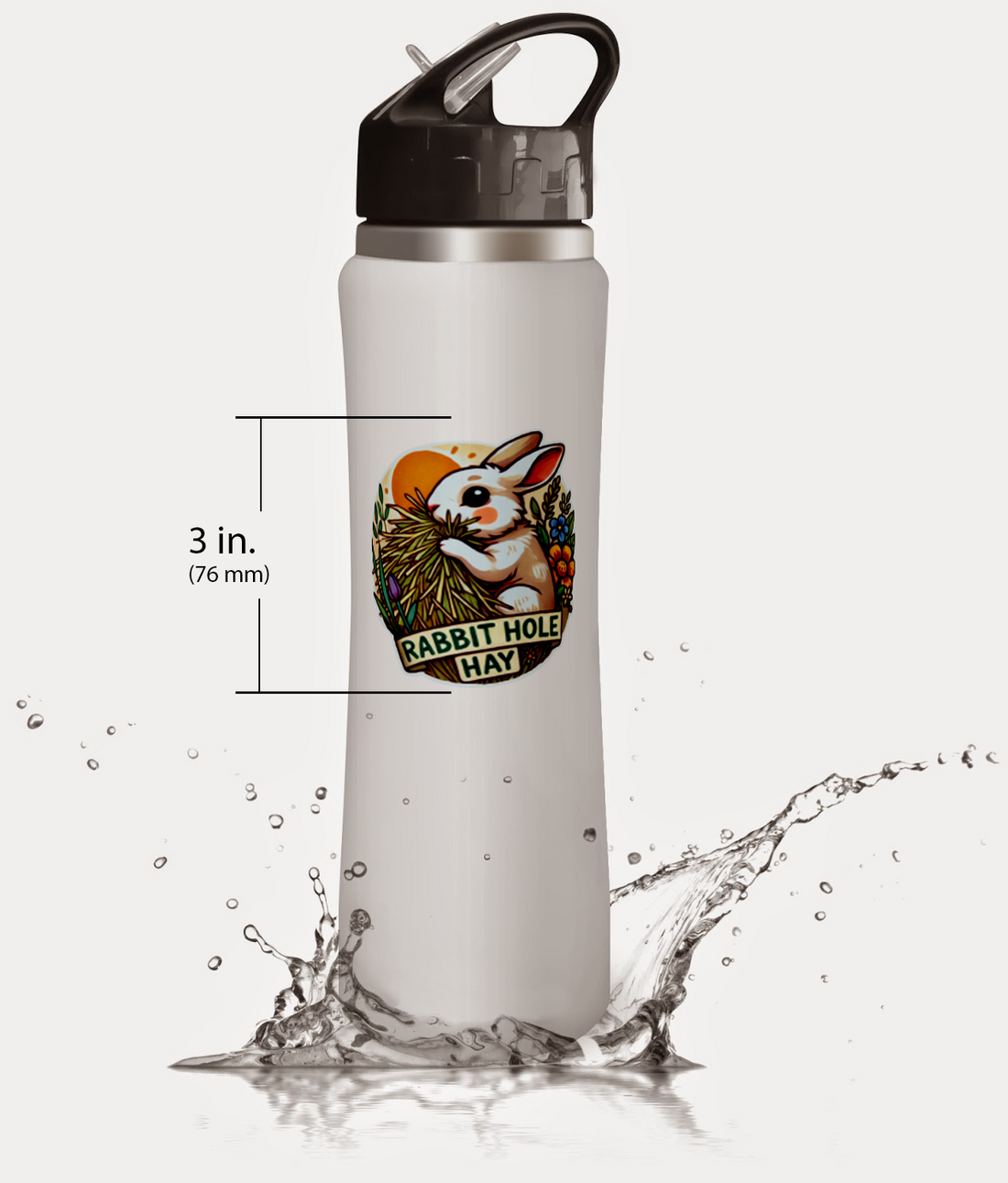
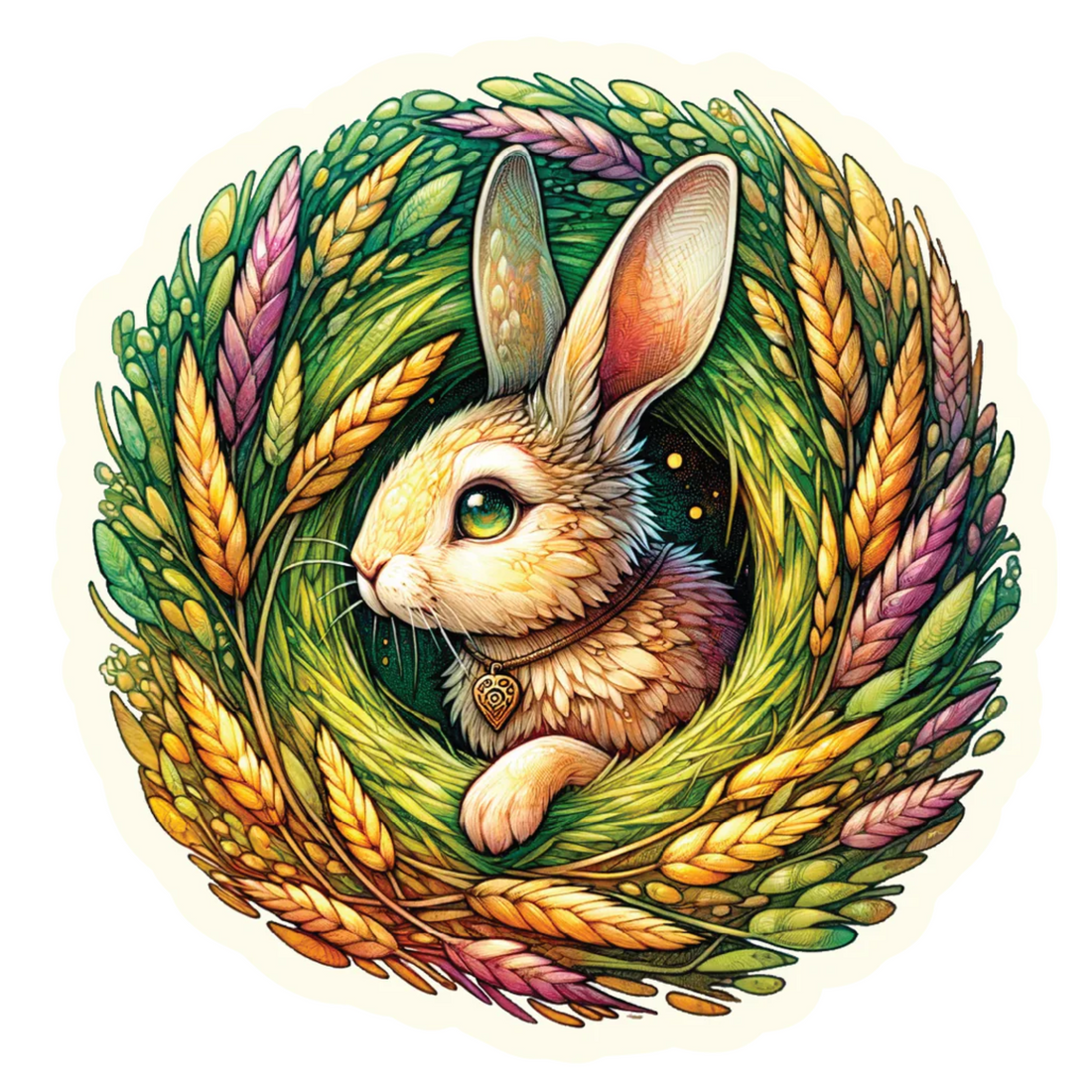


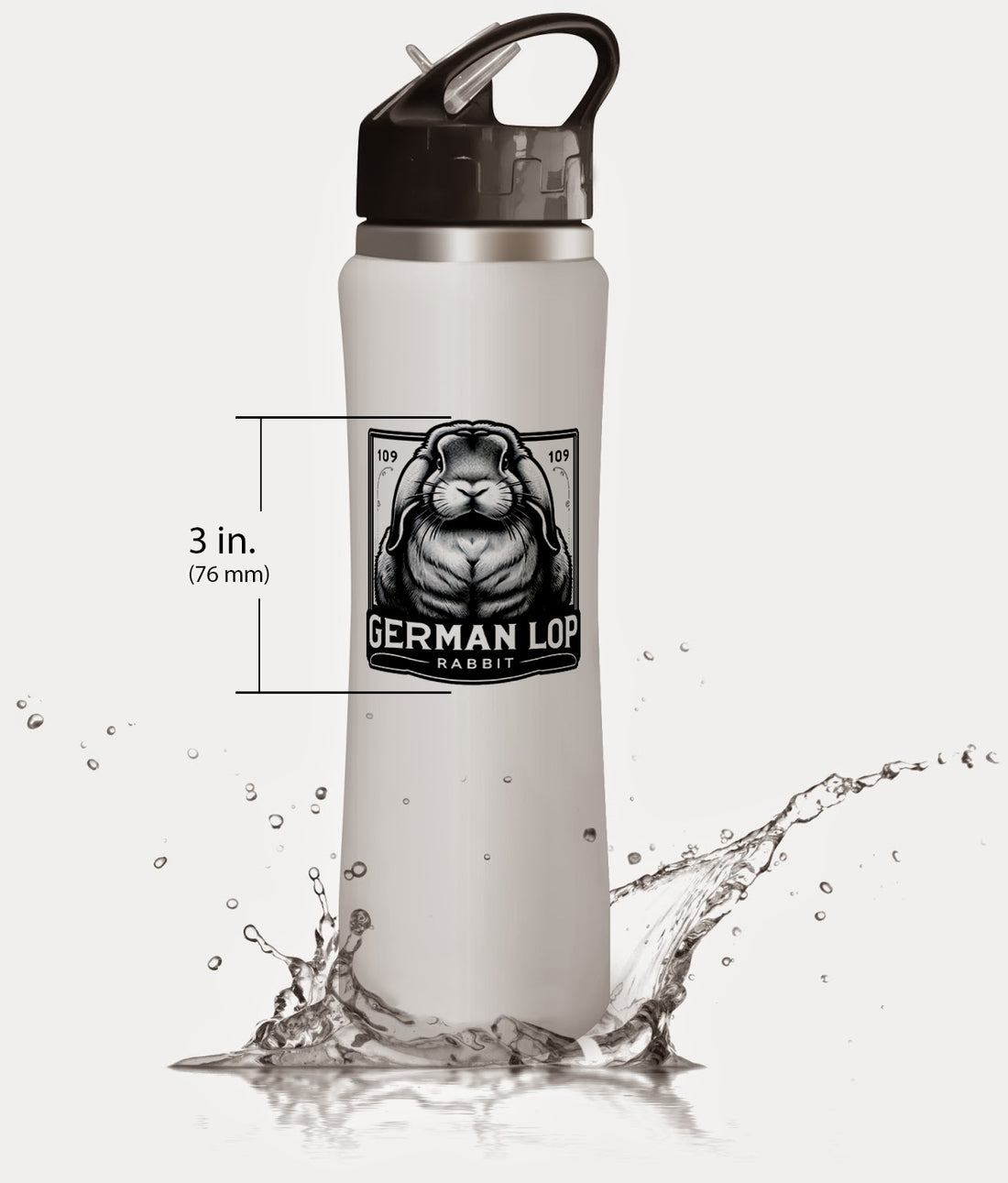


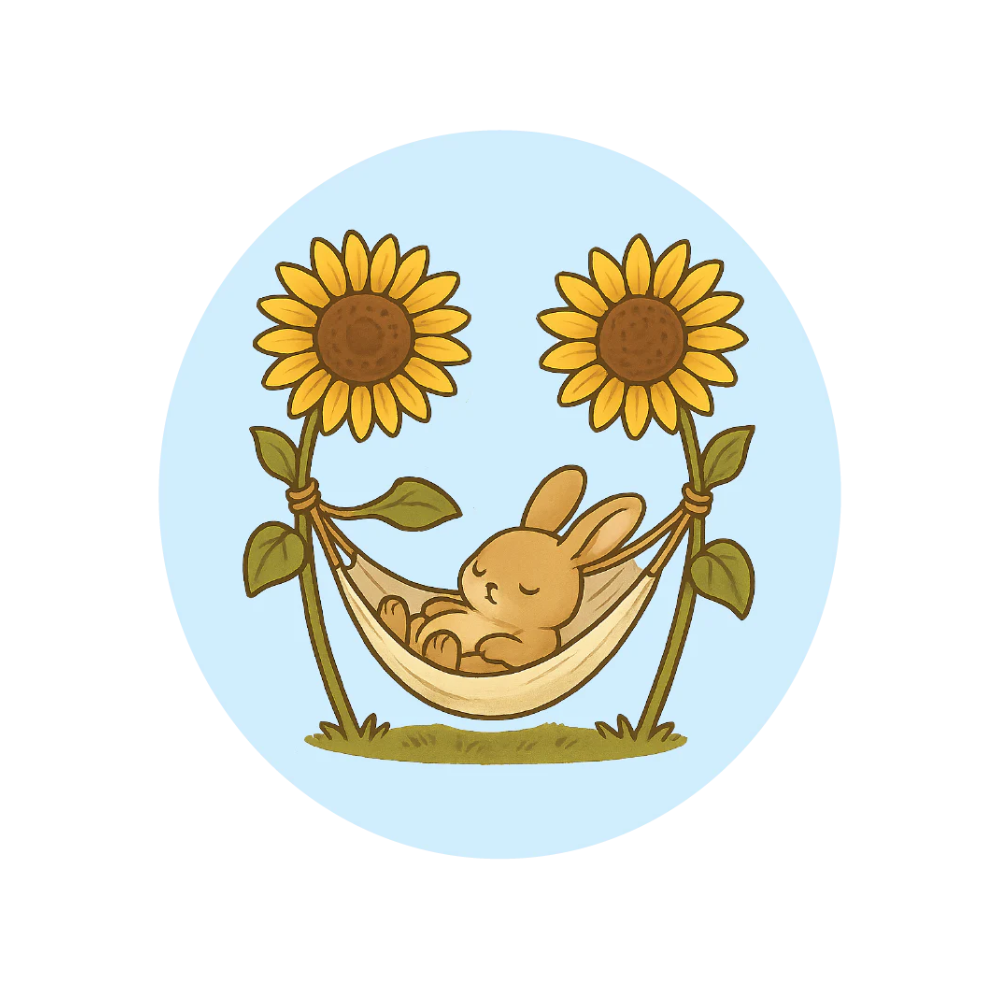







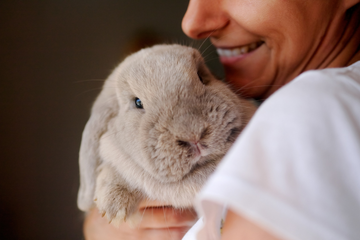
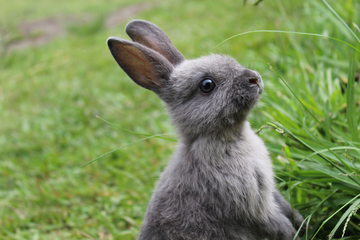
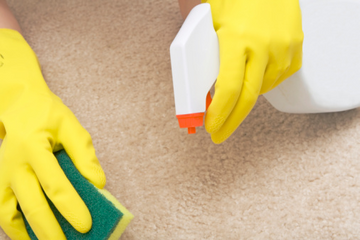


Comments